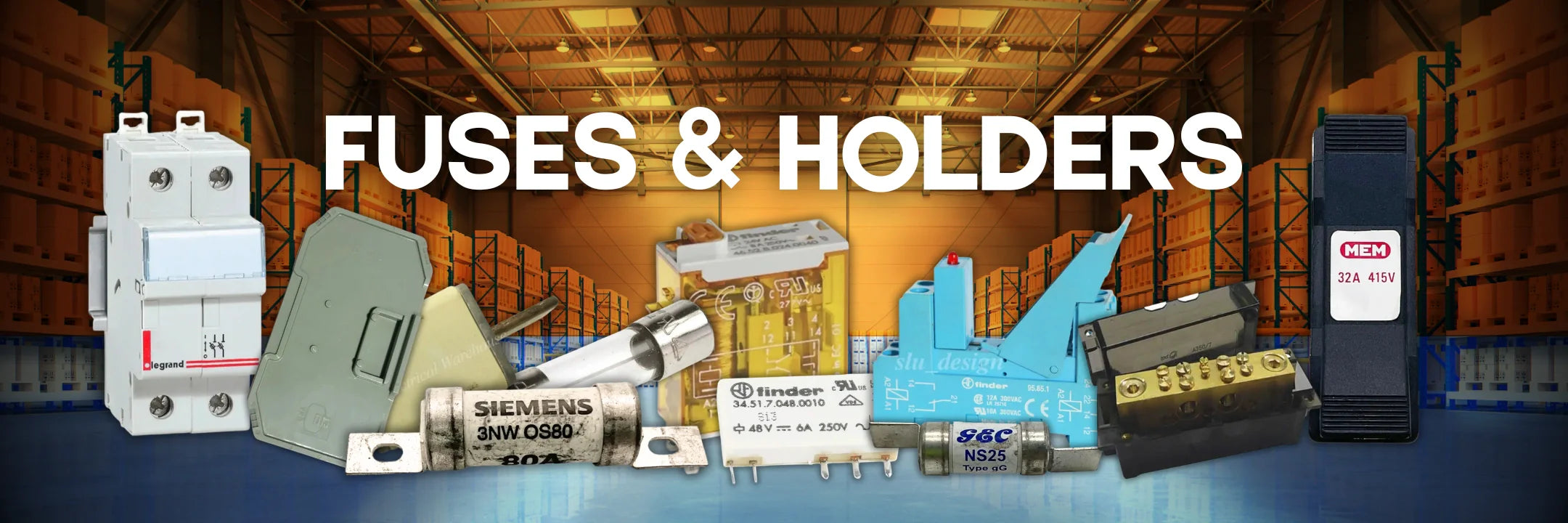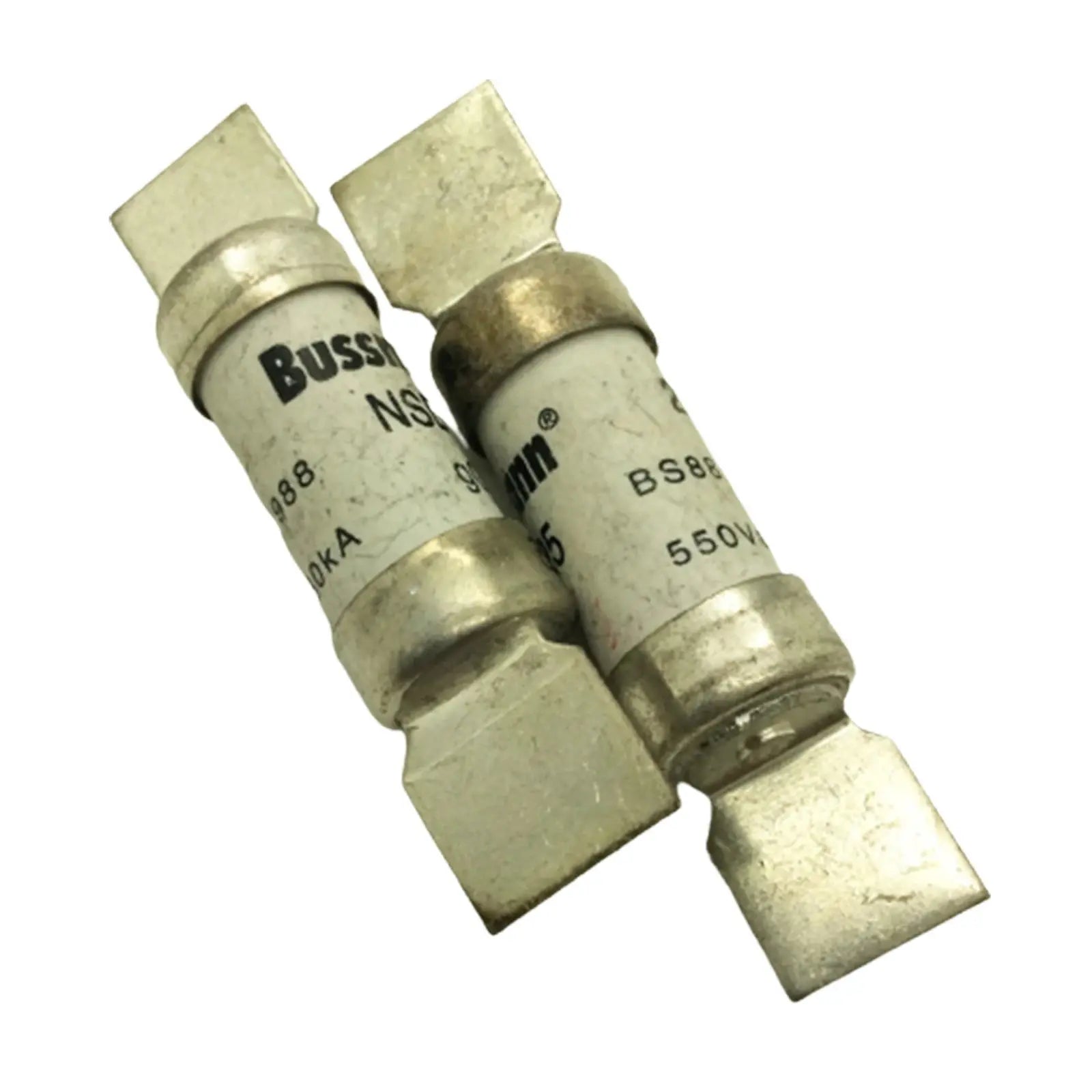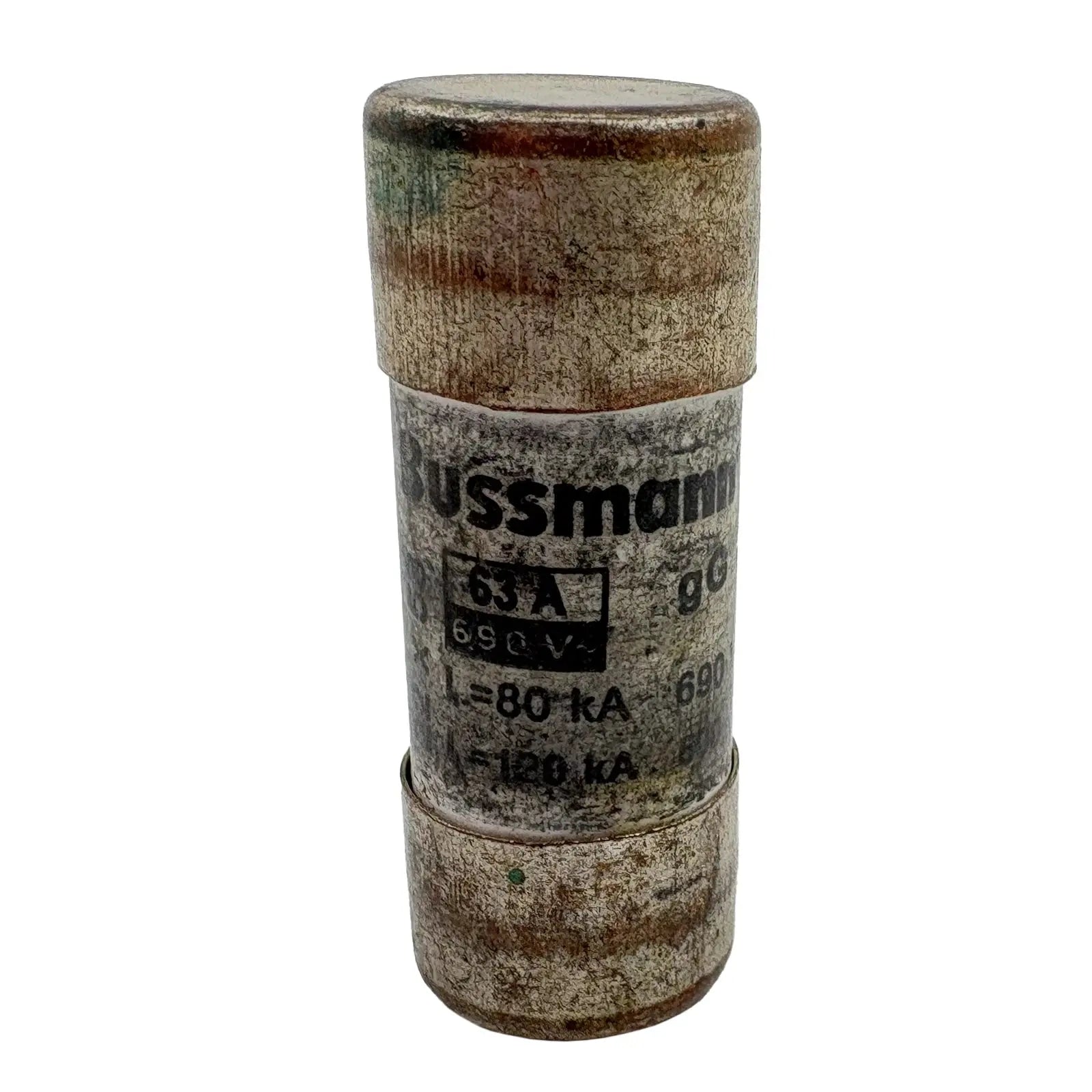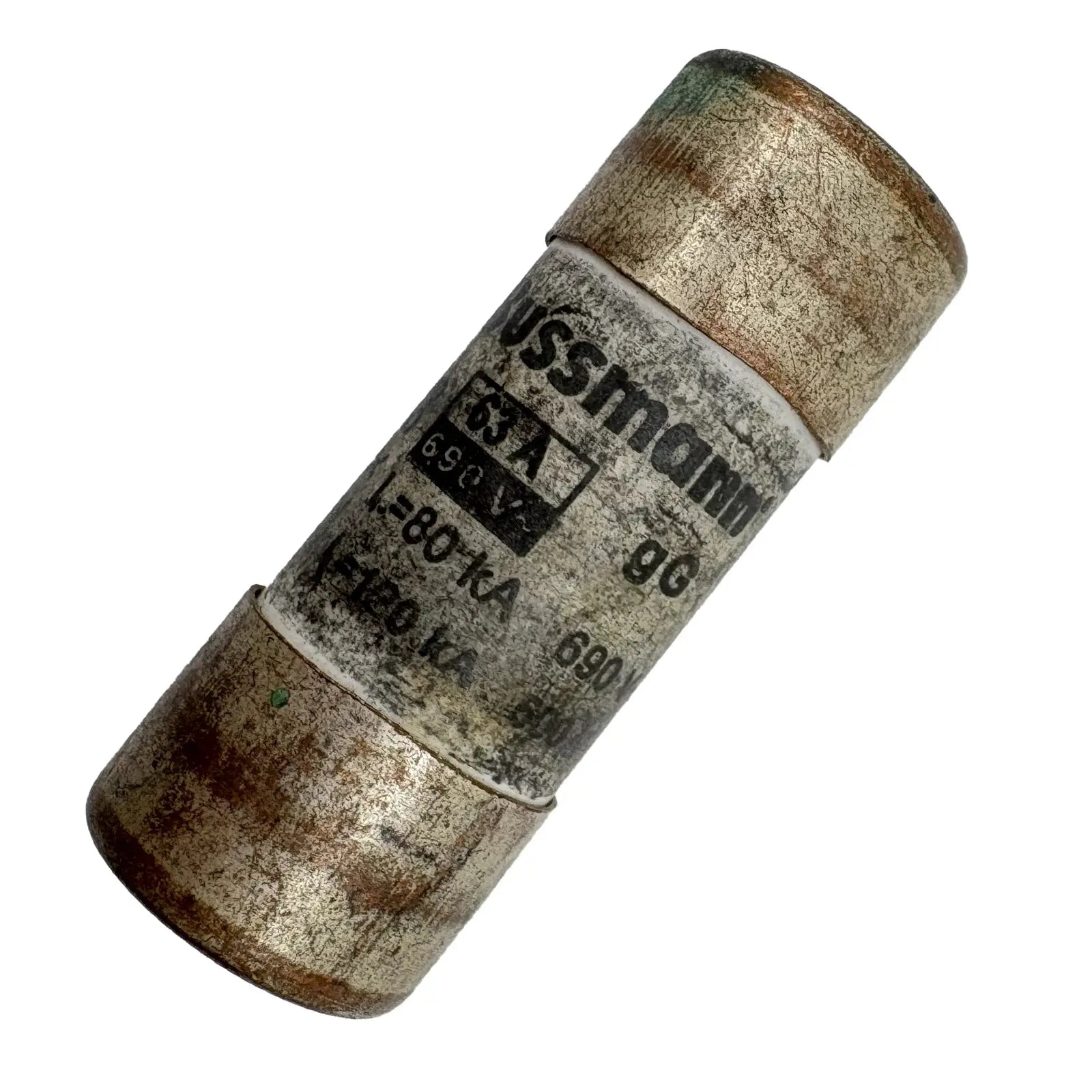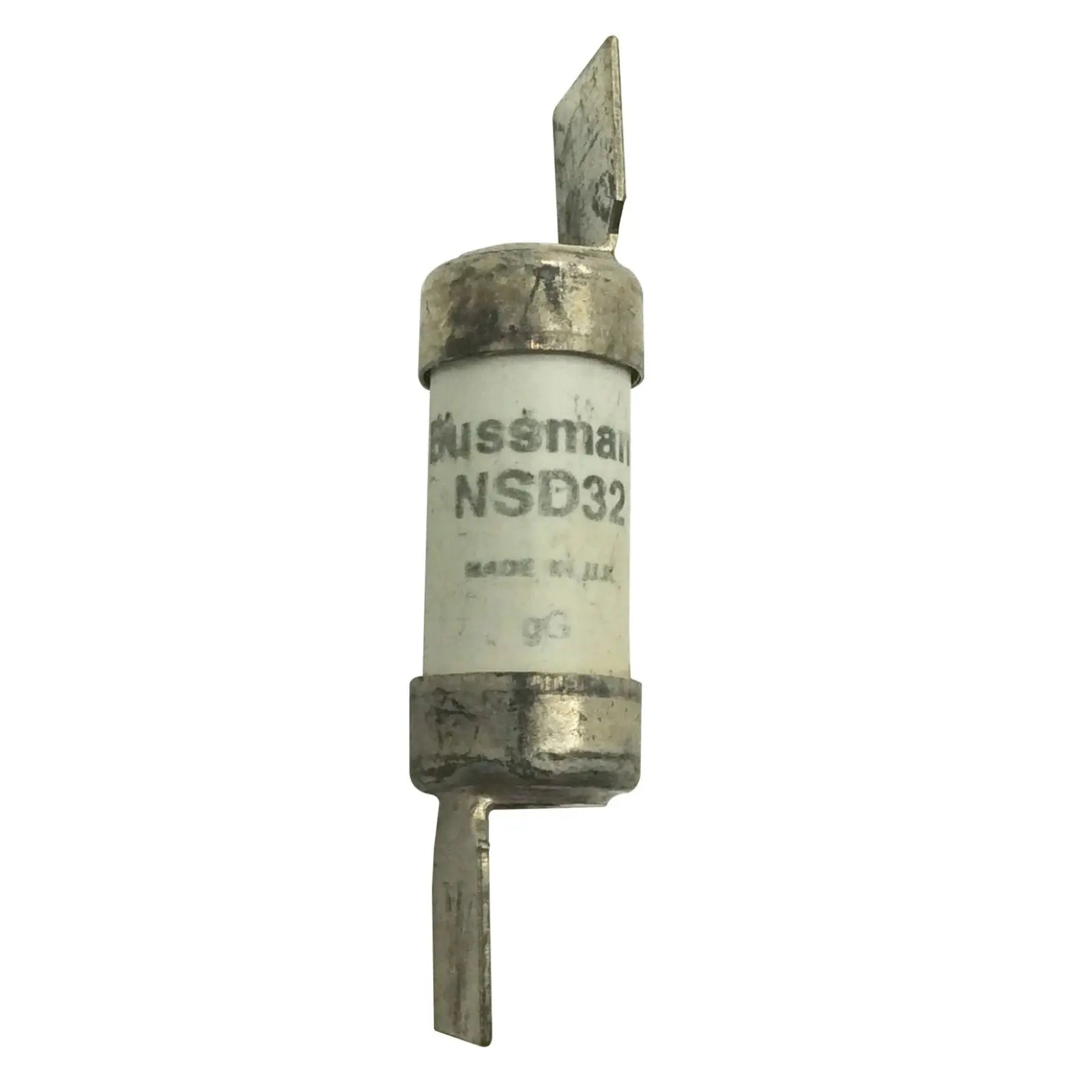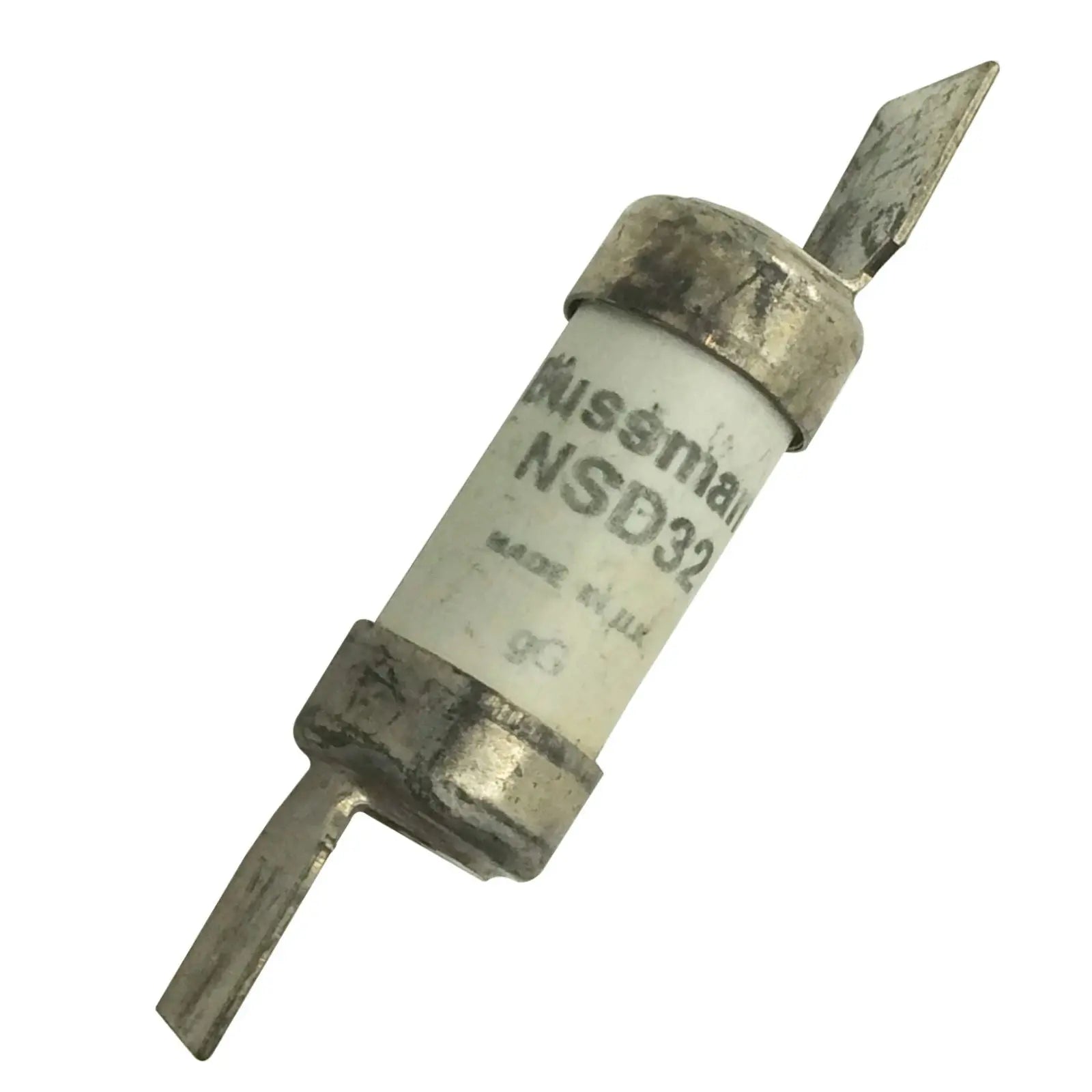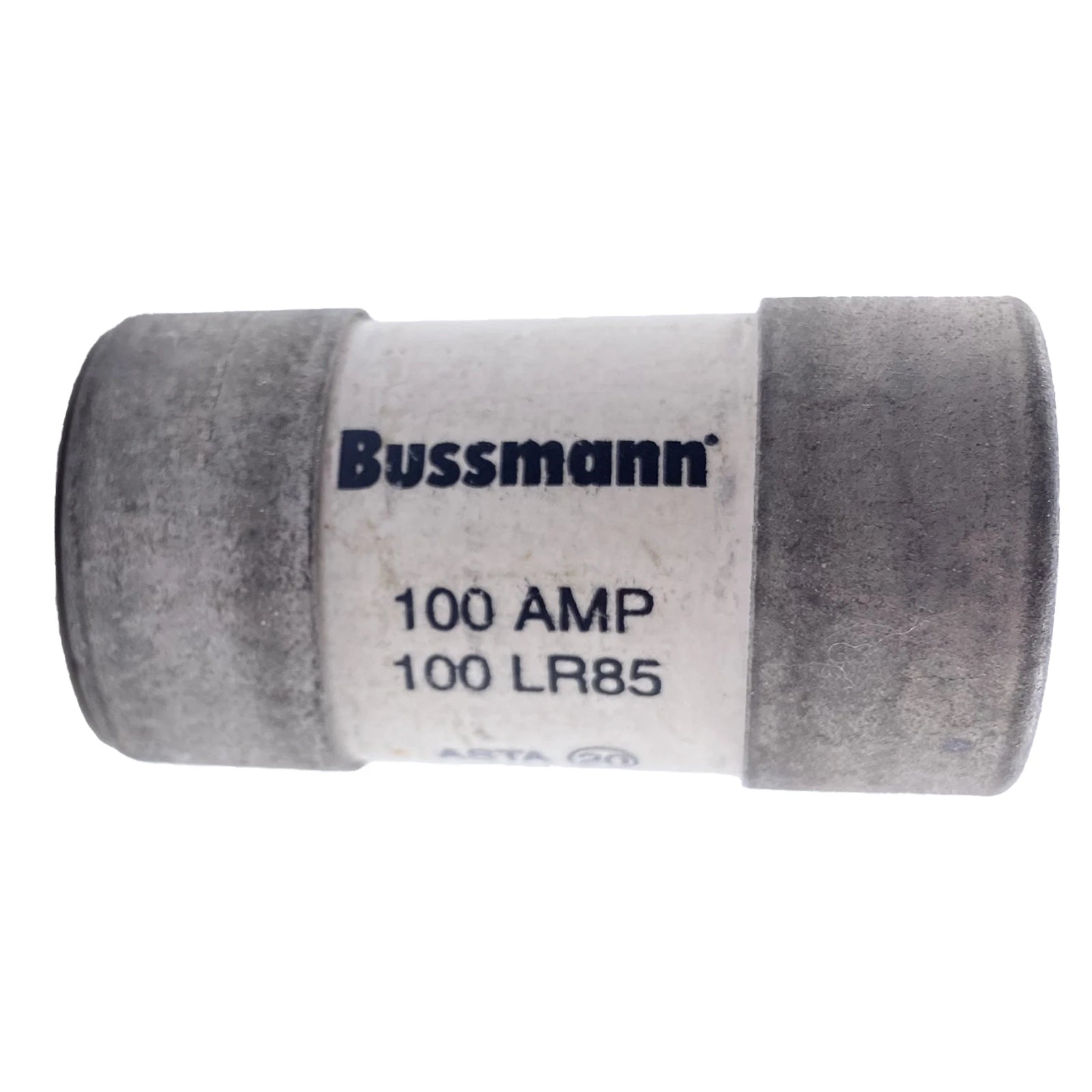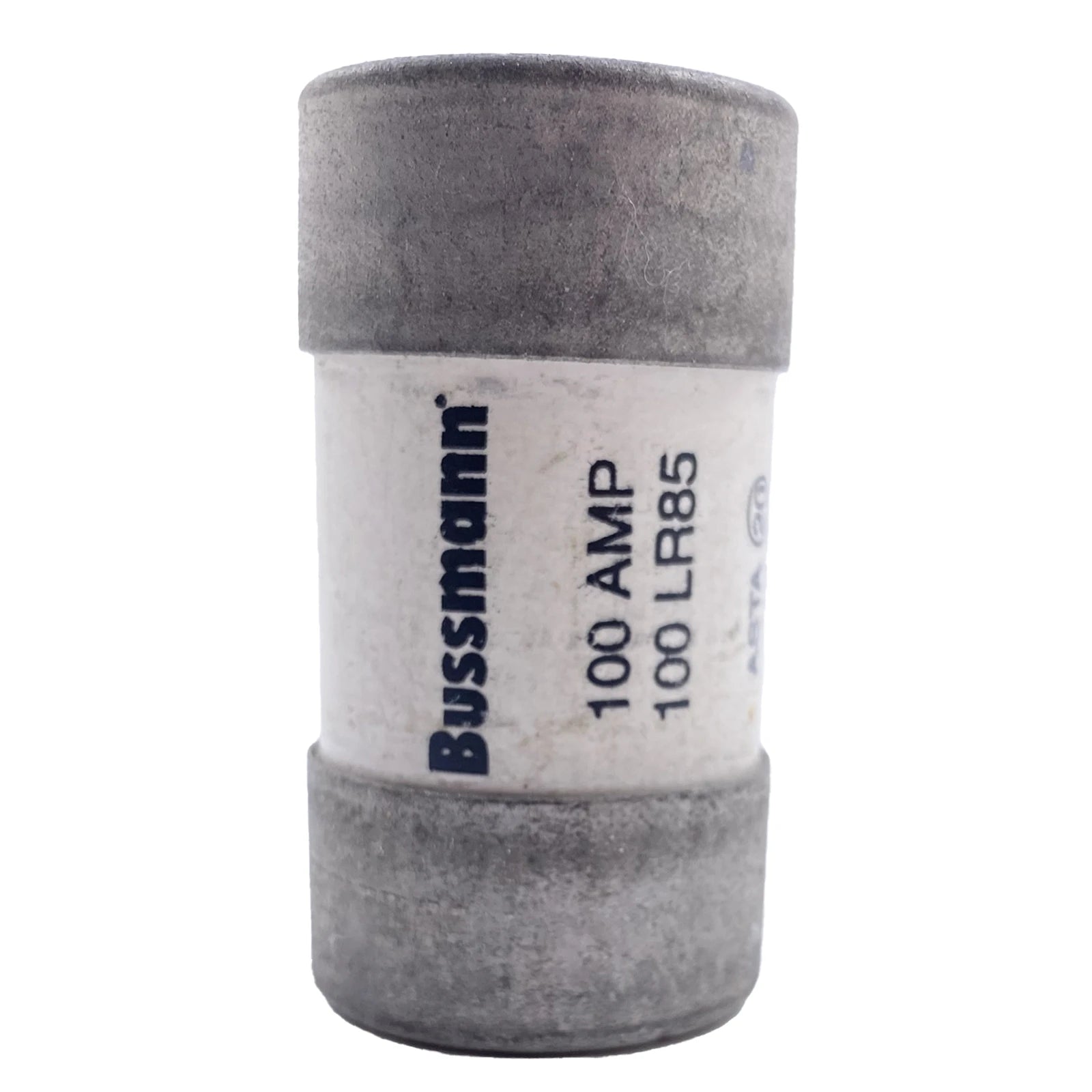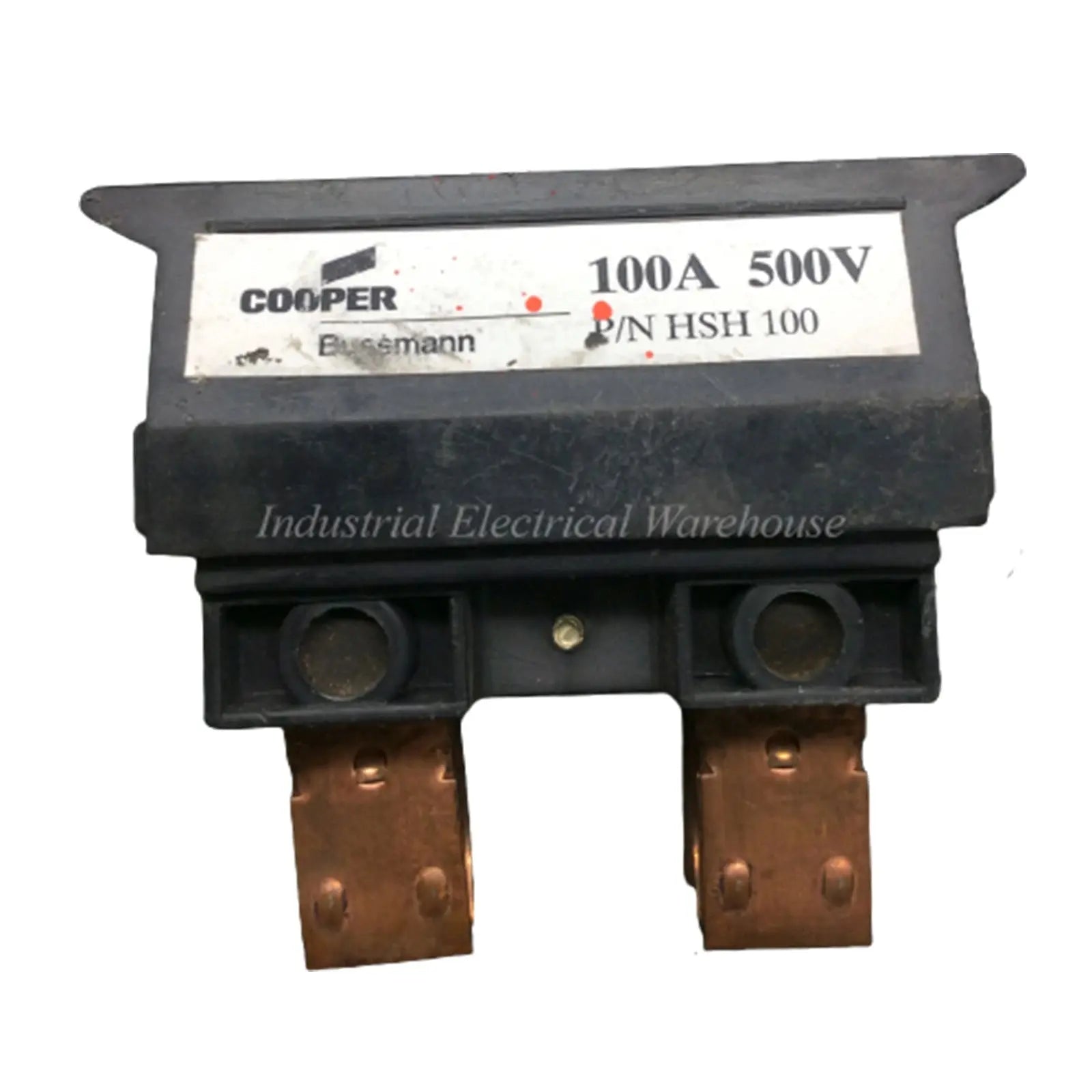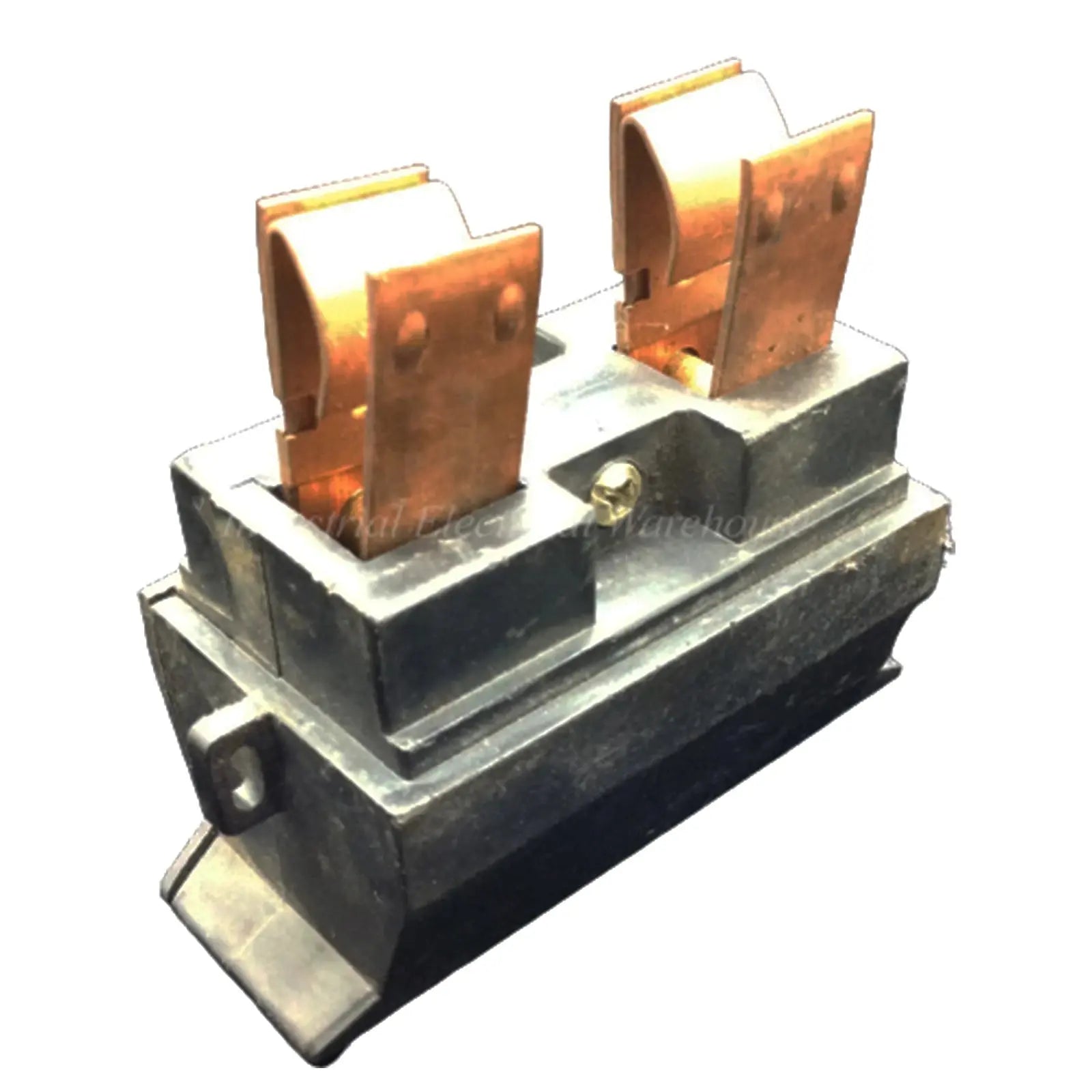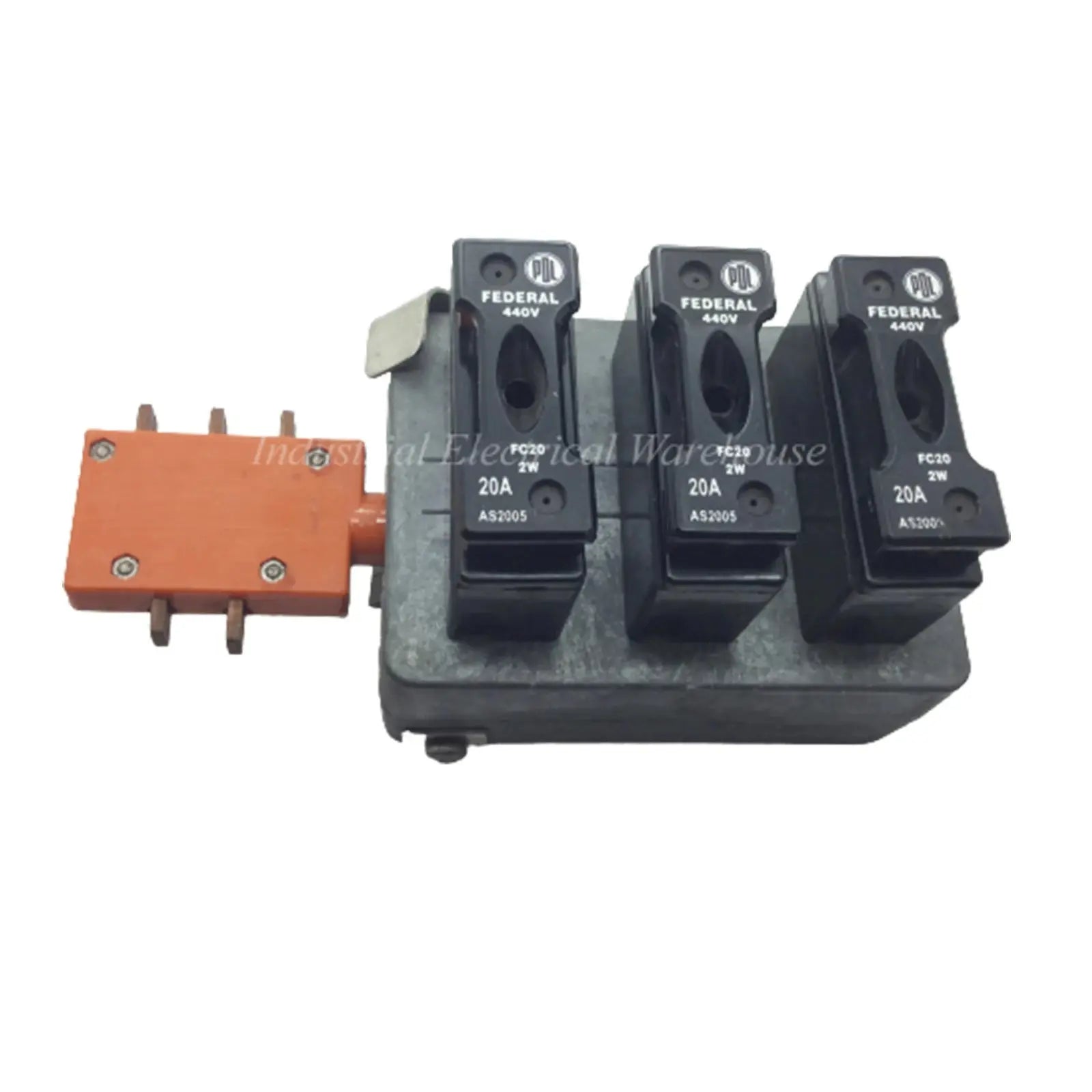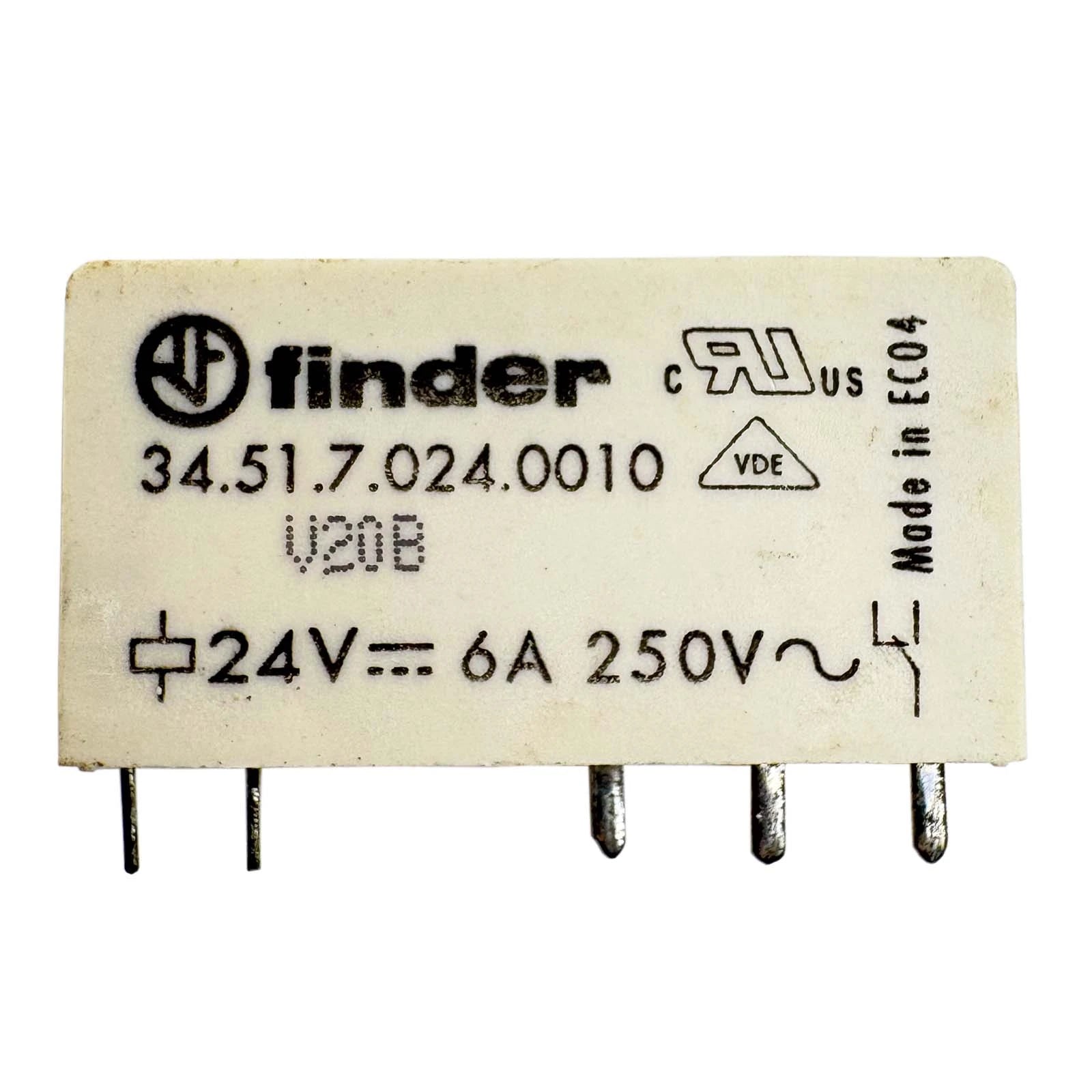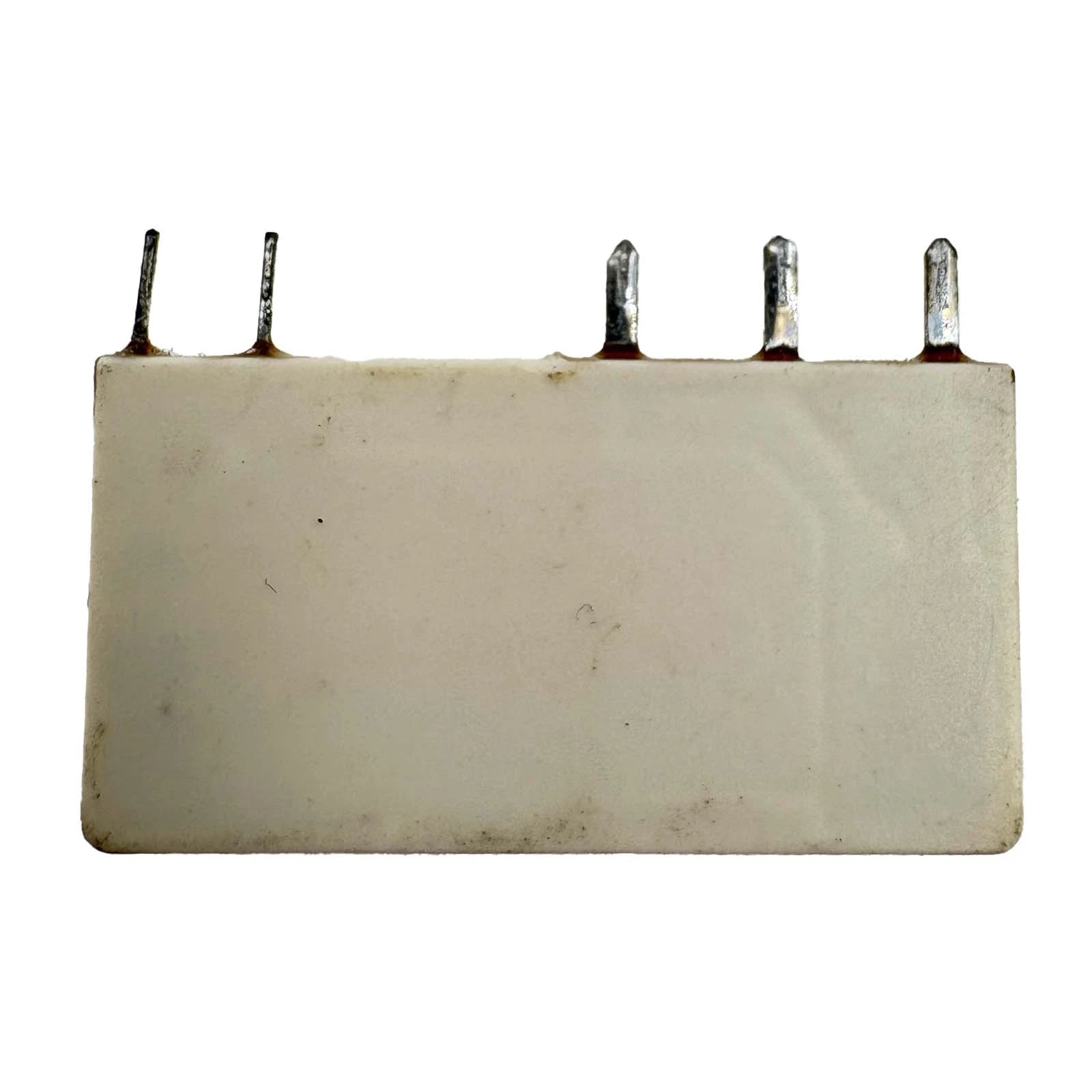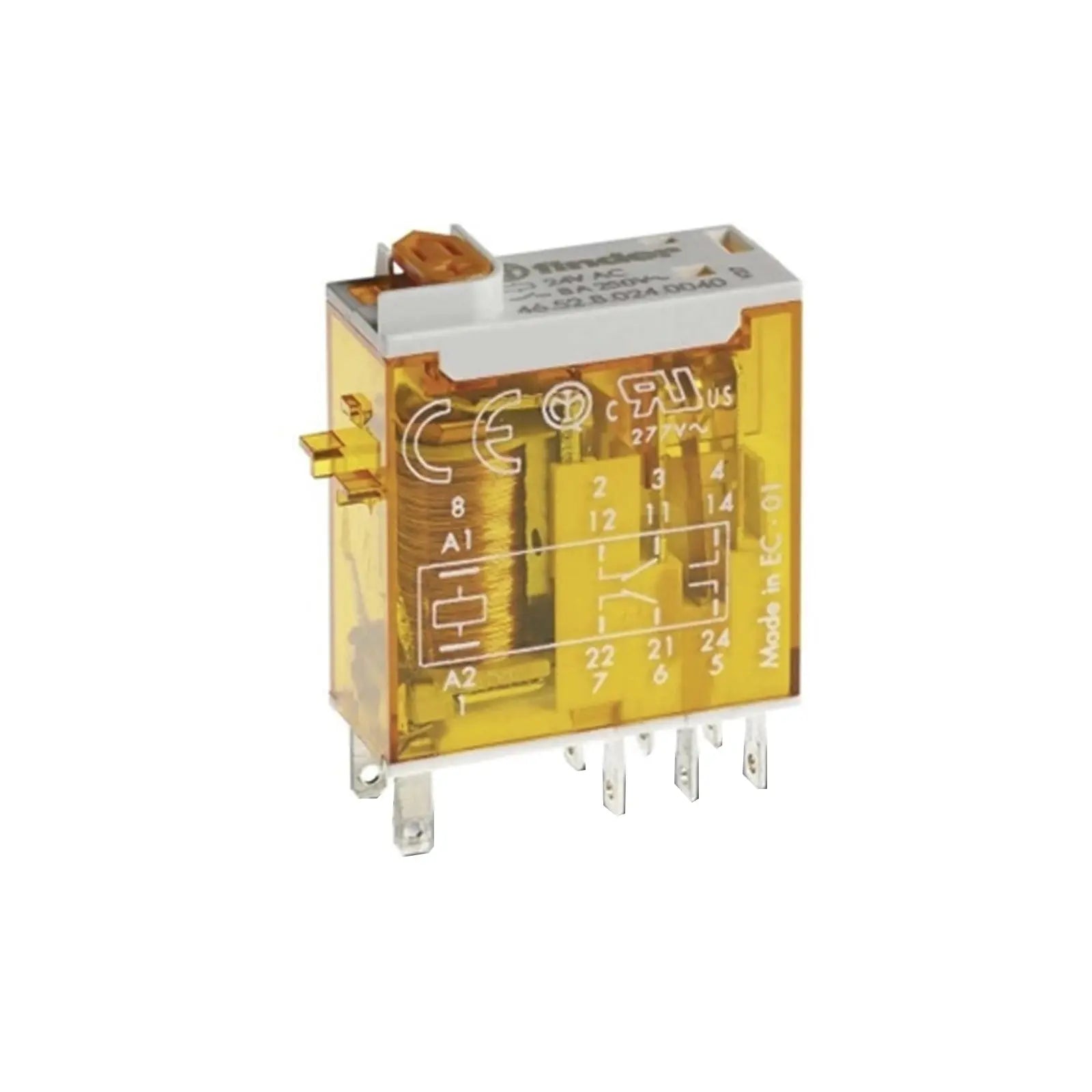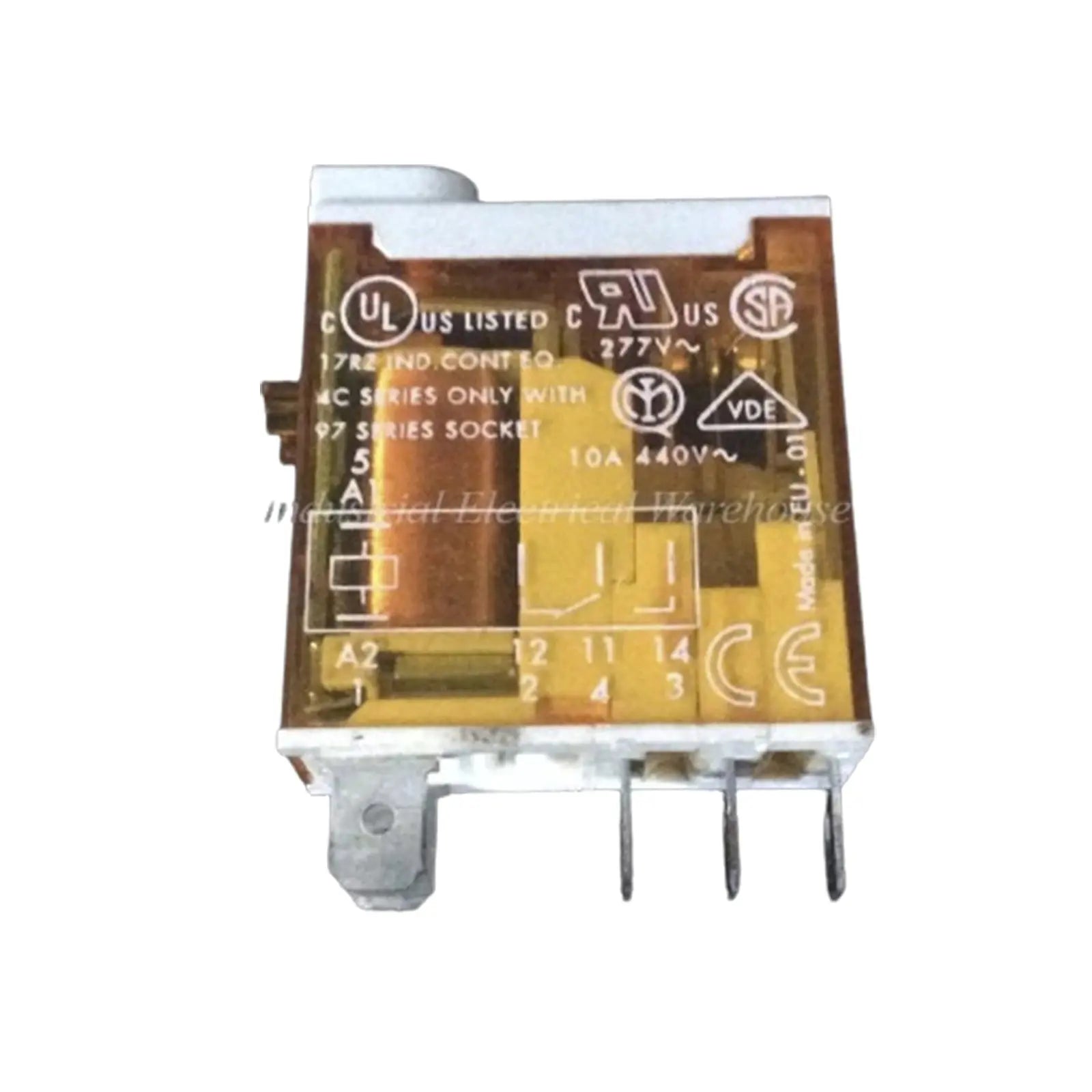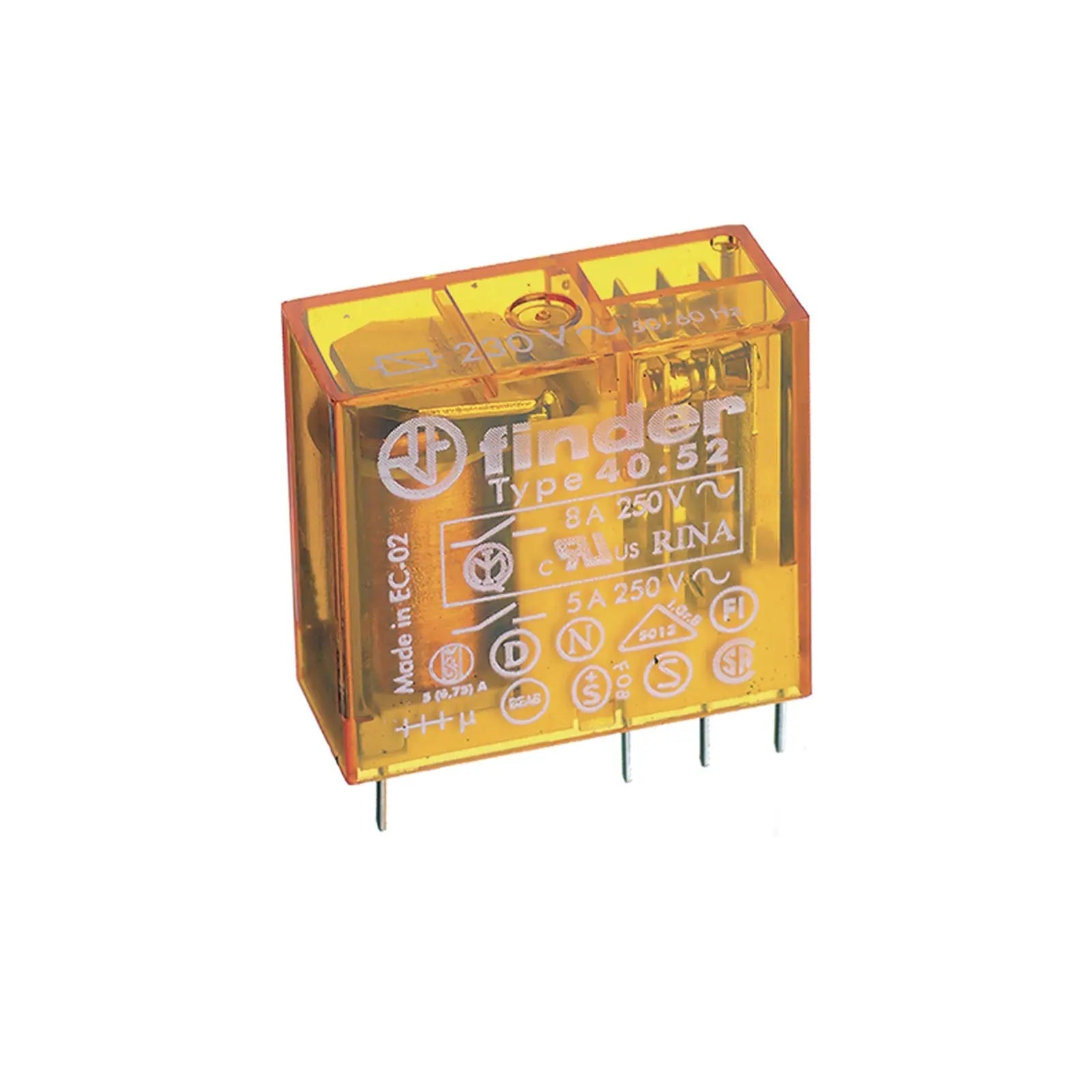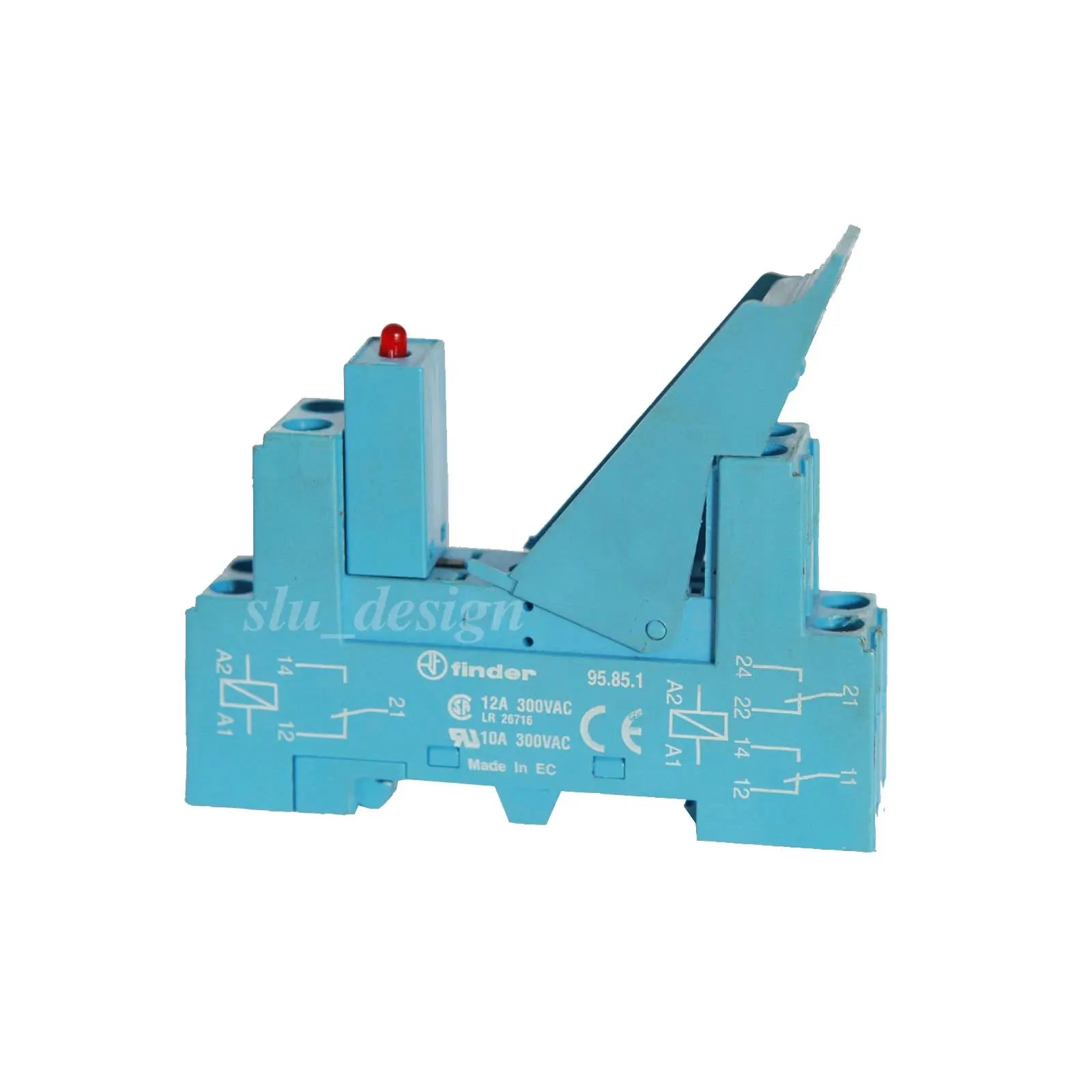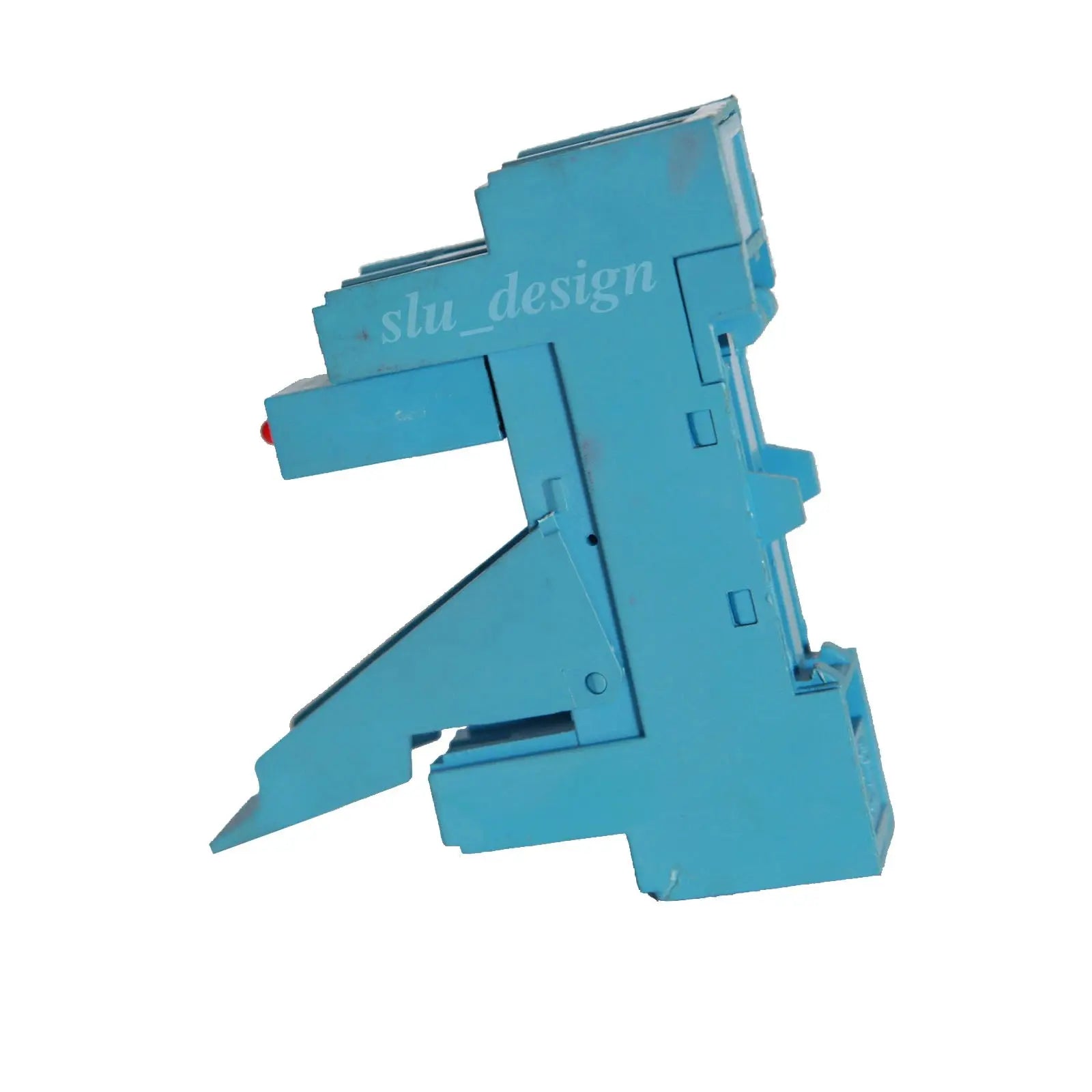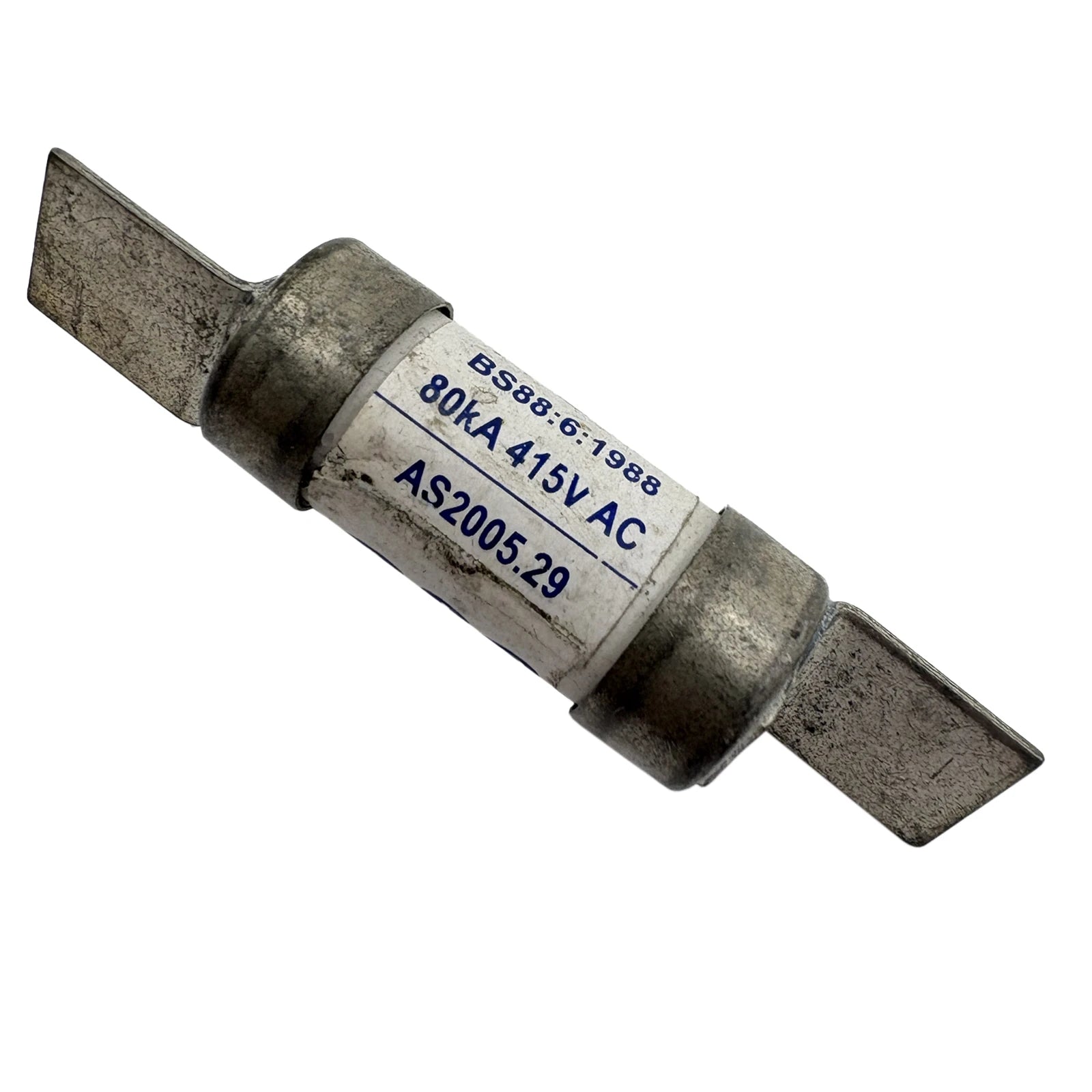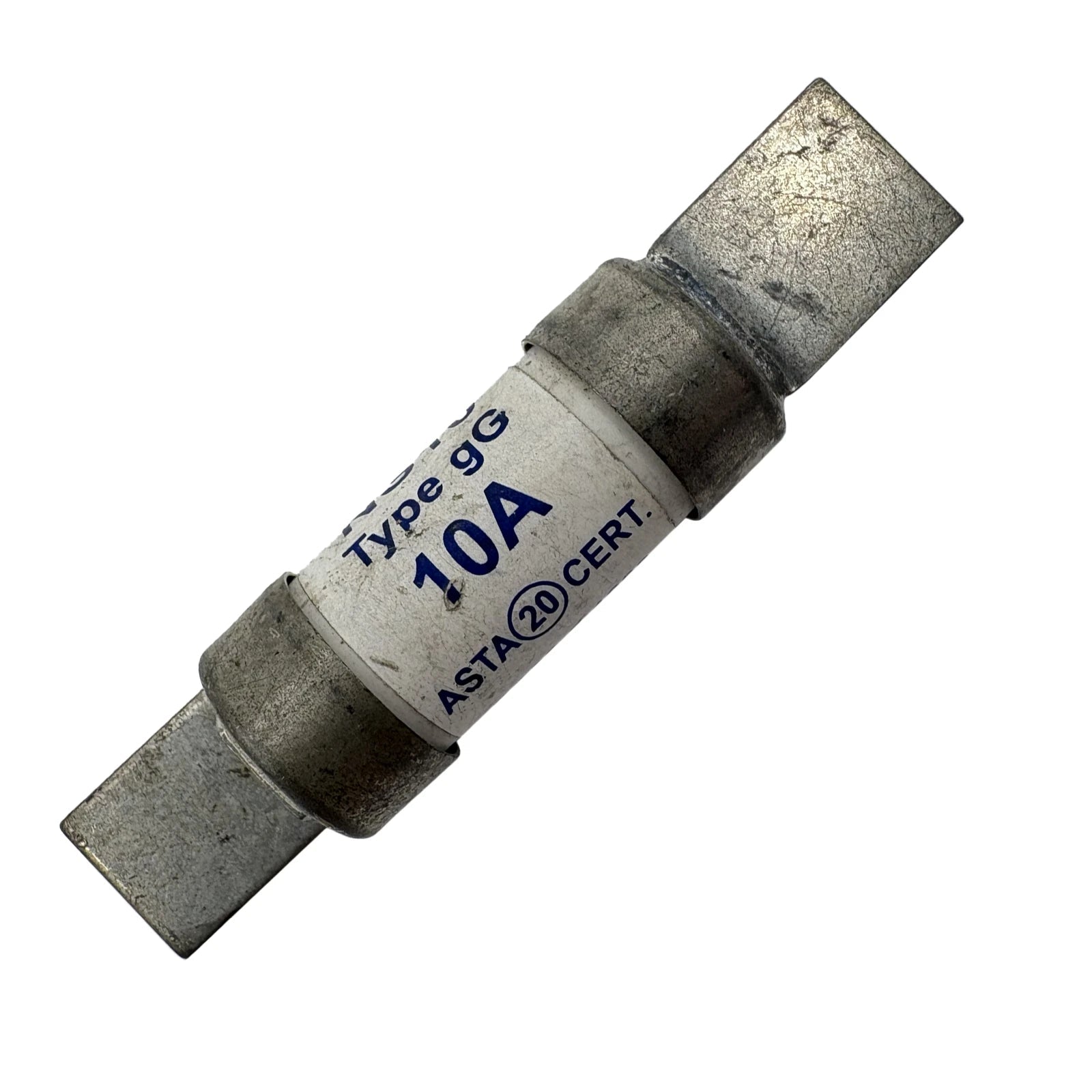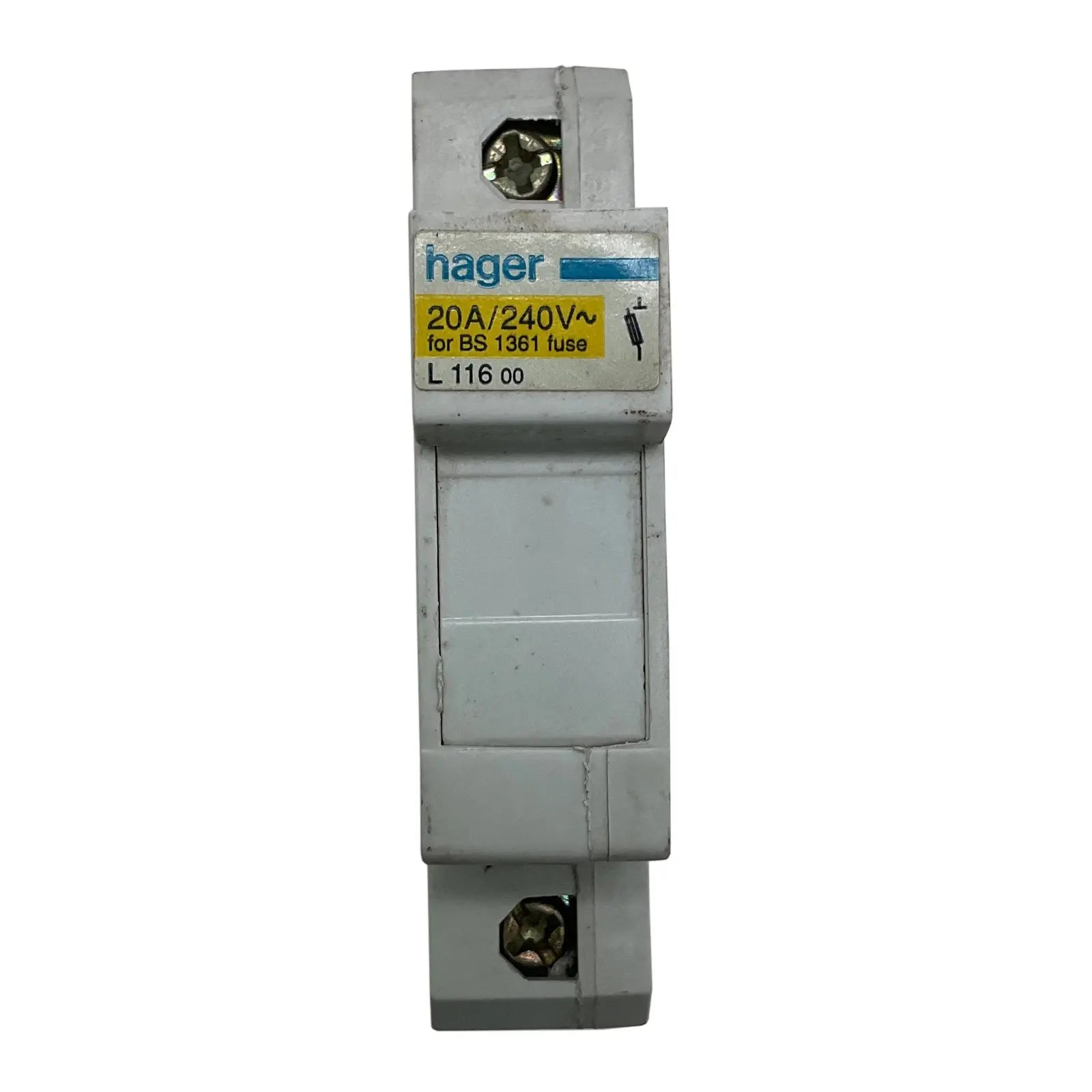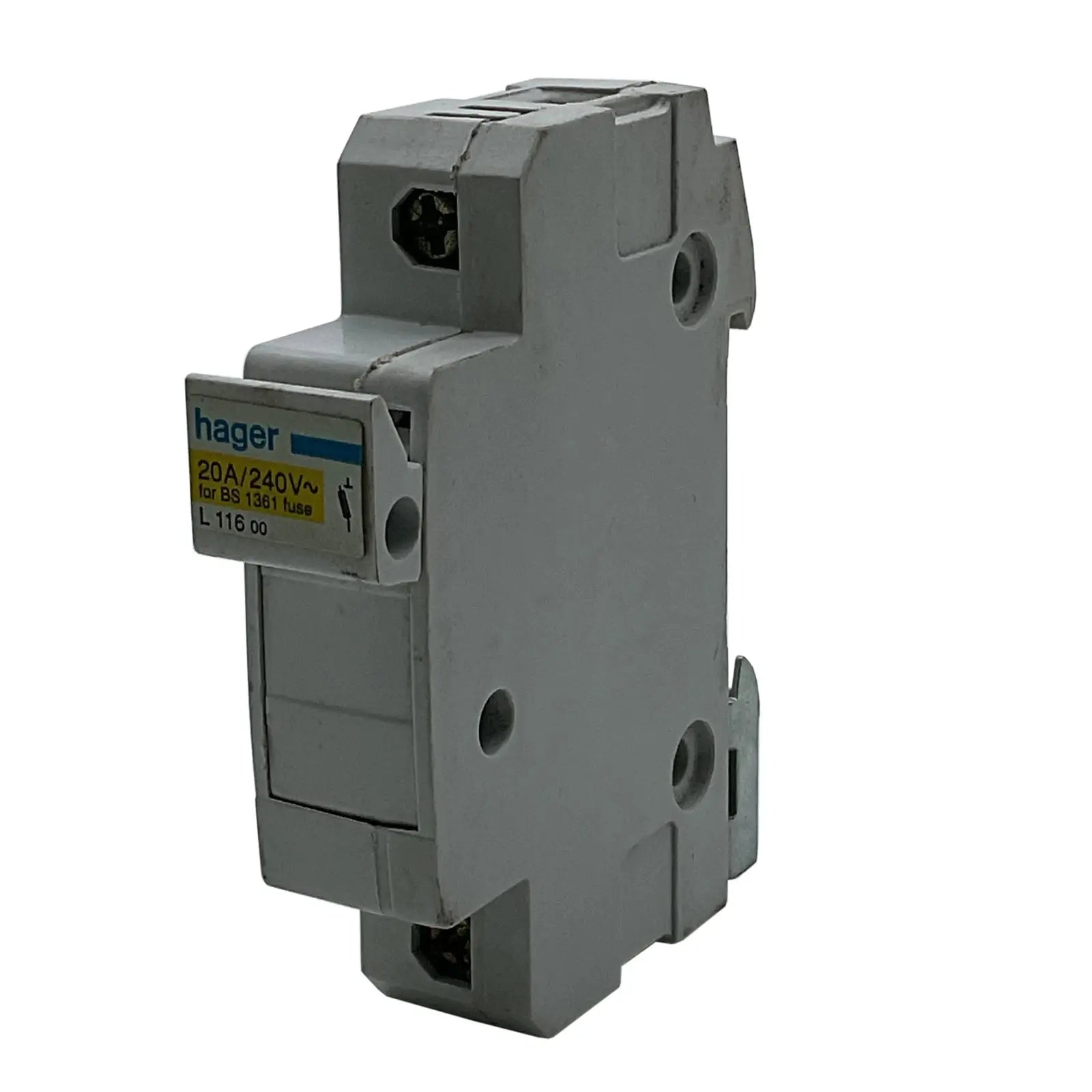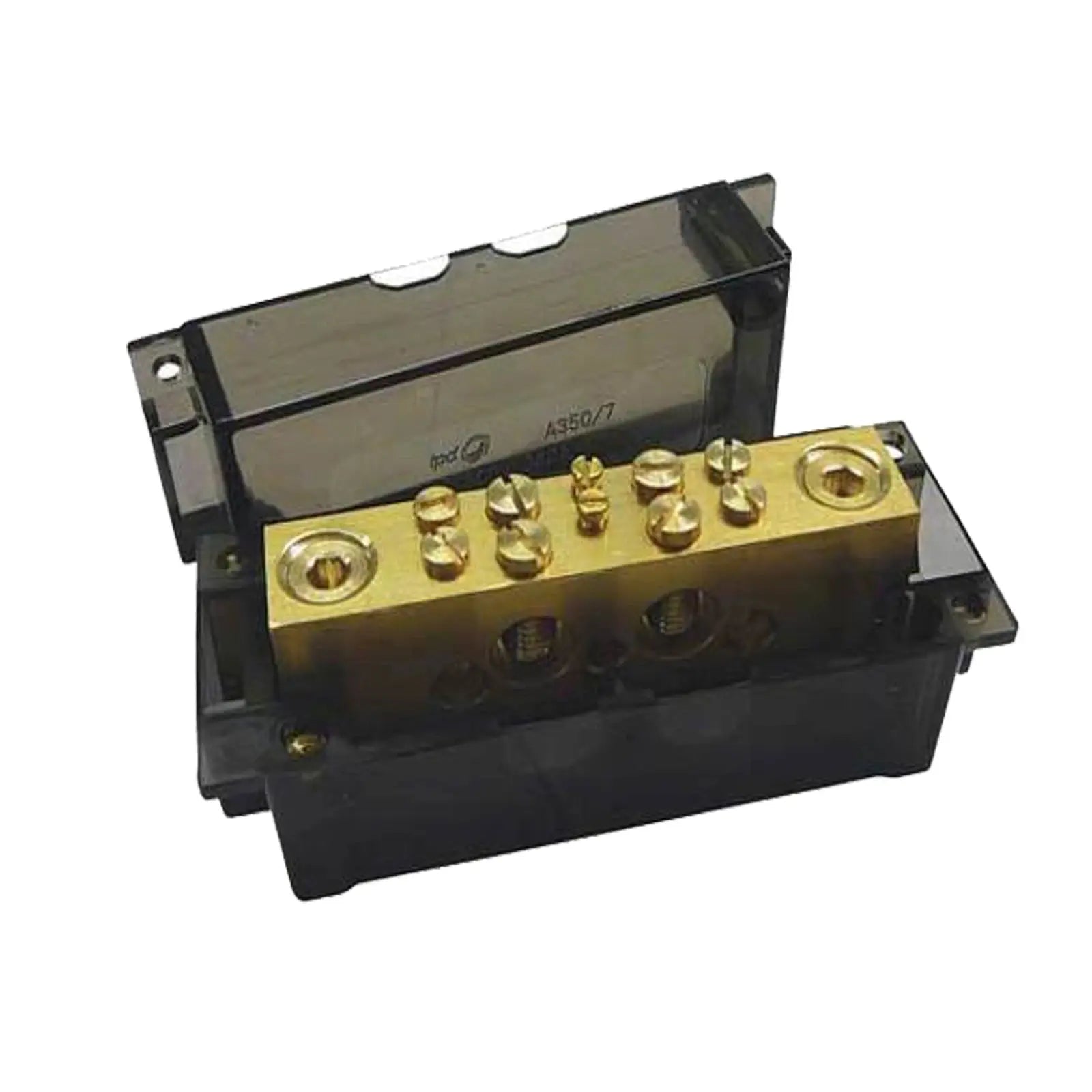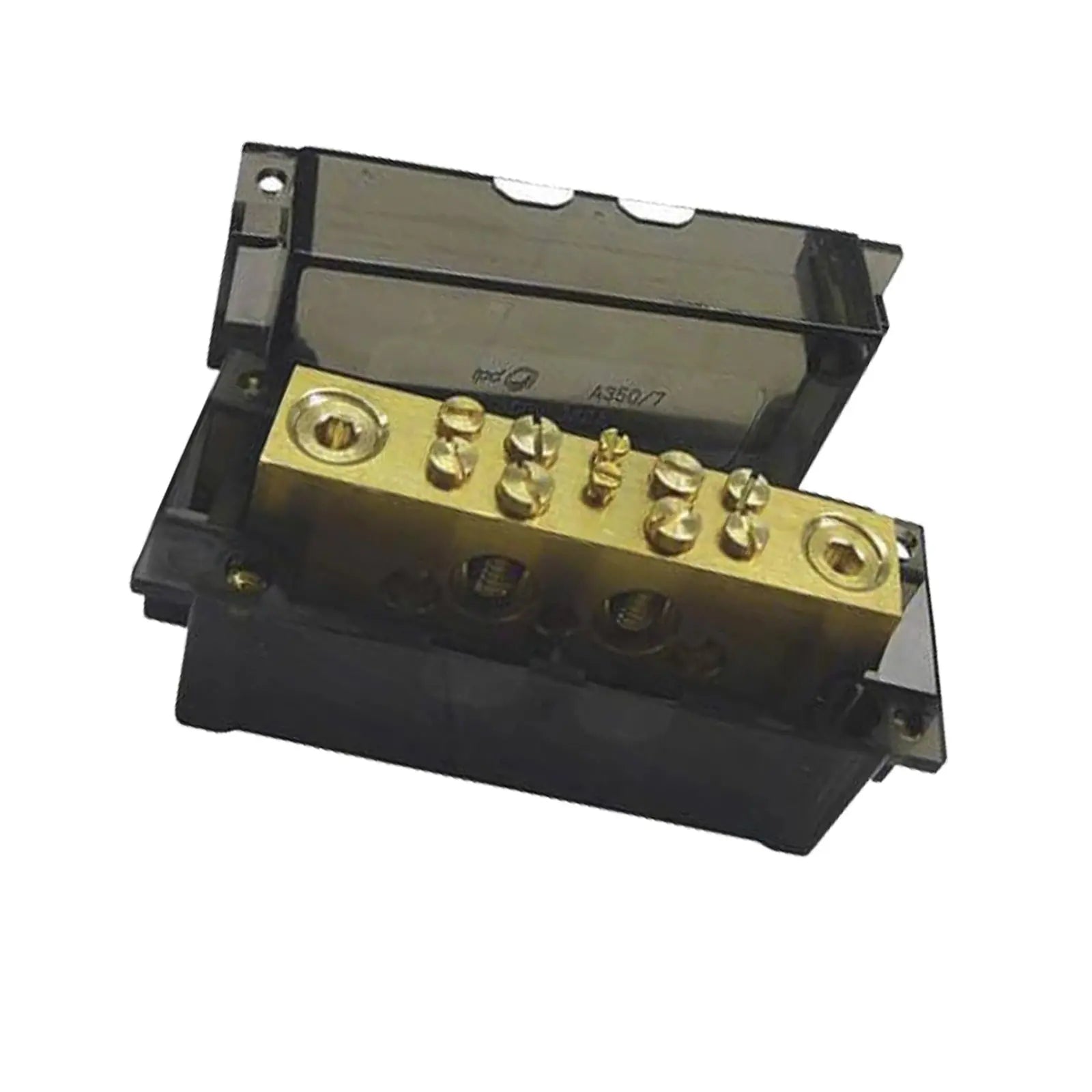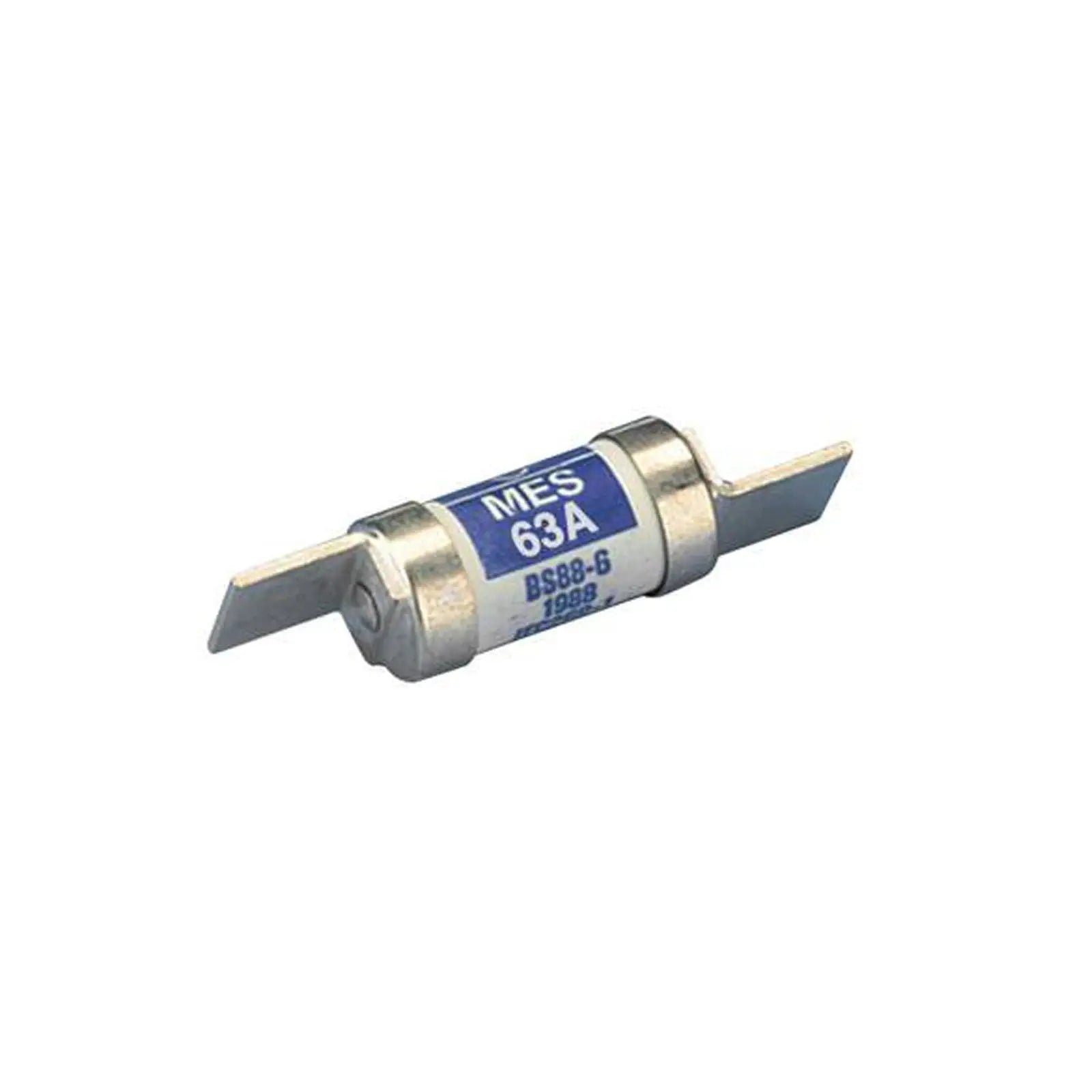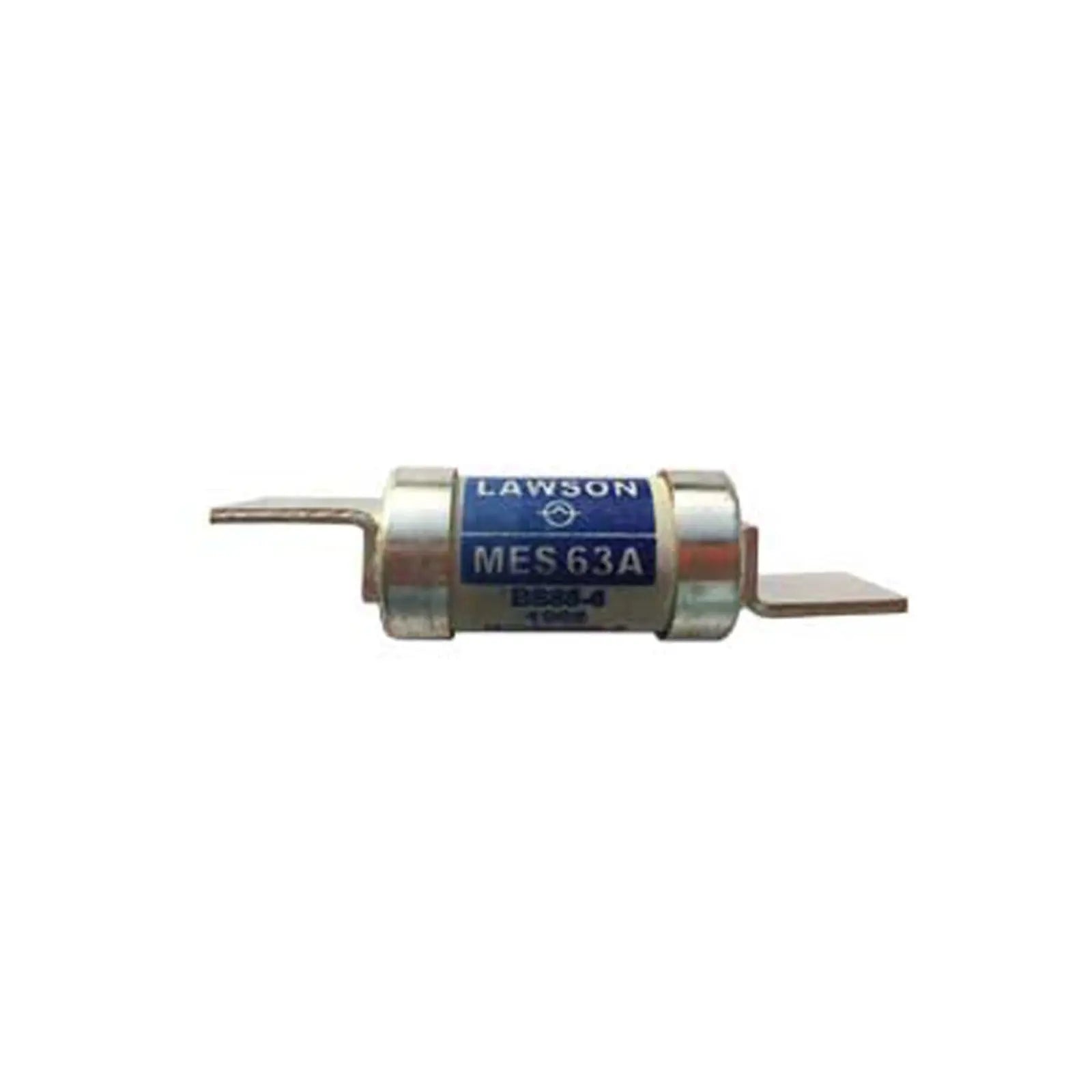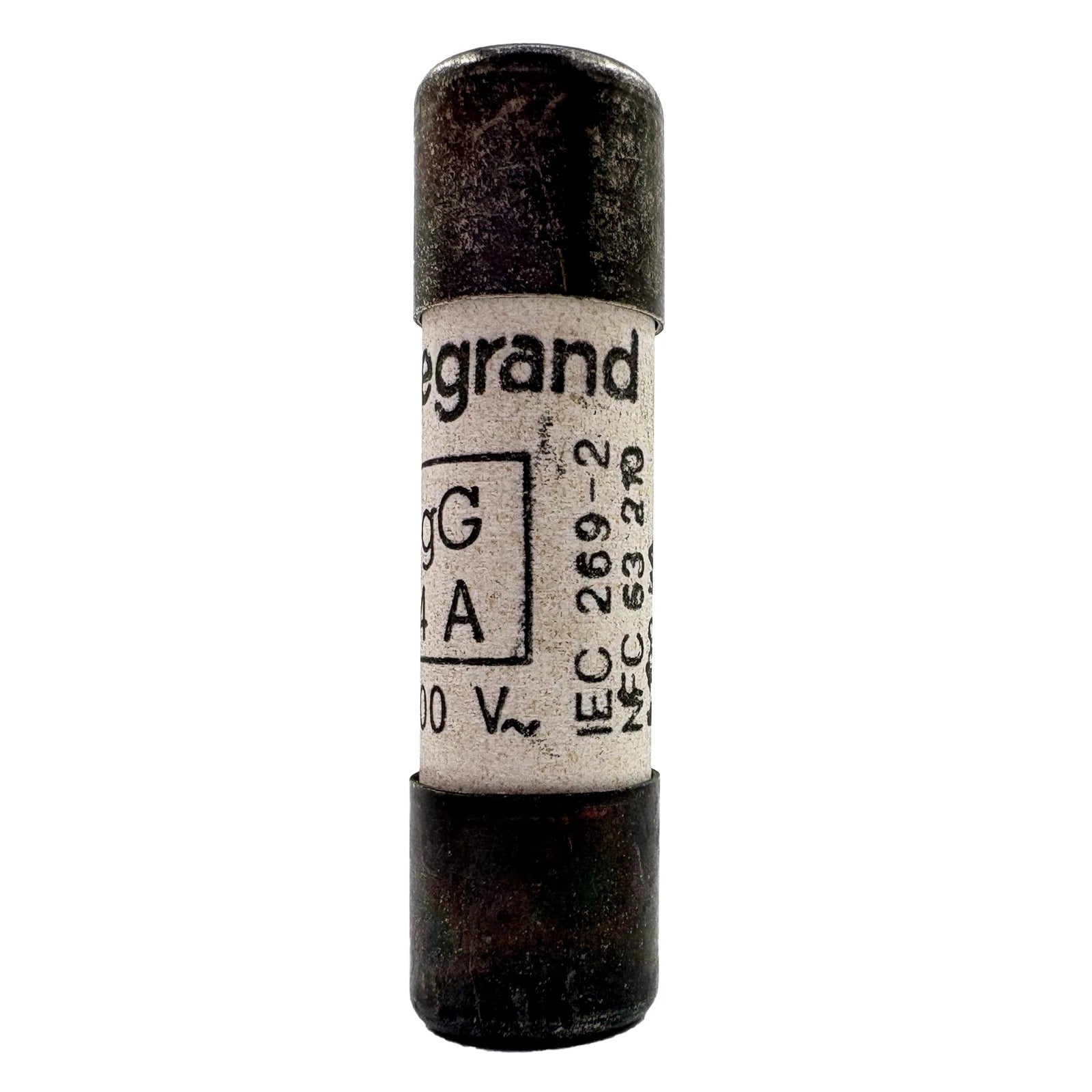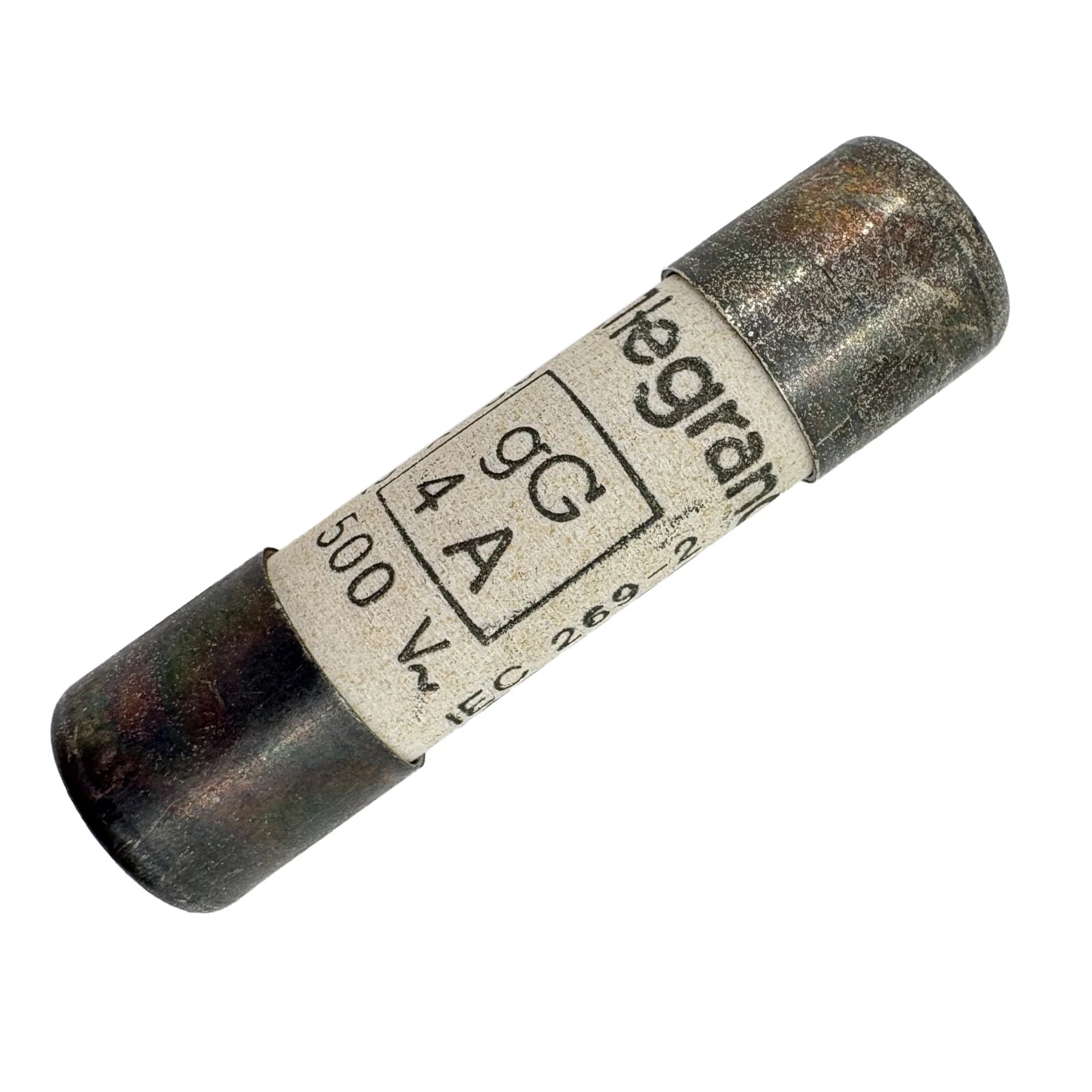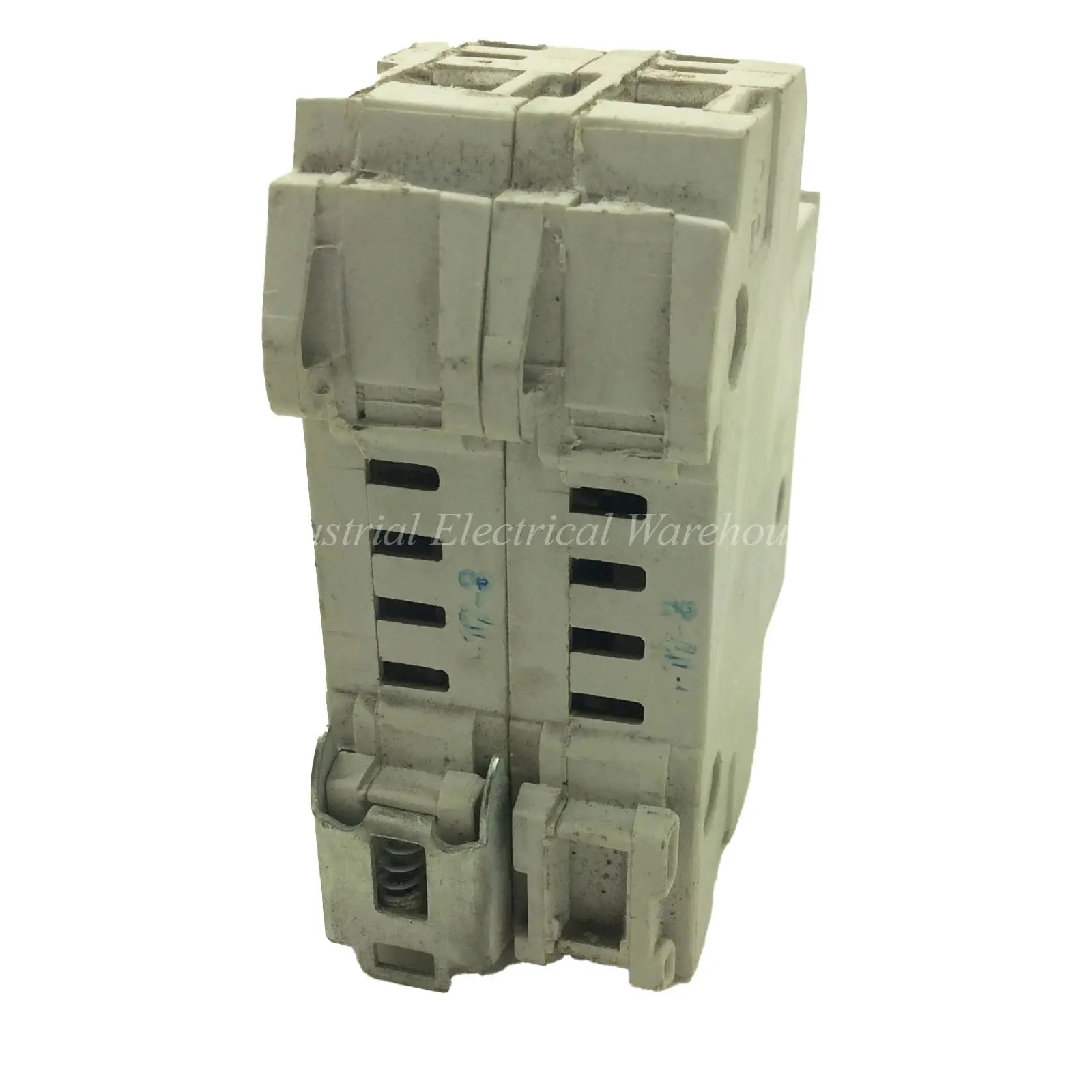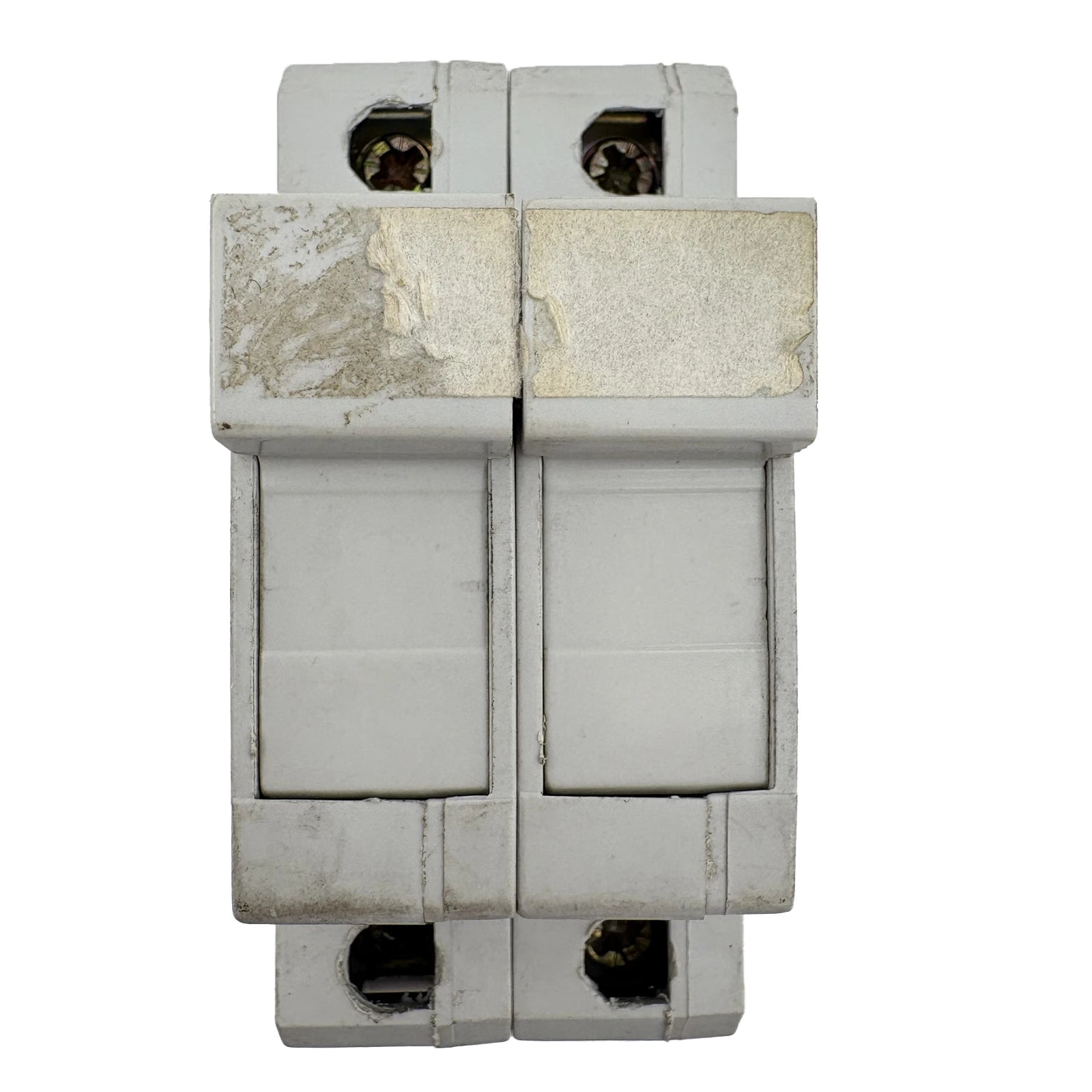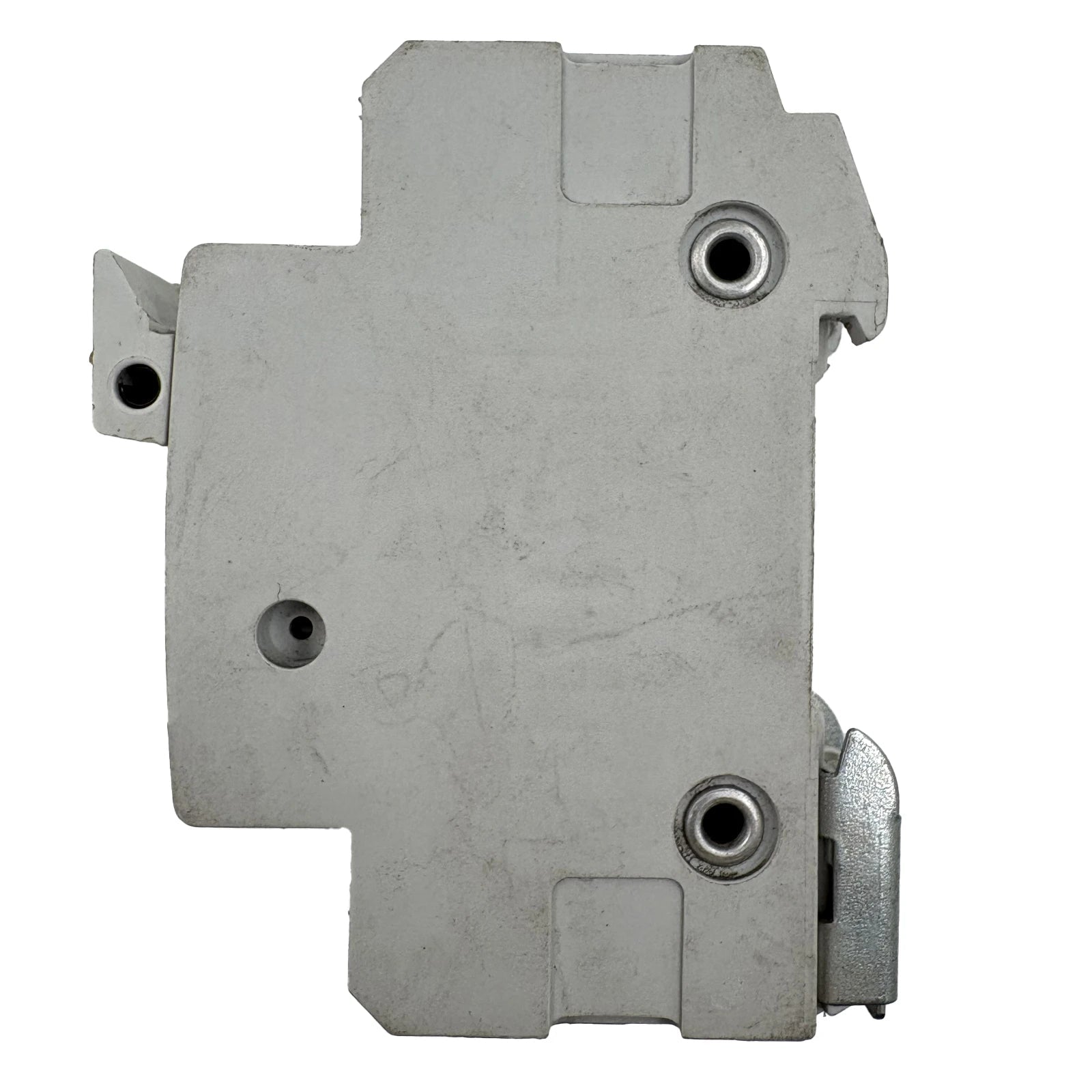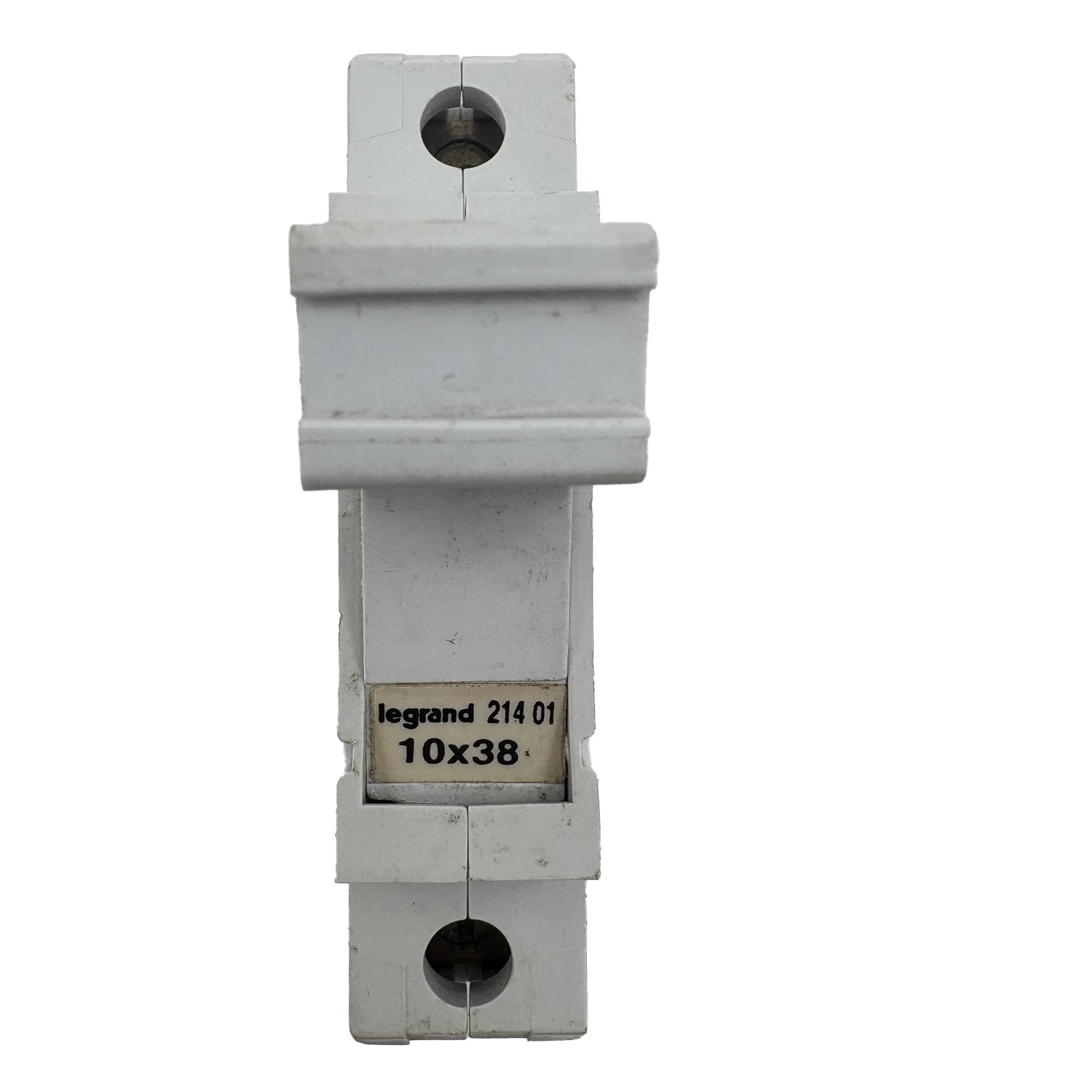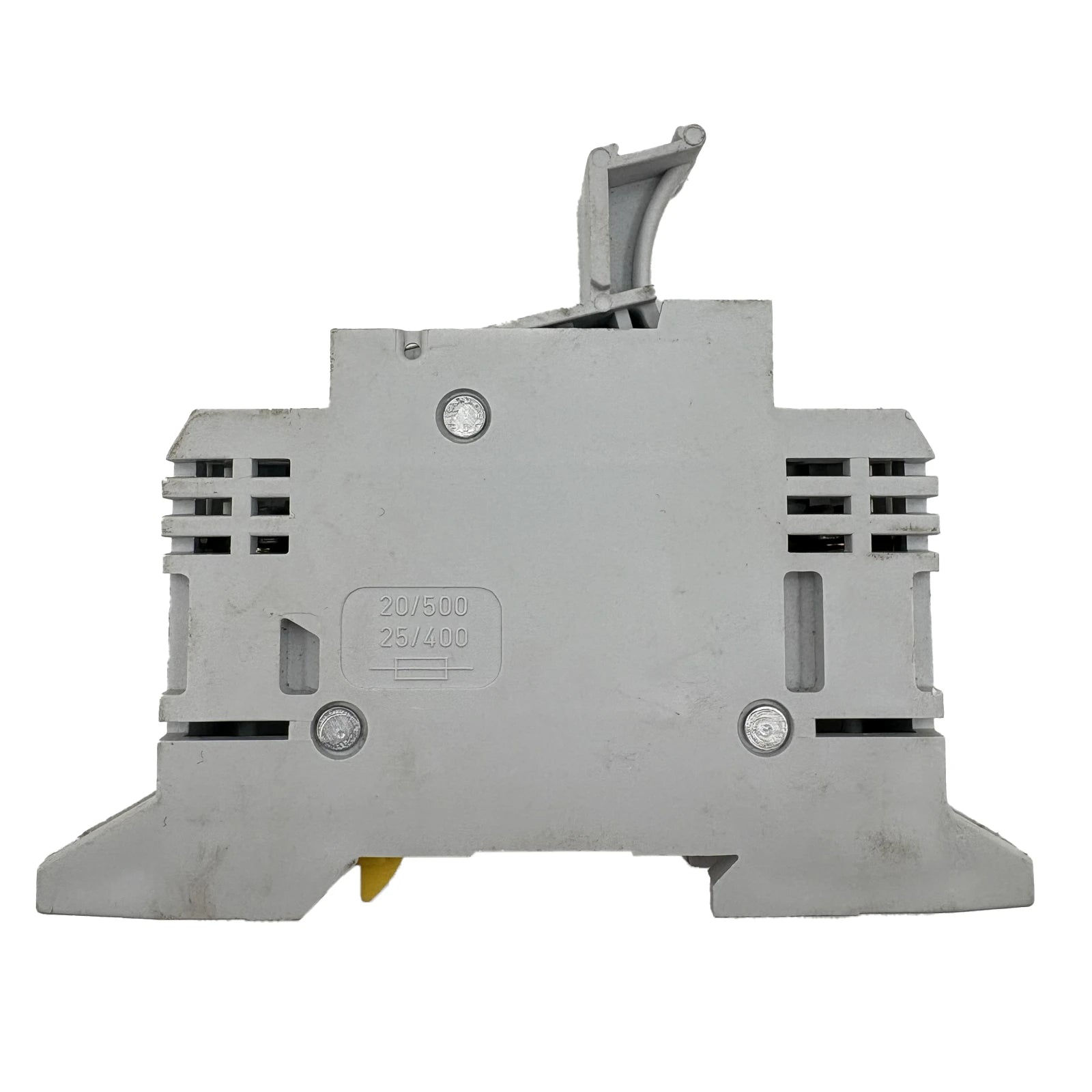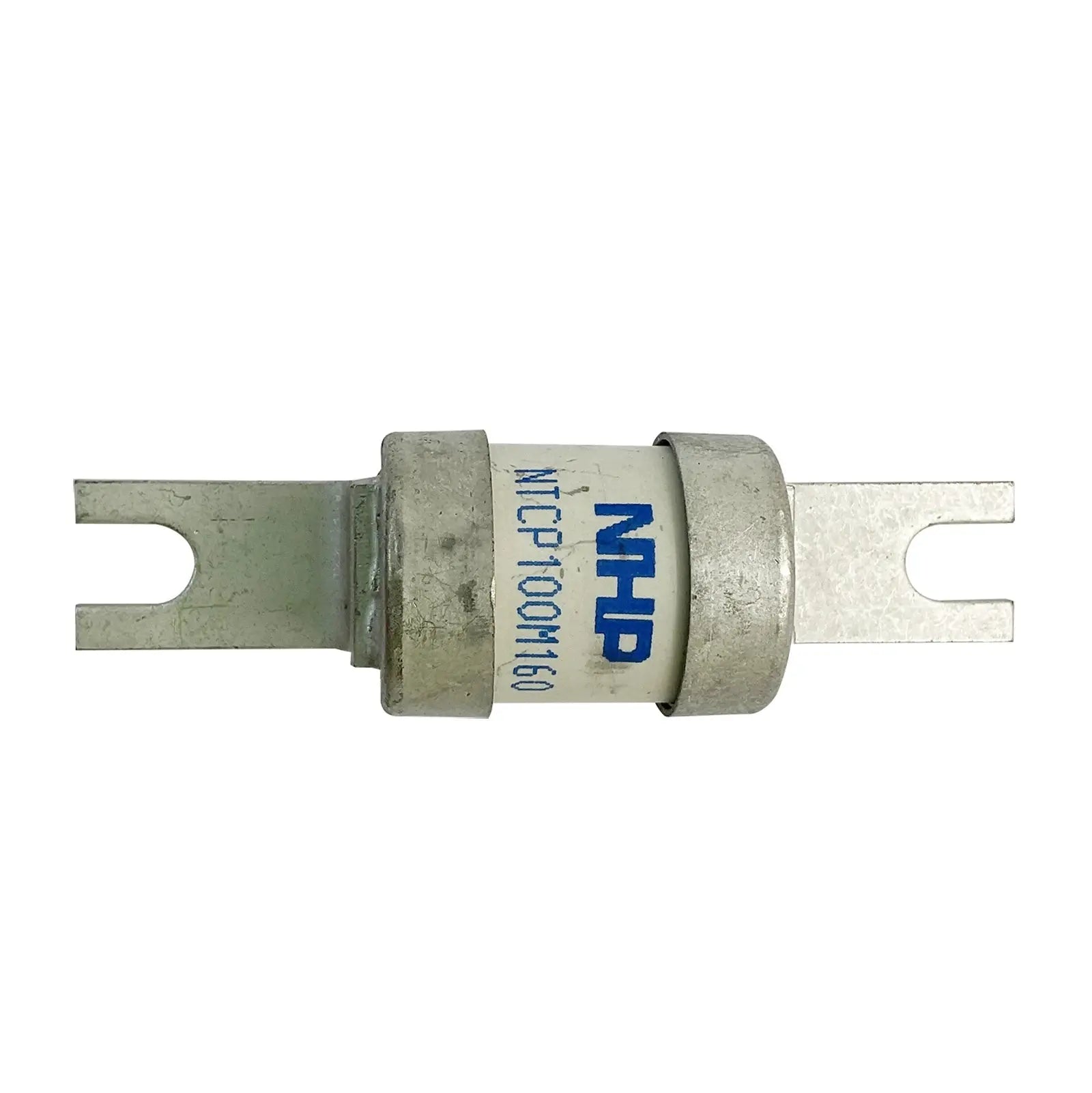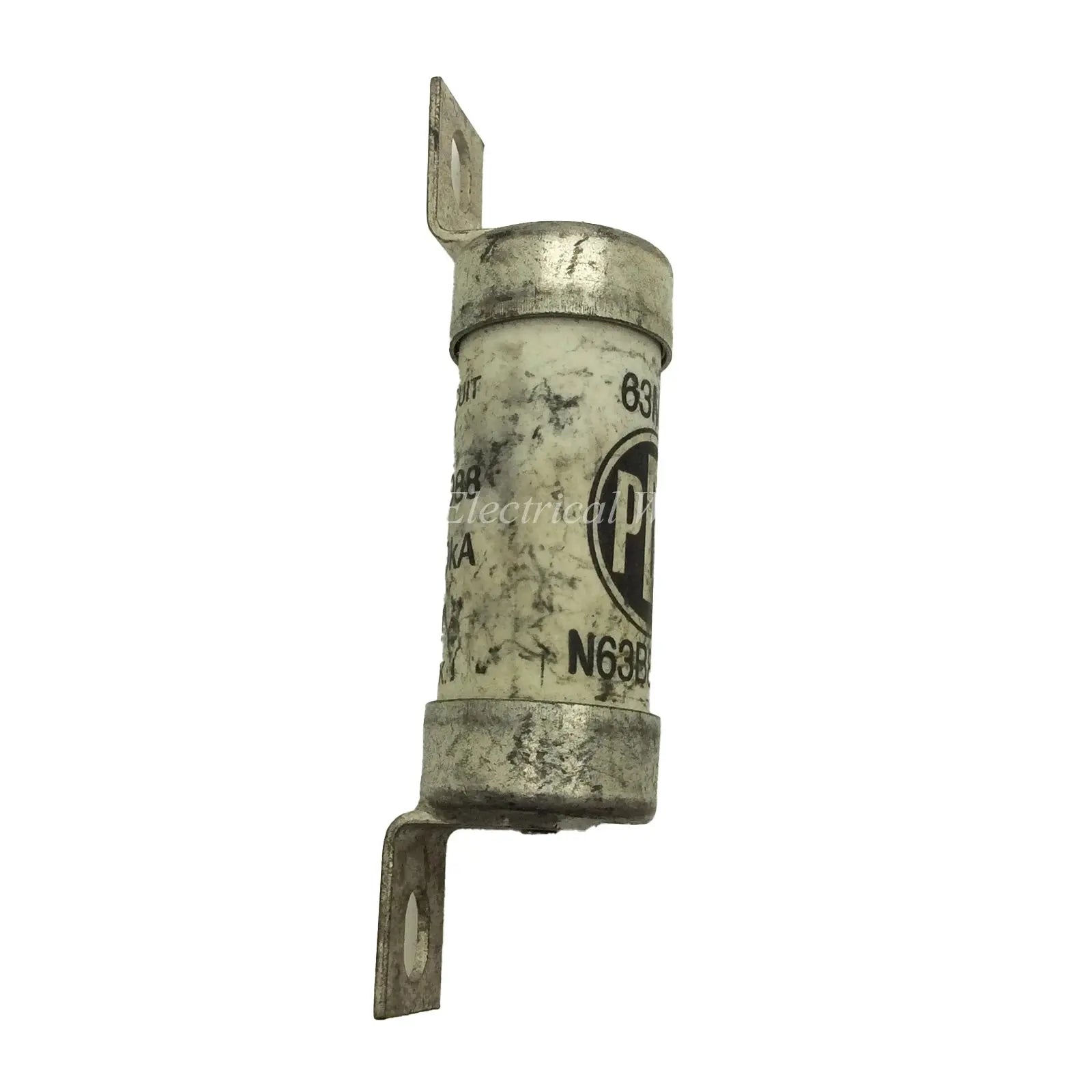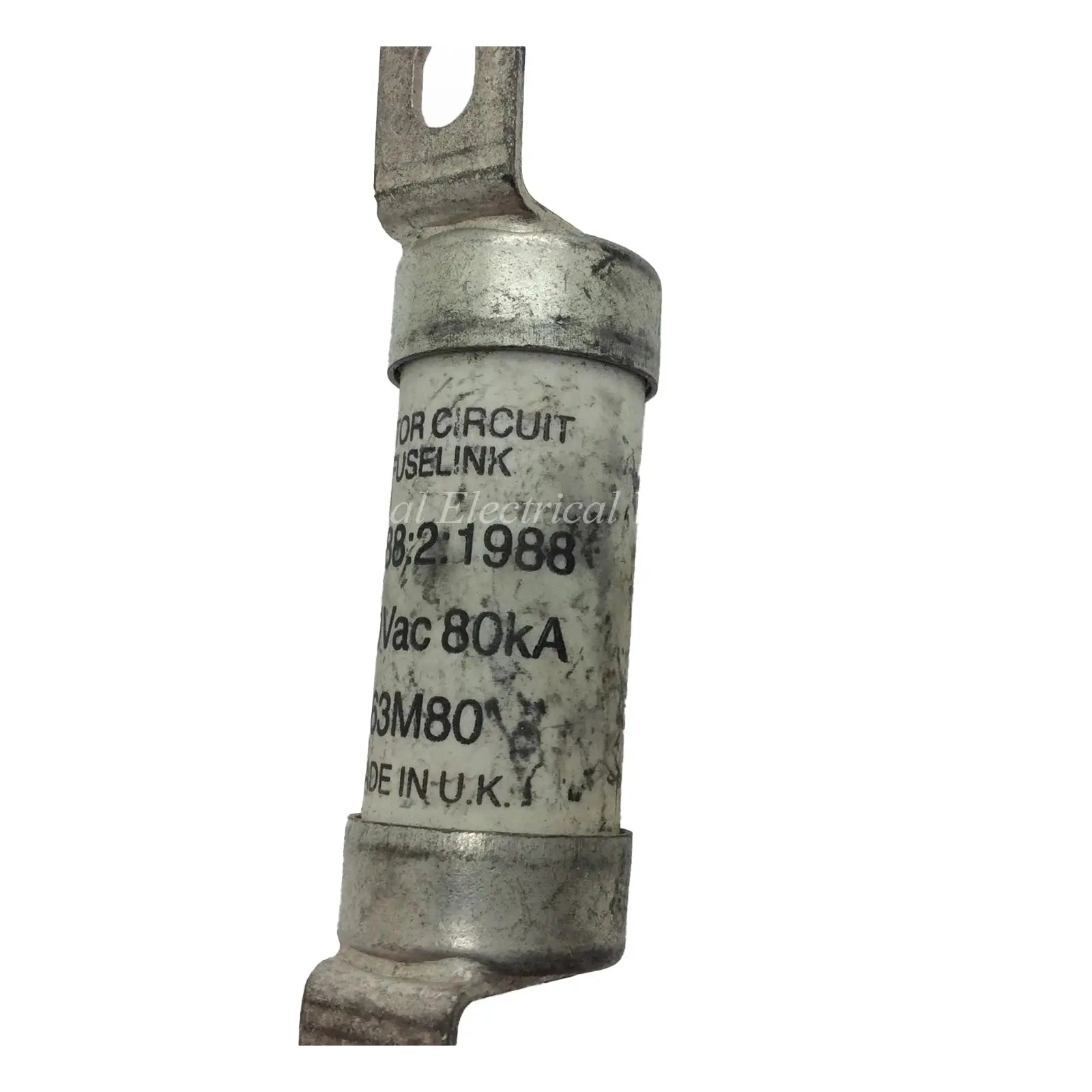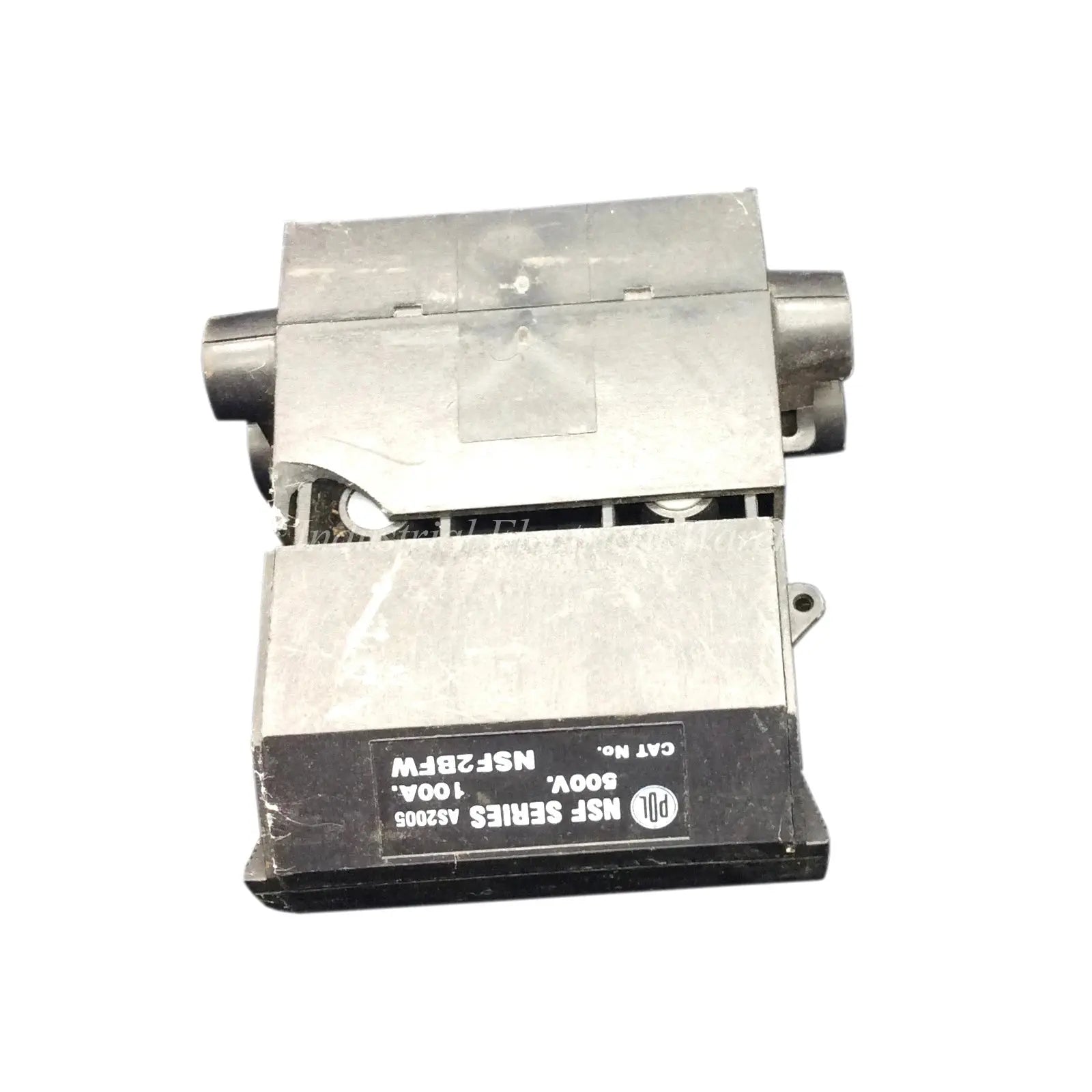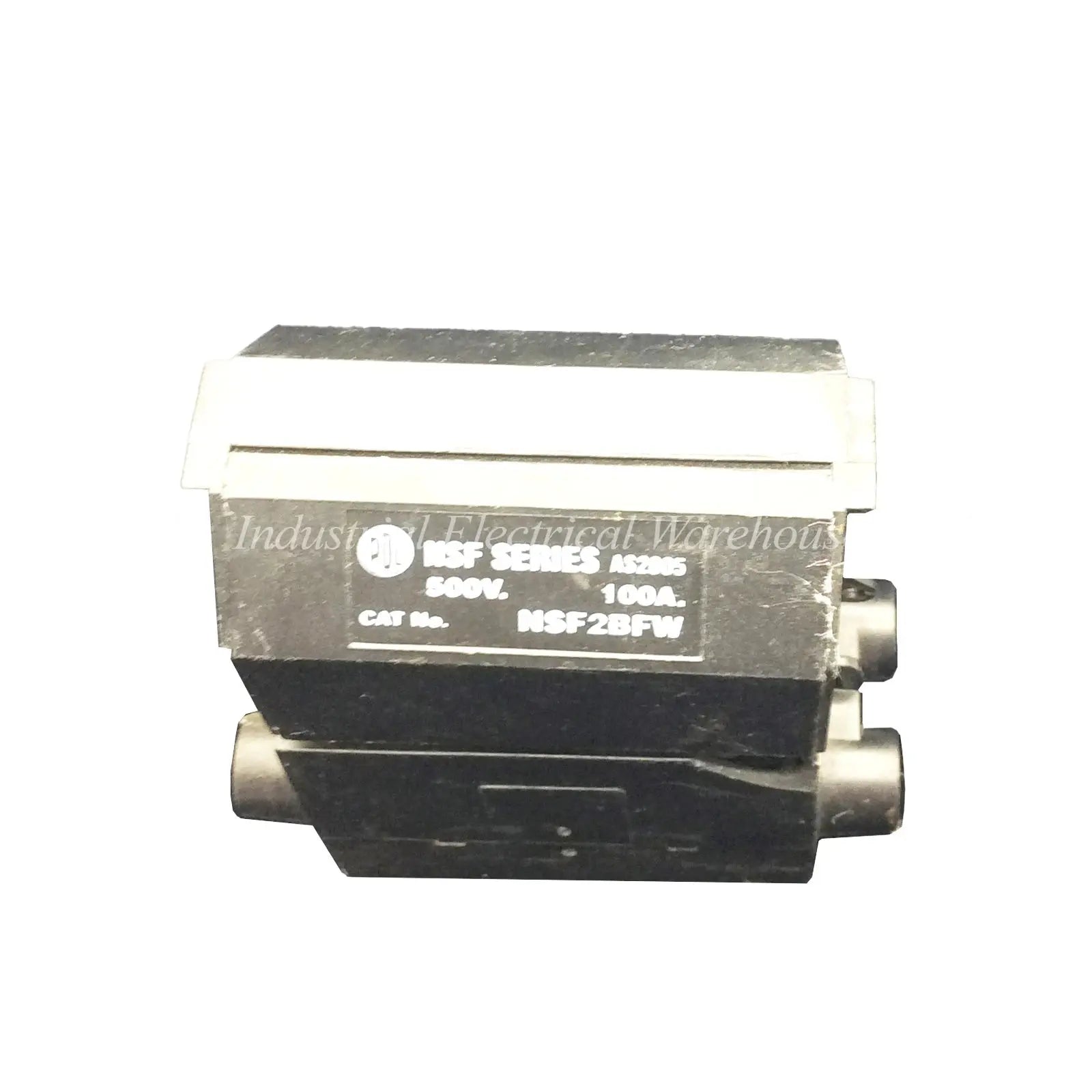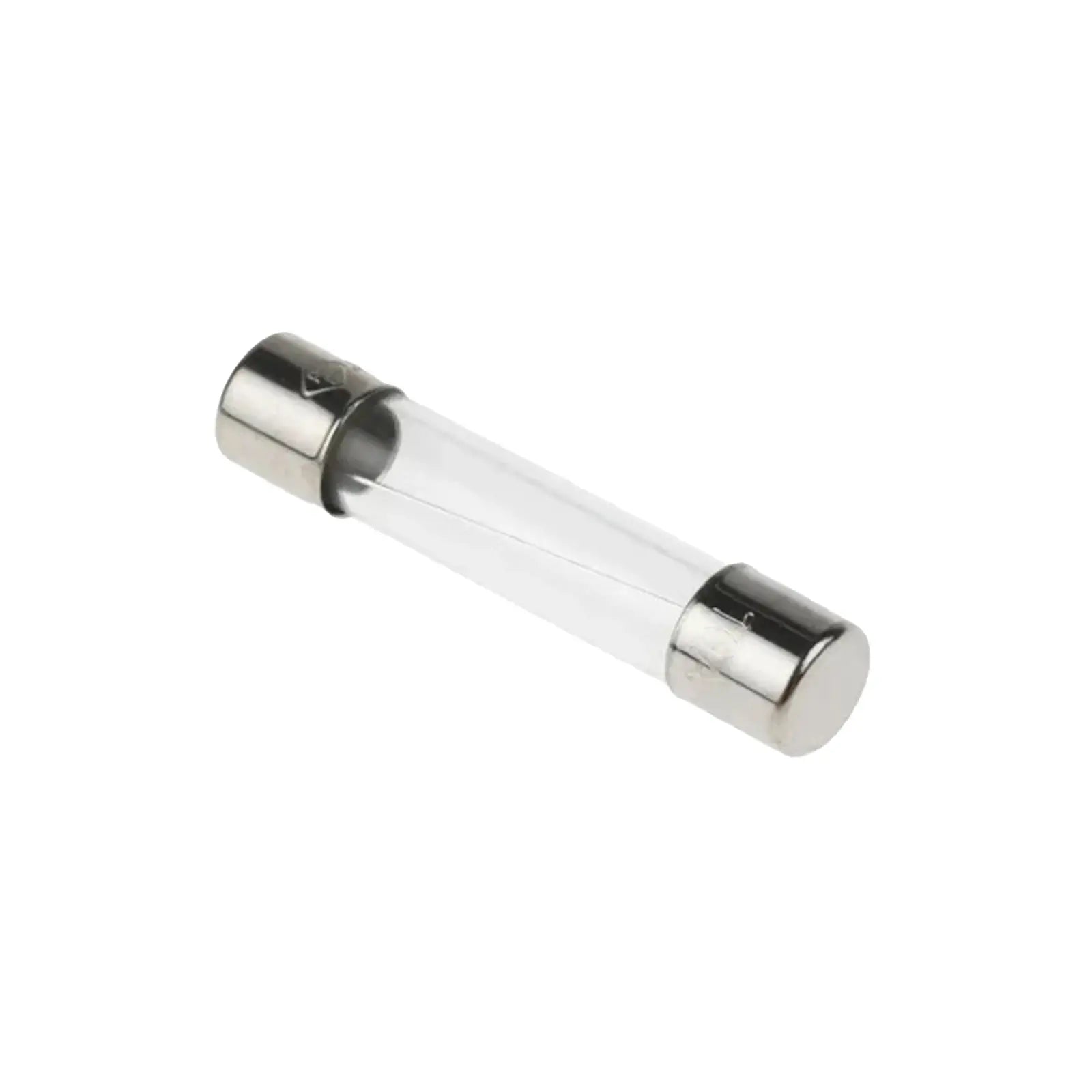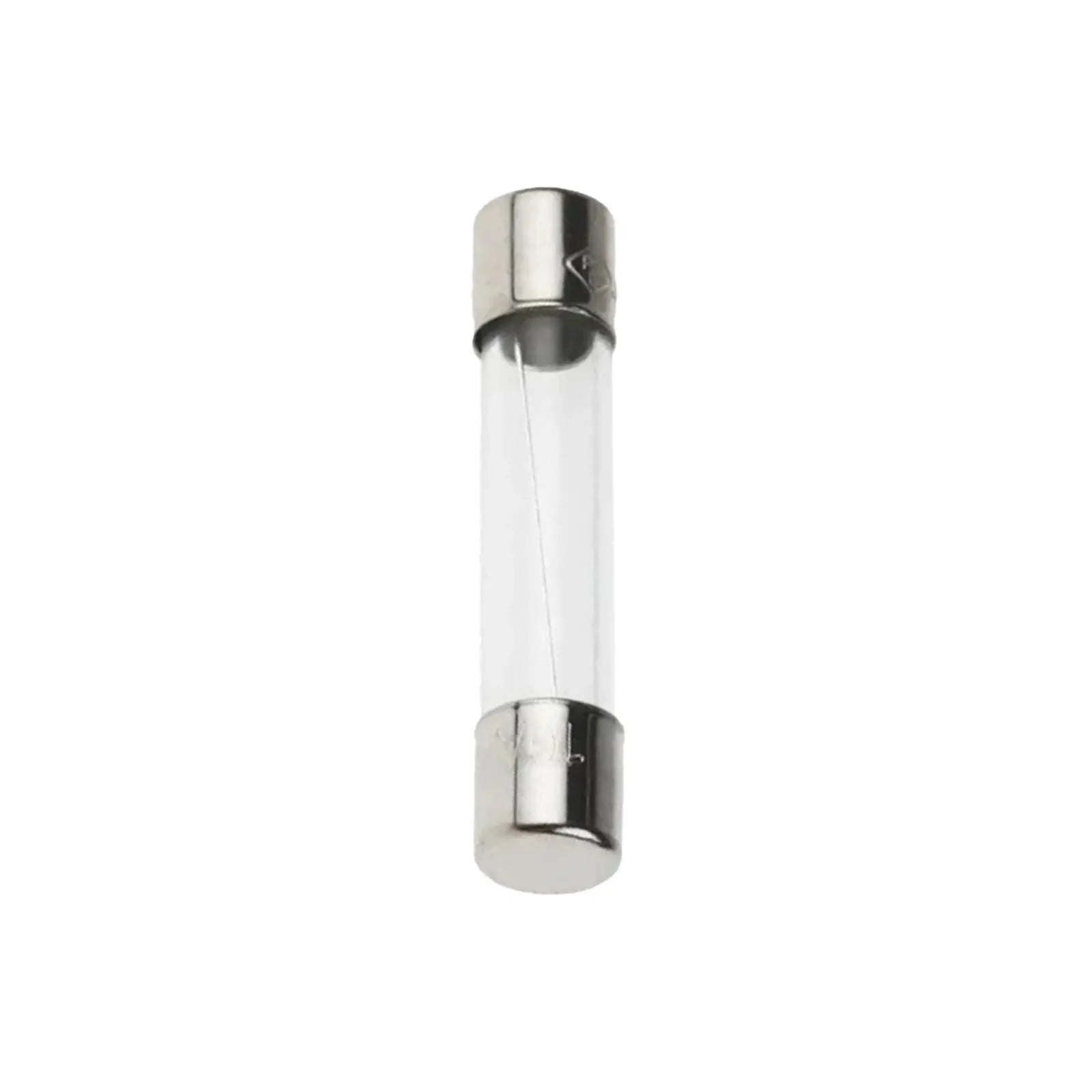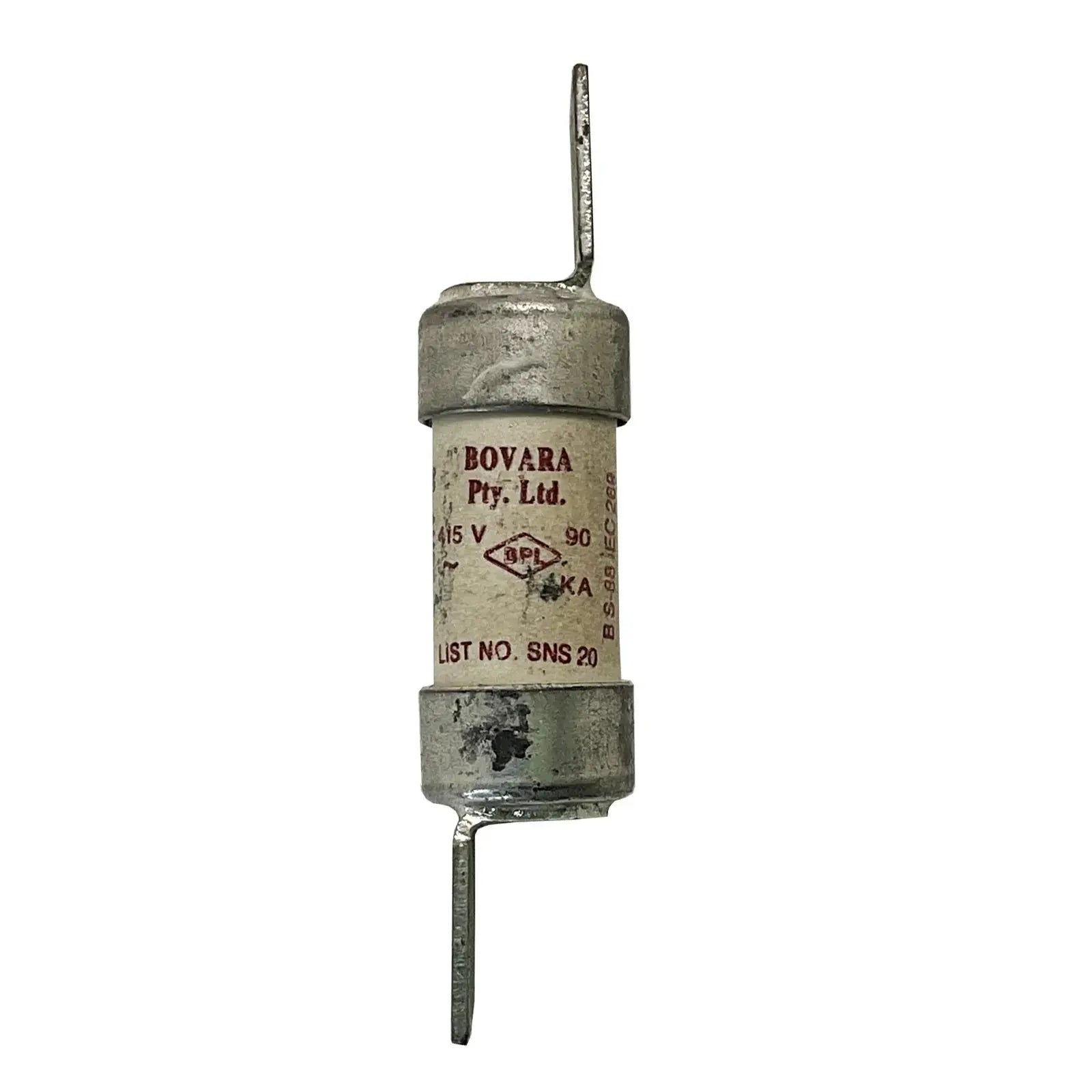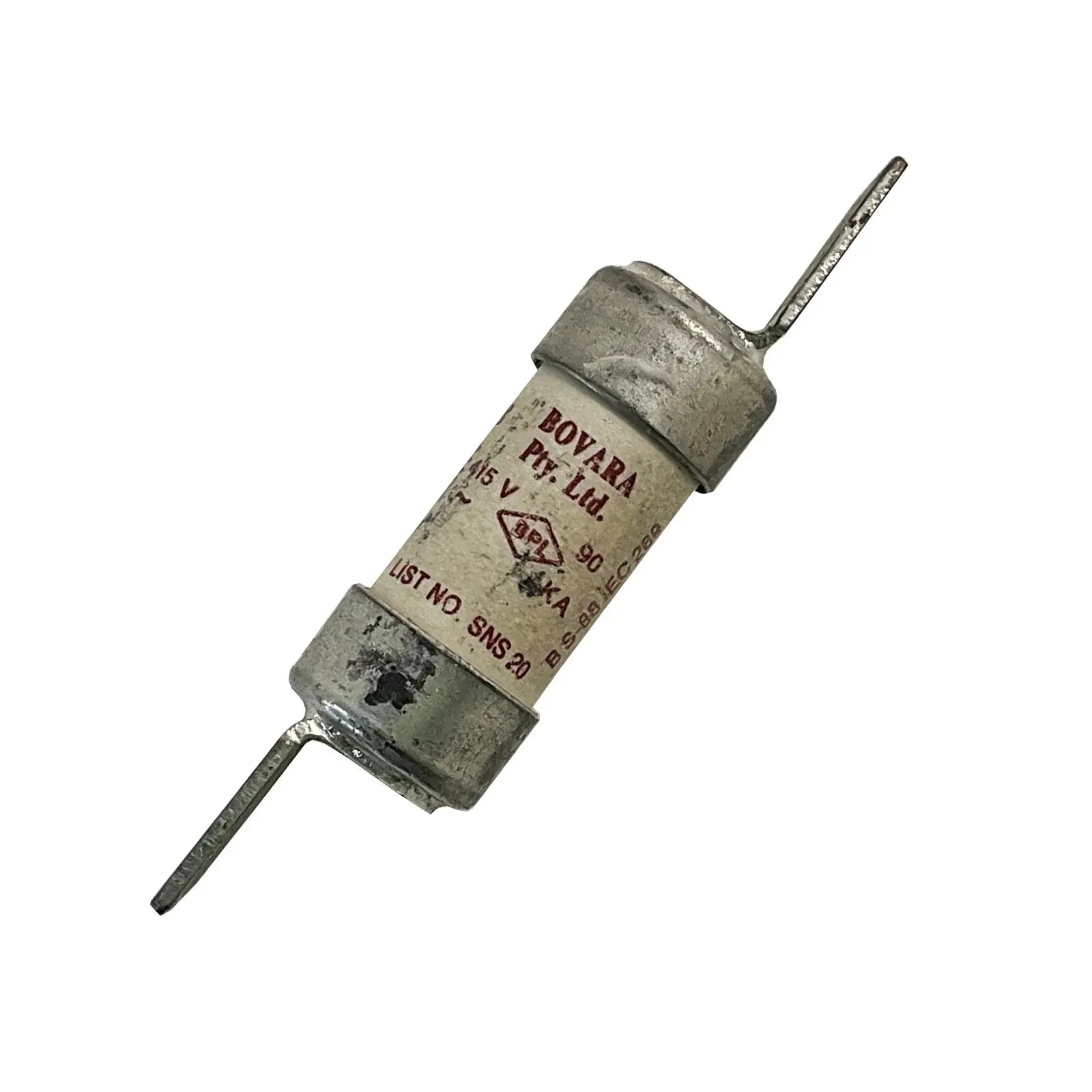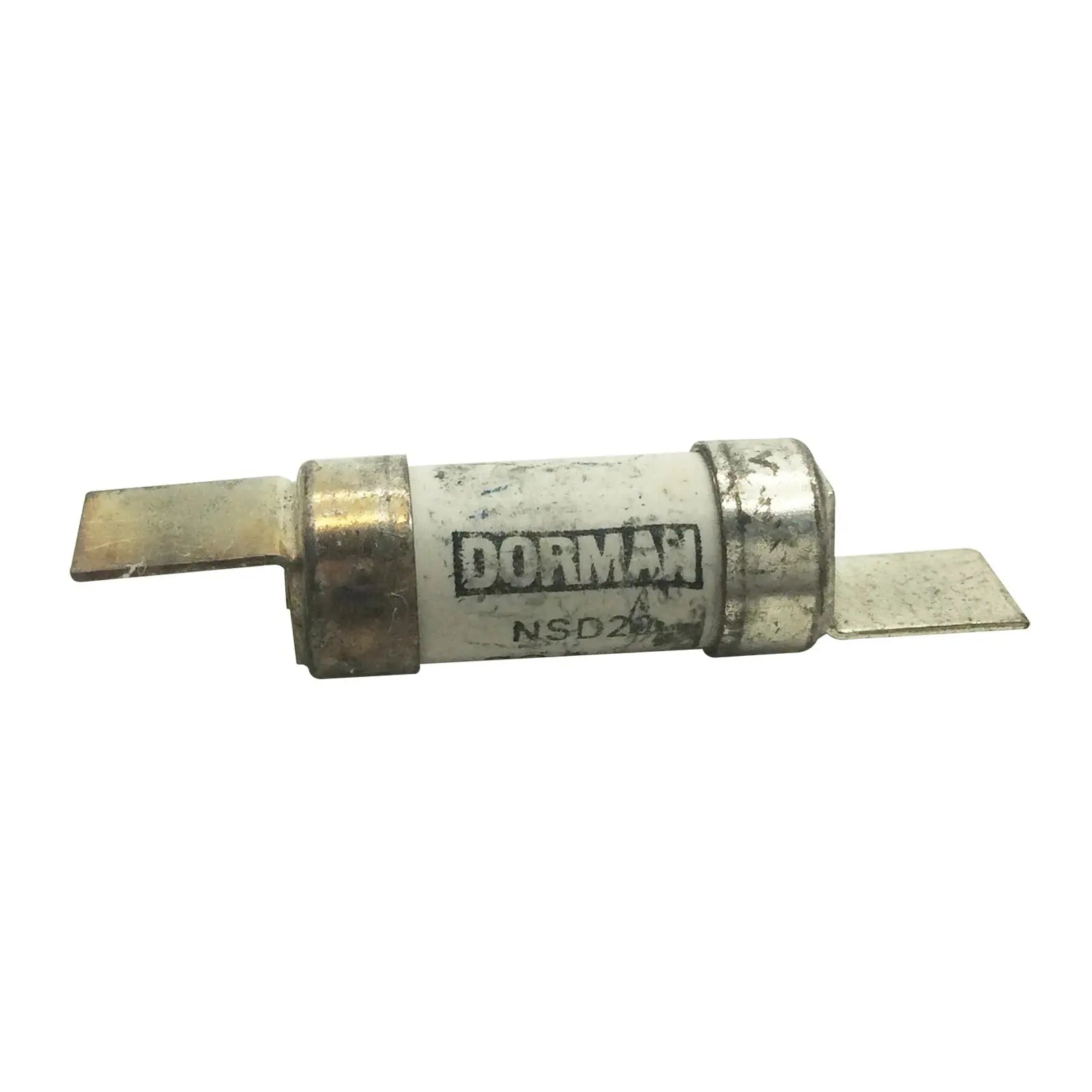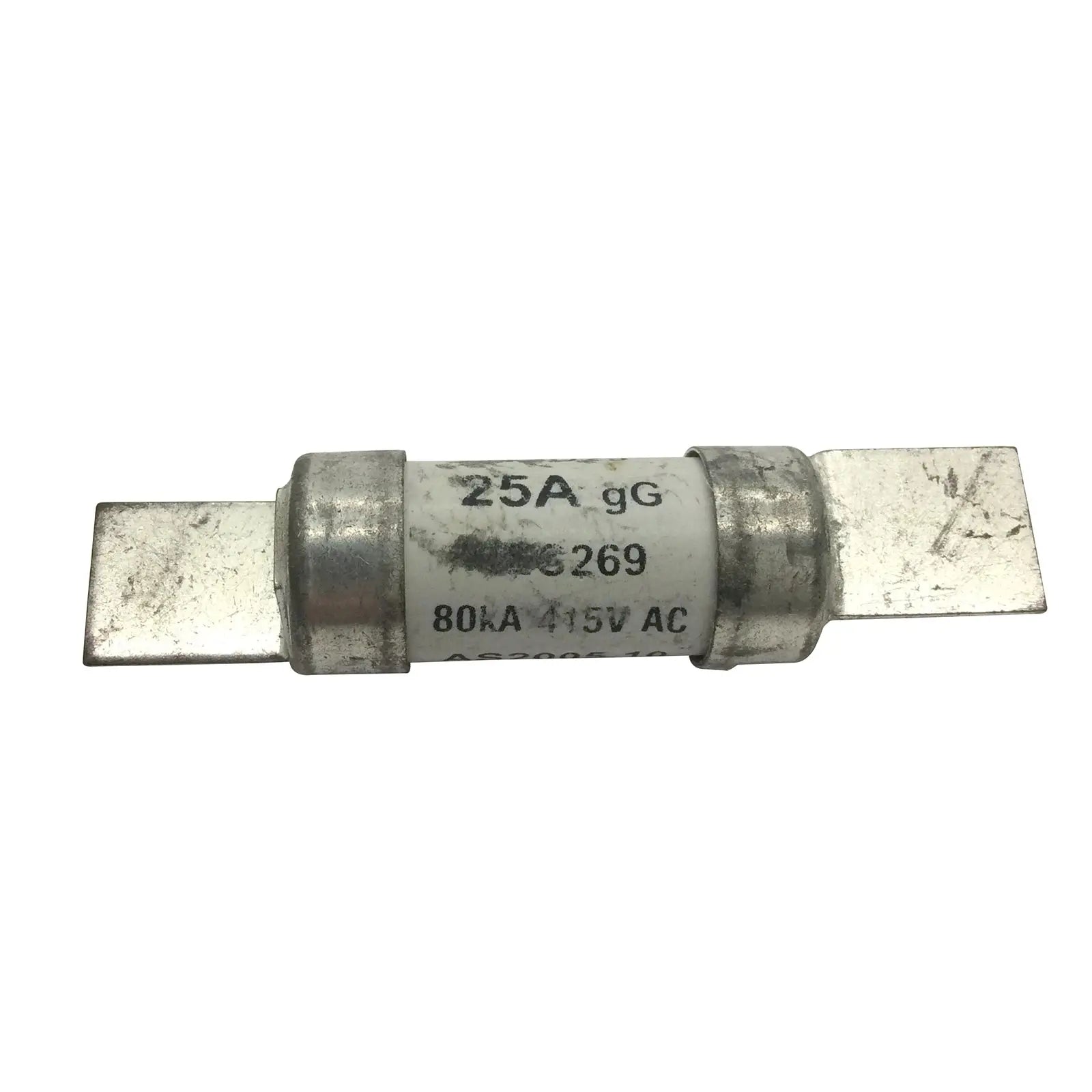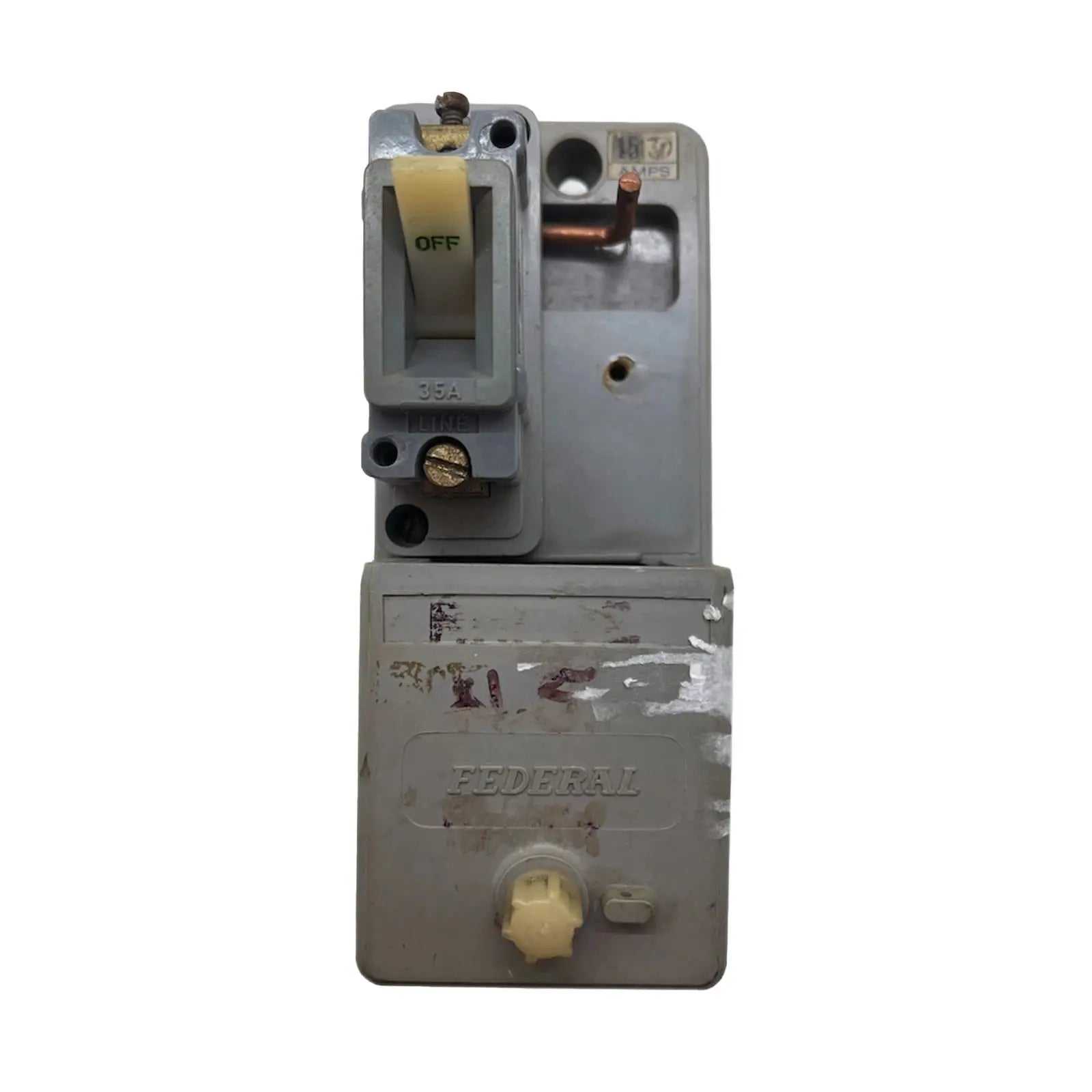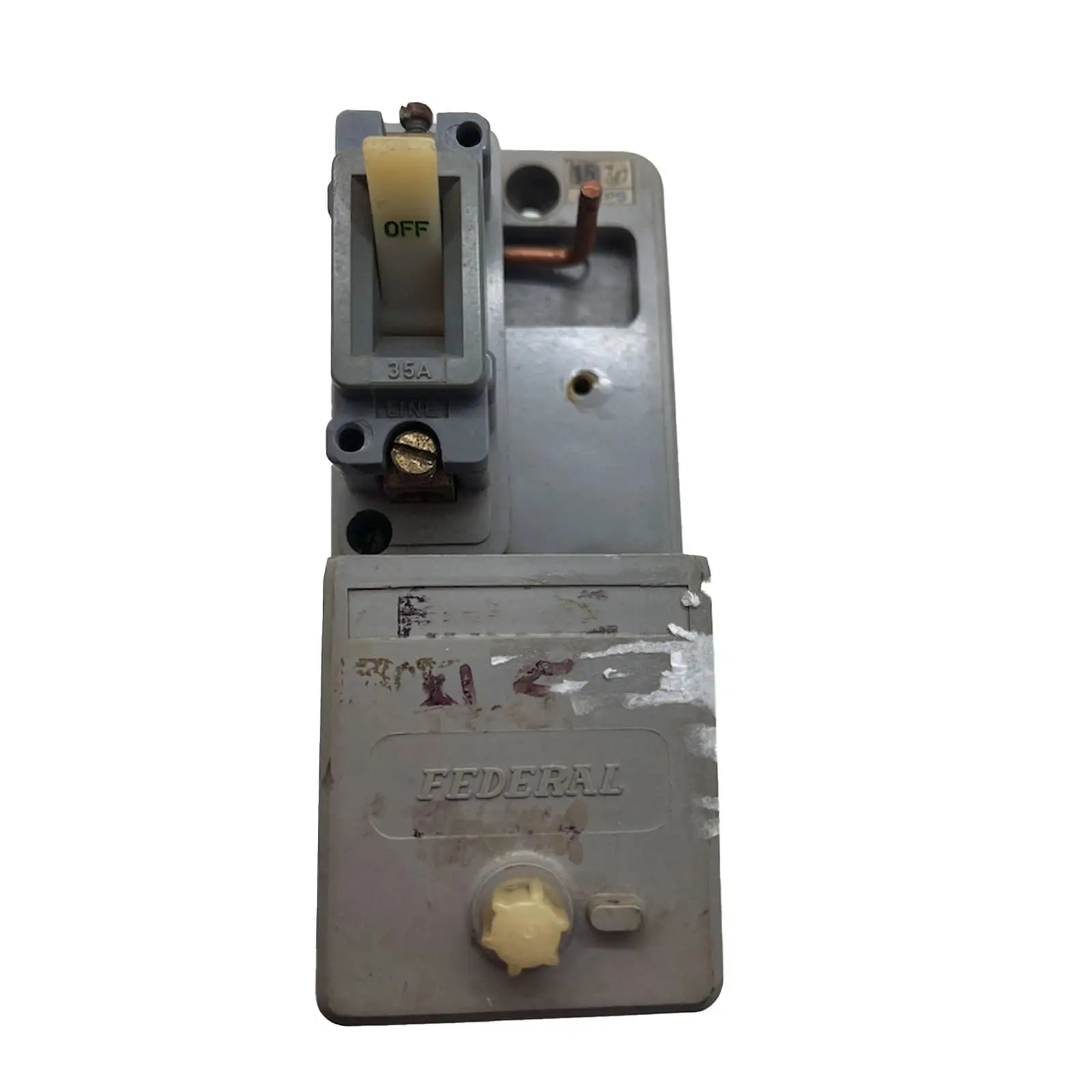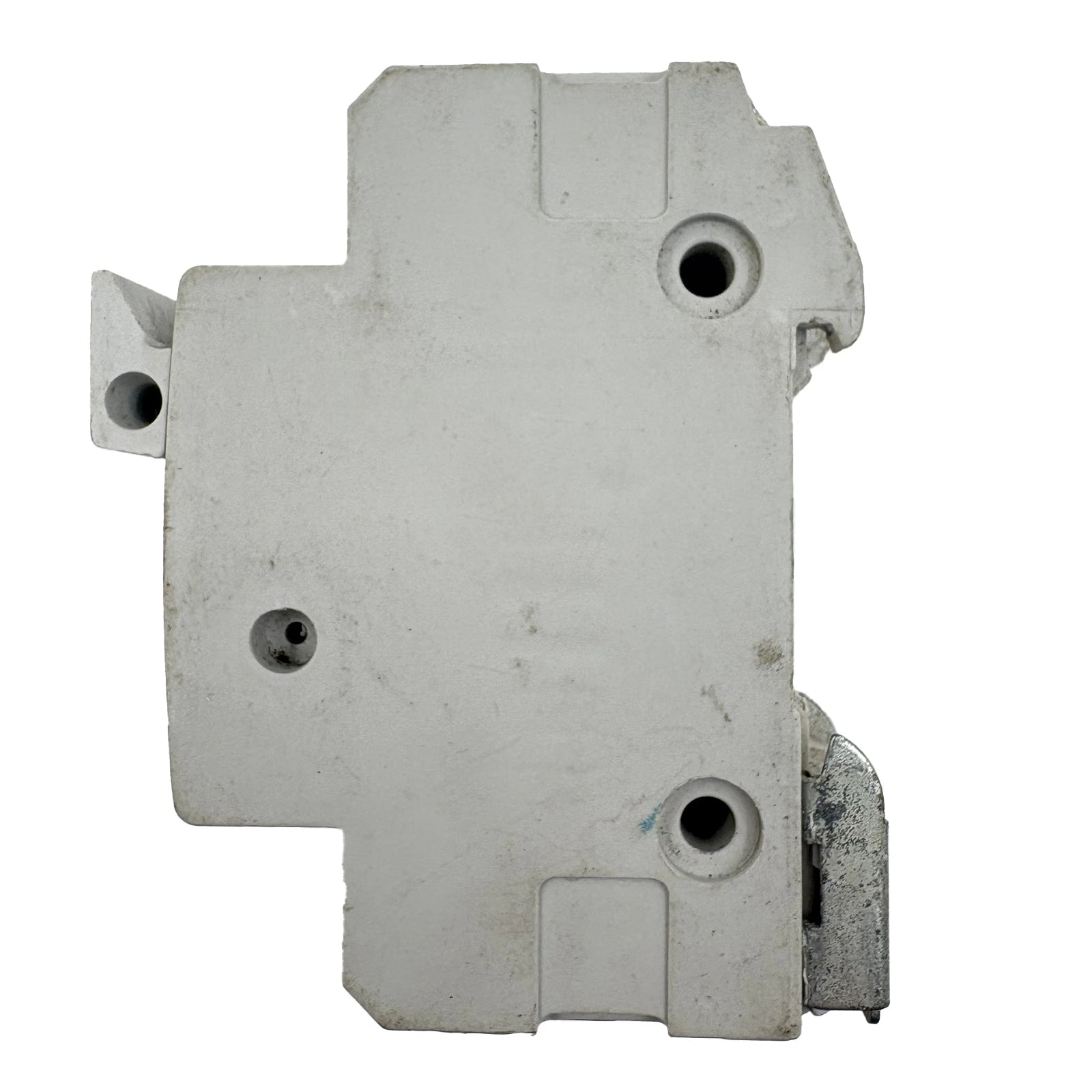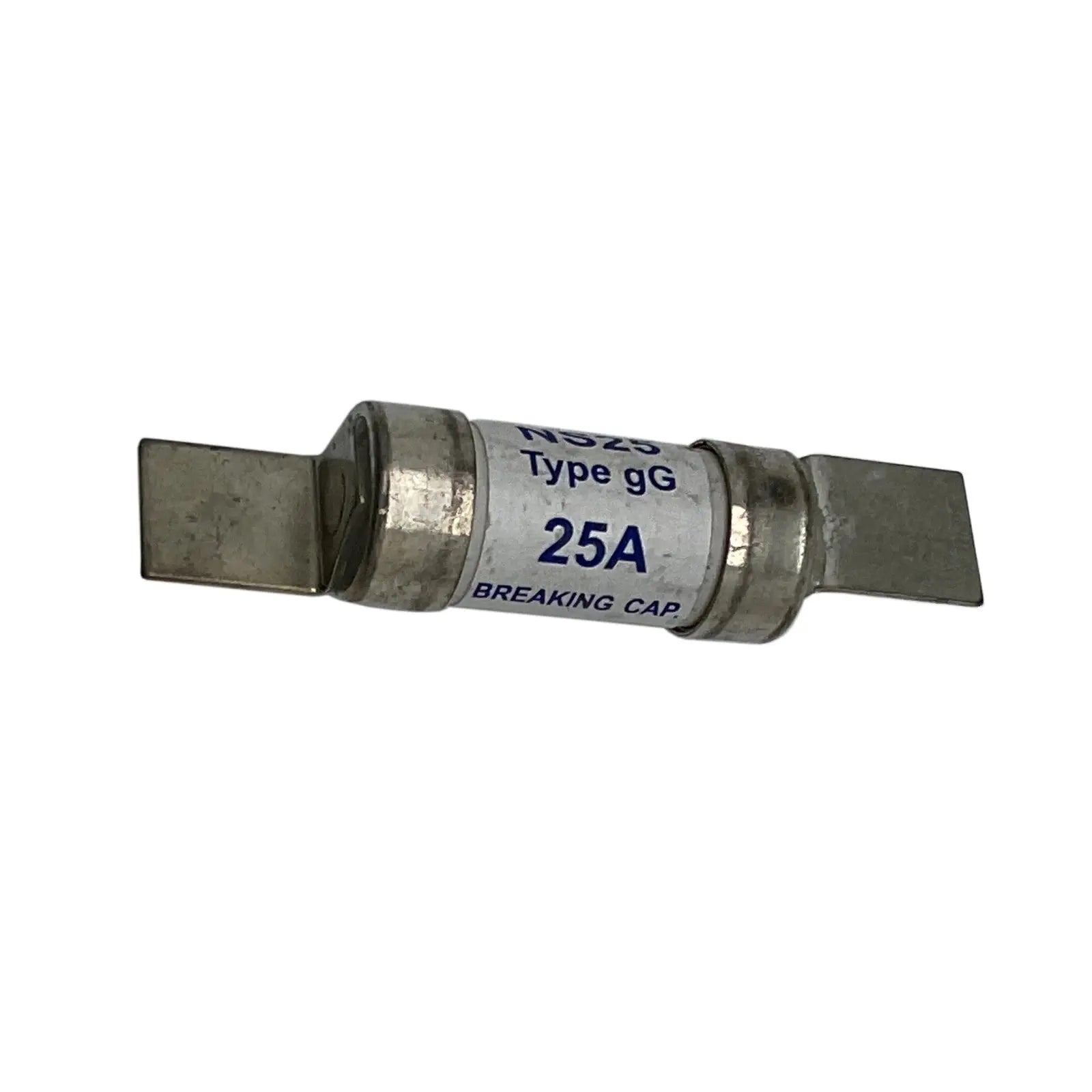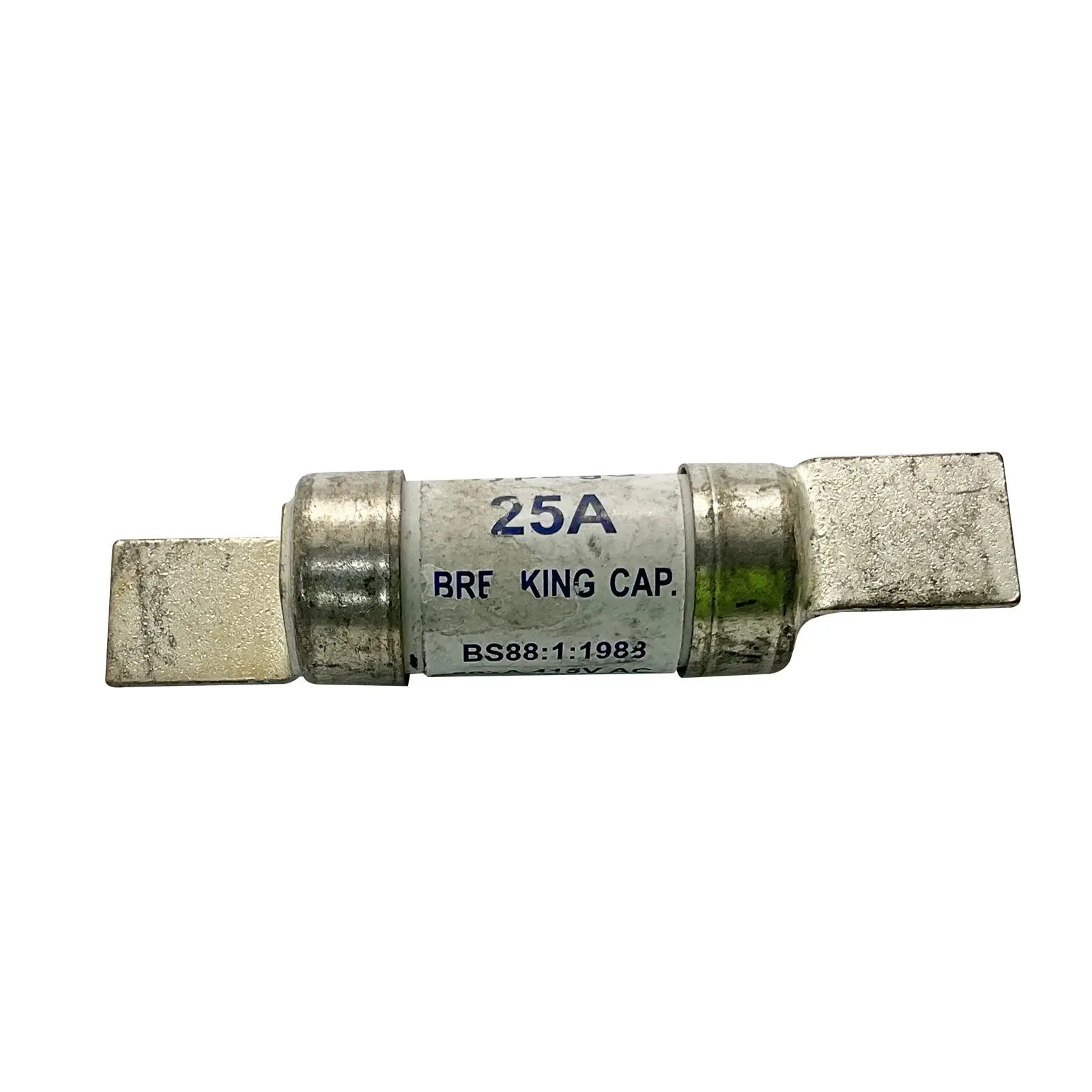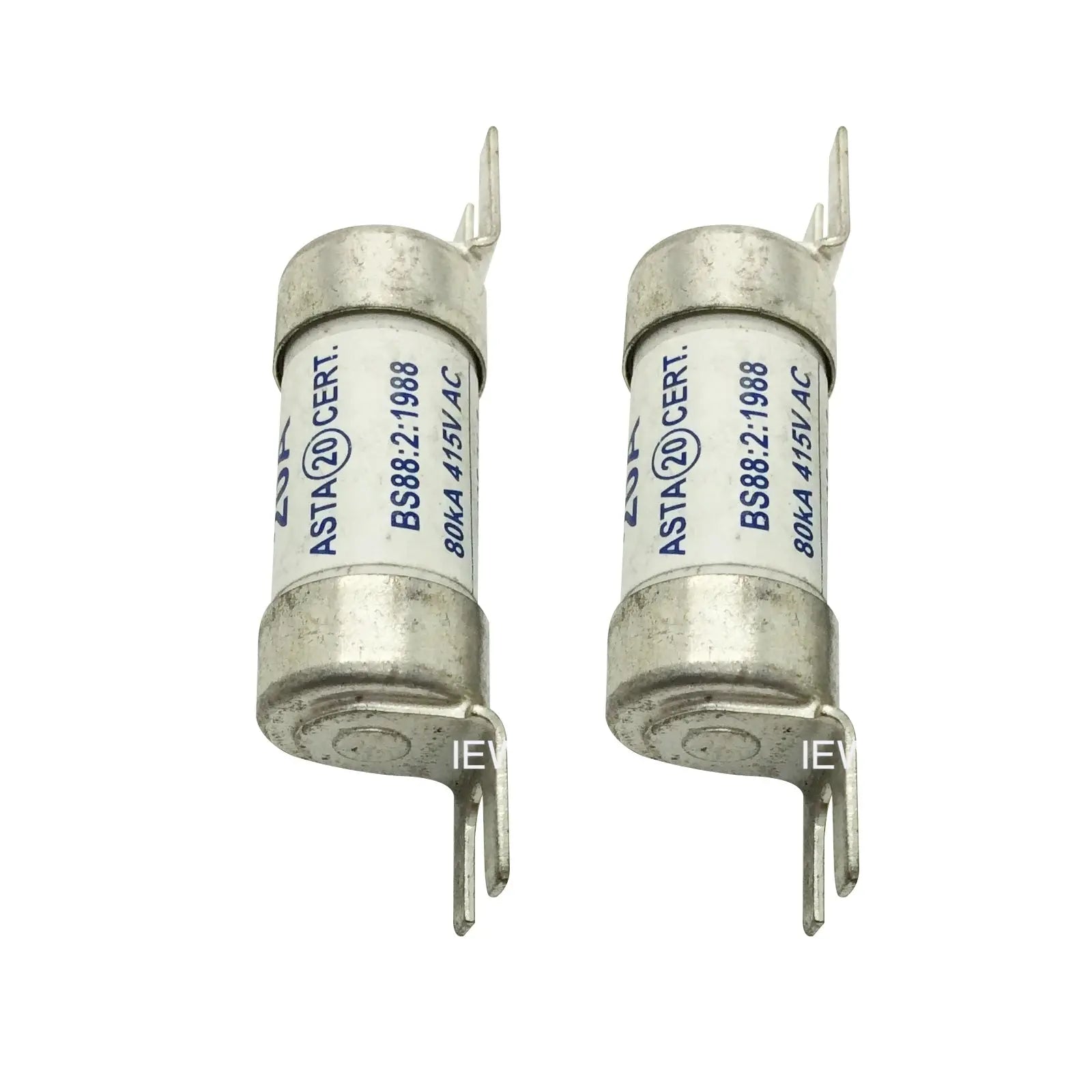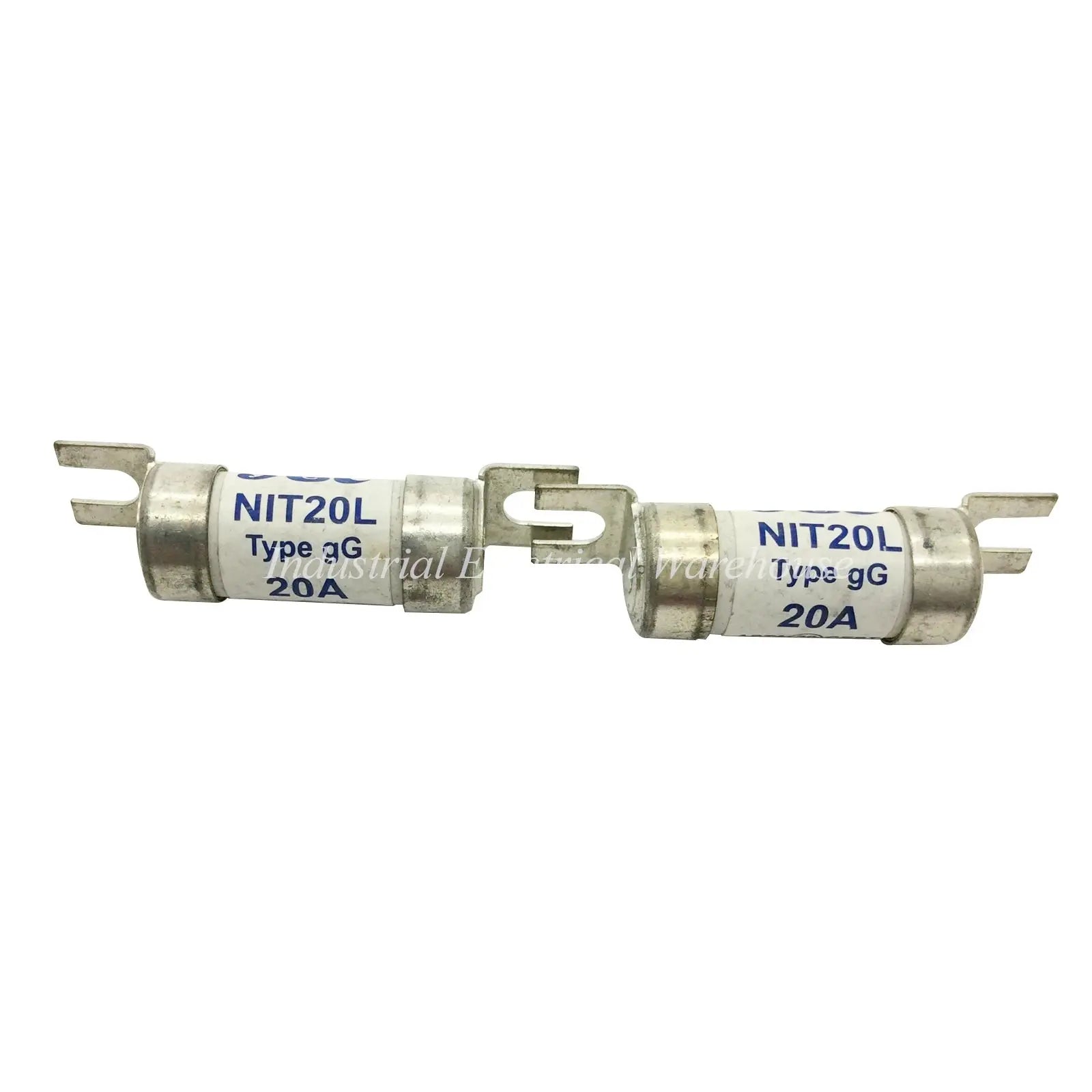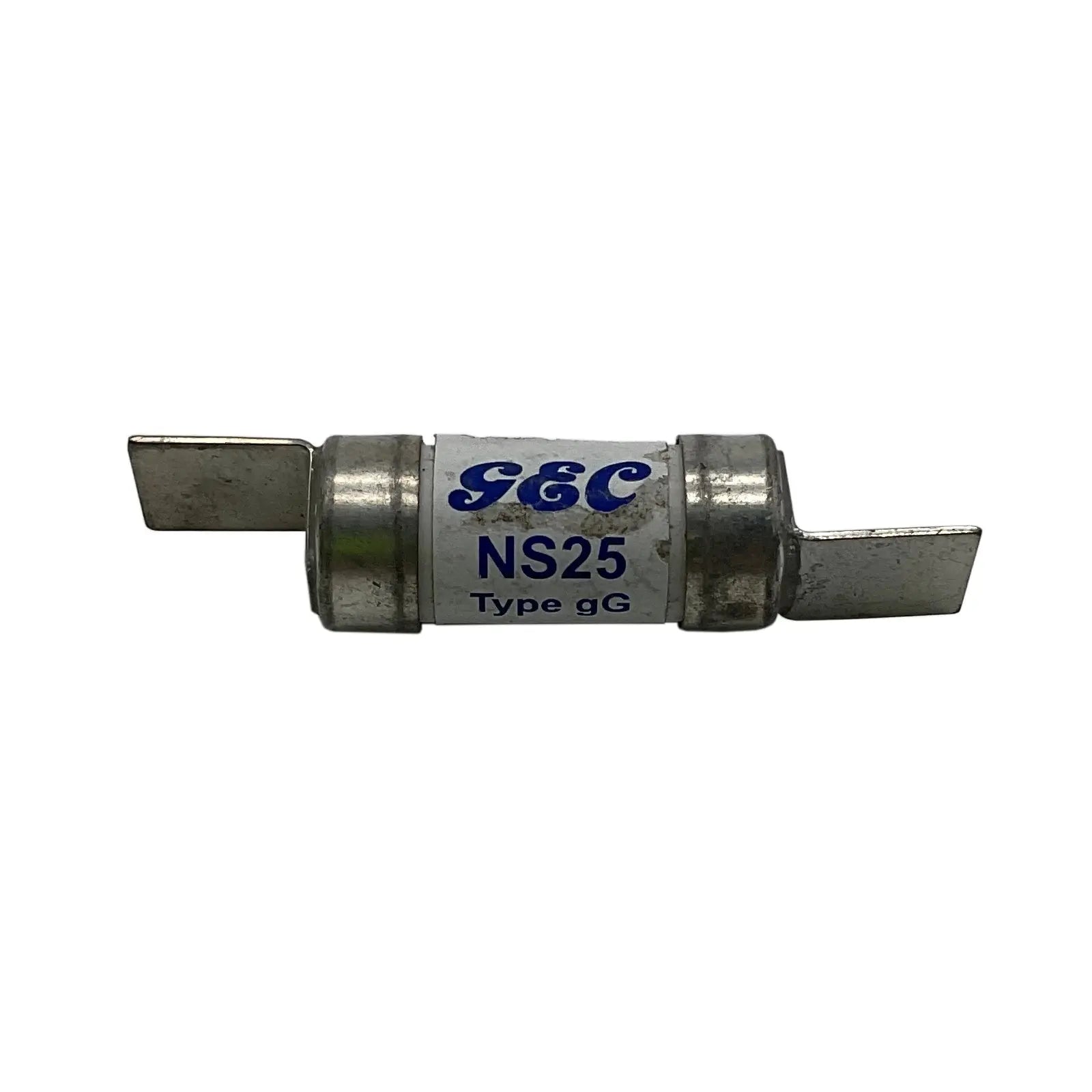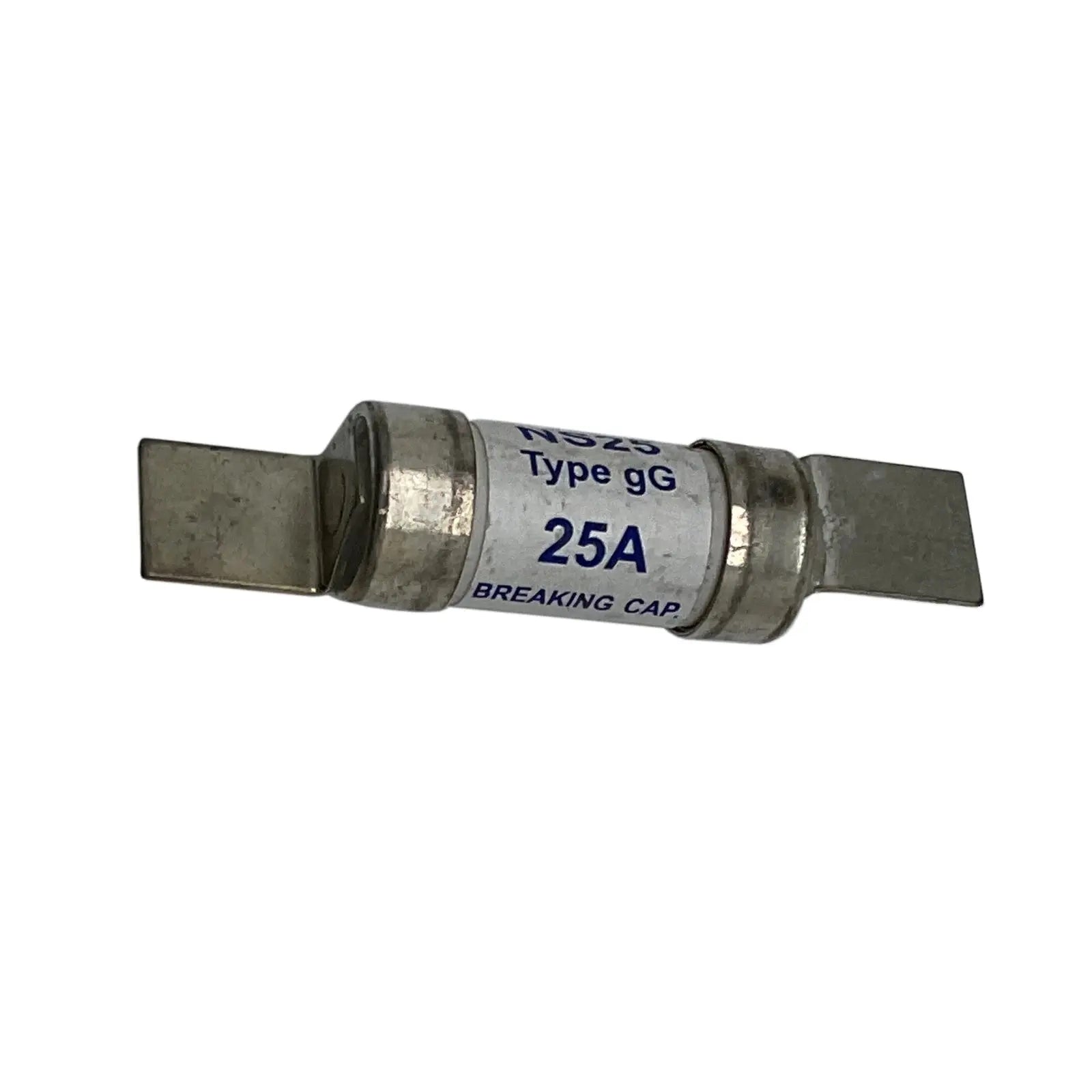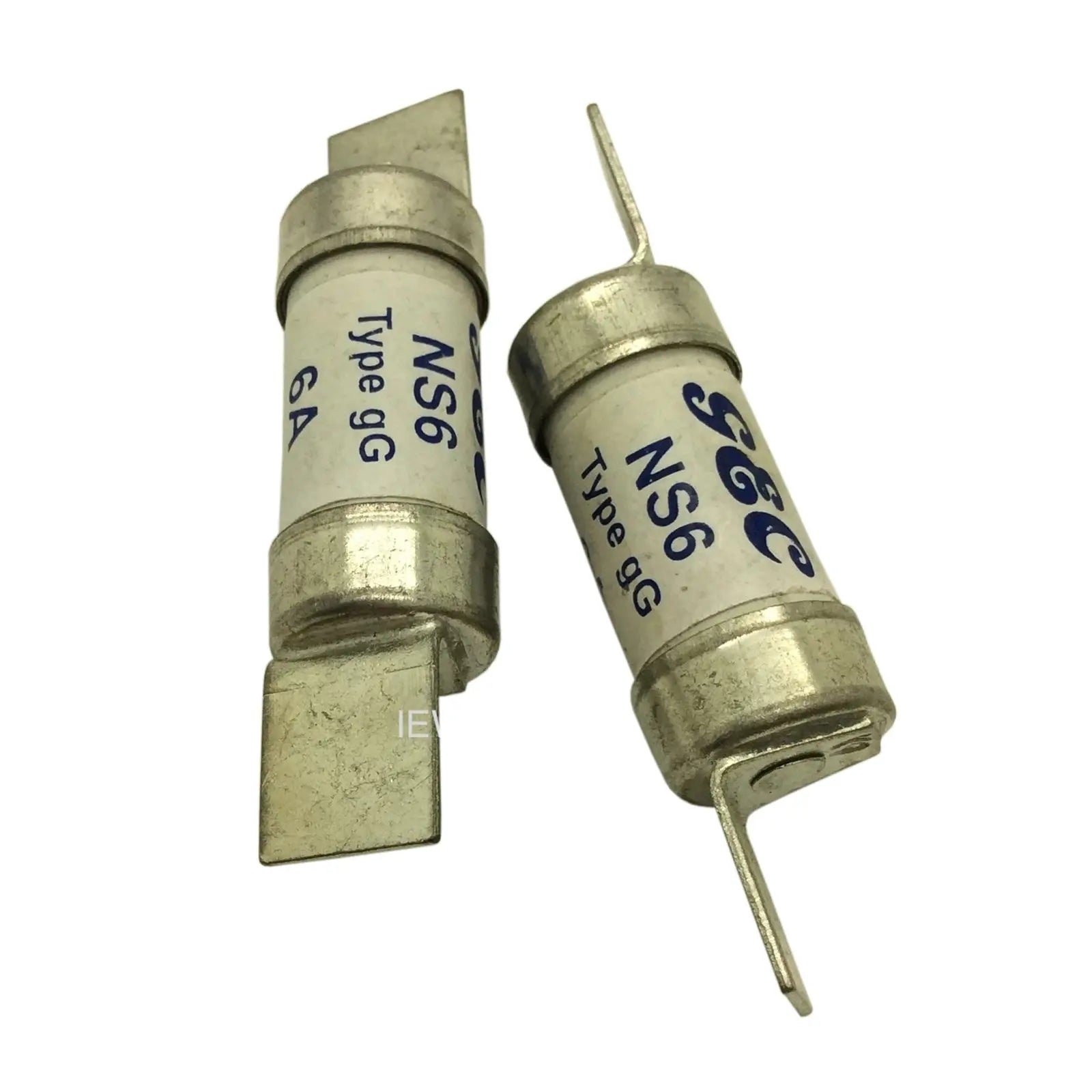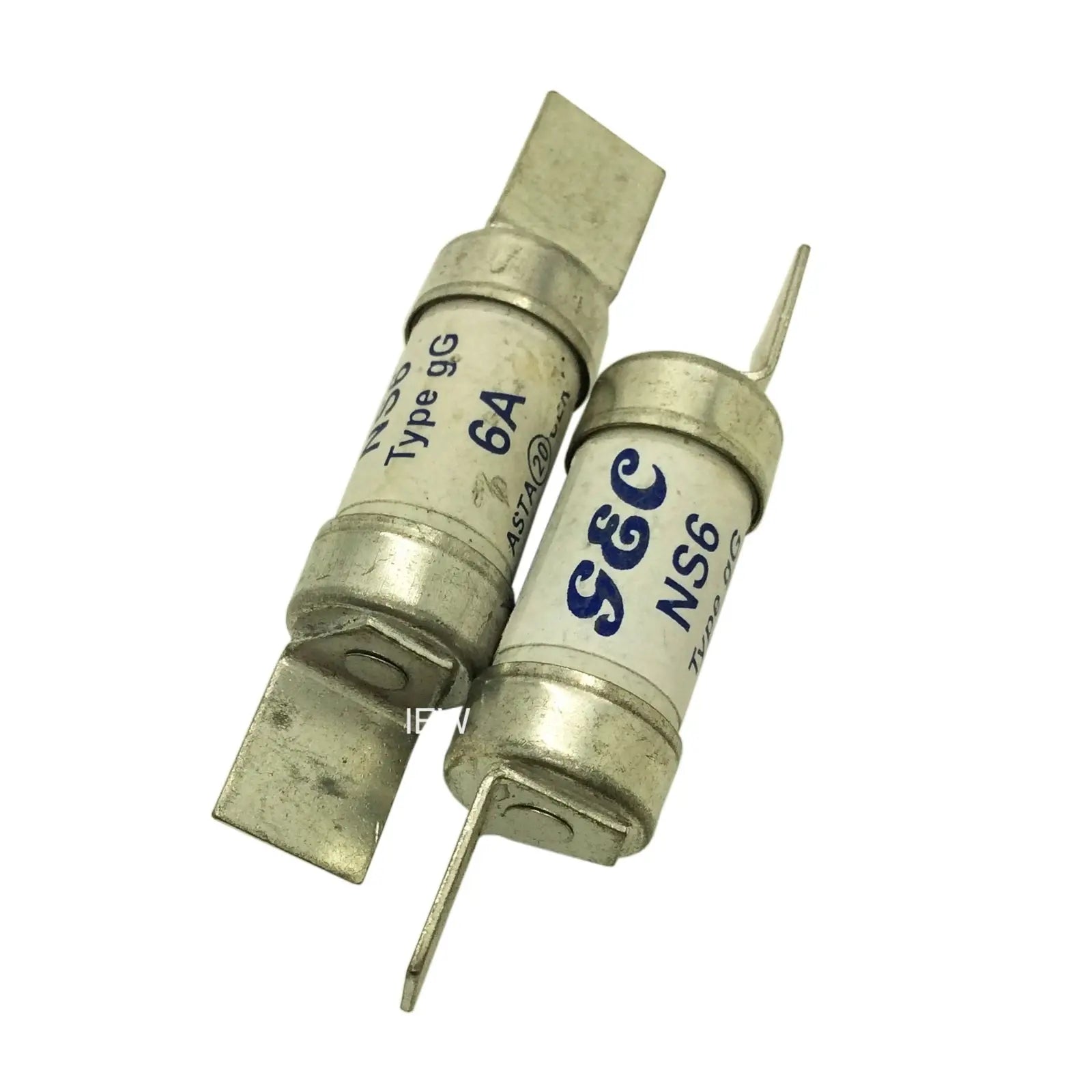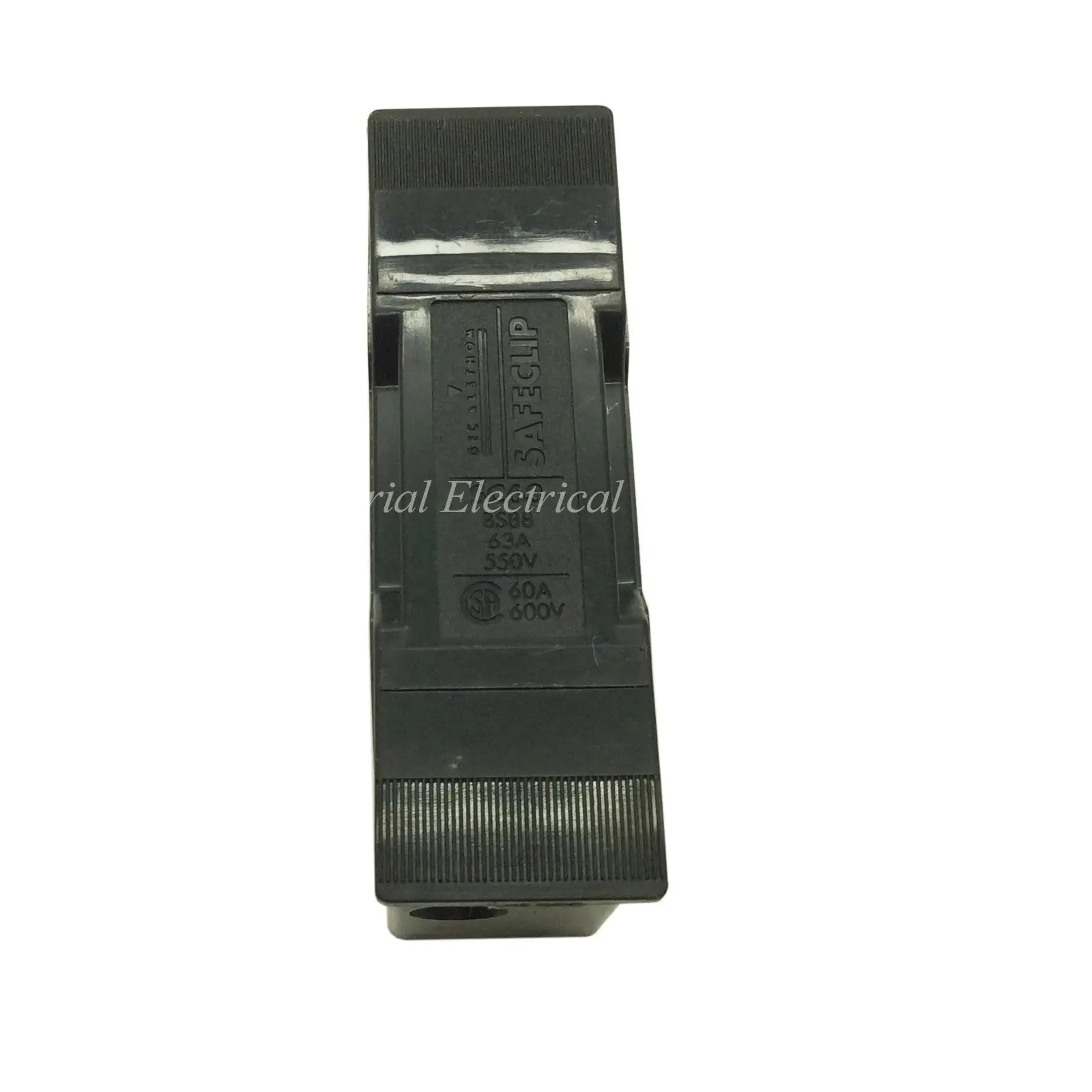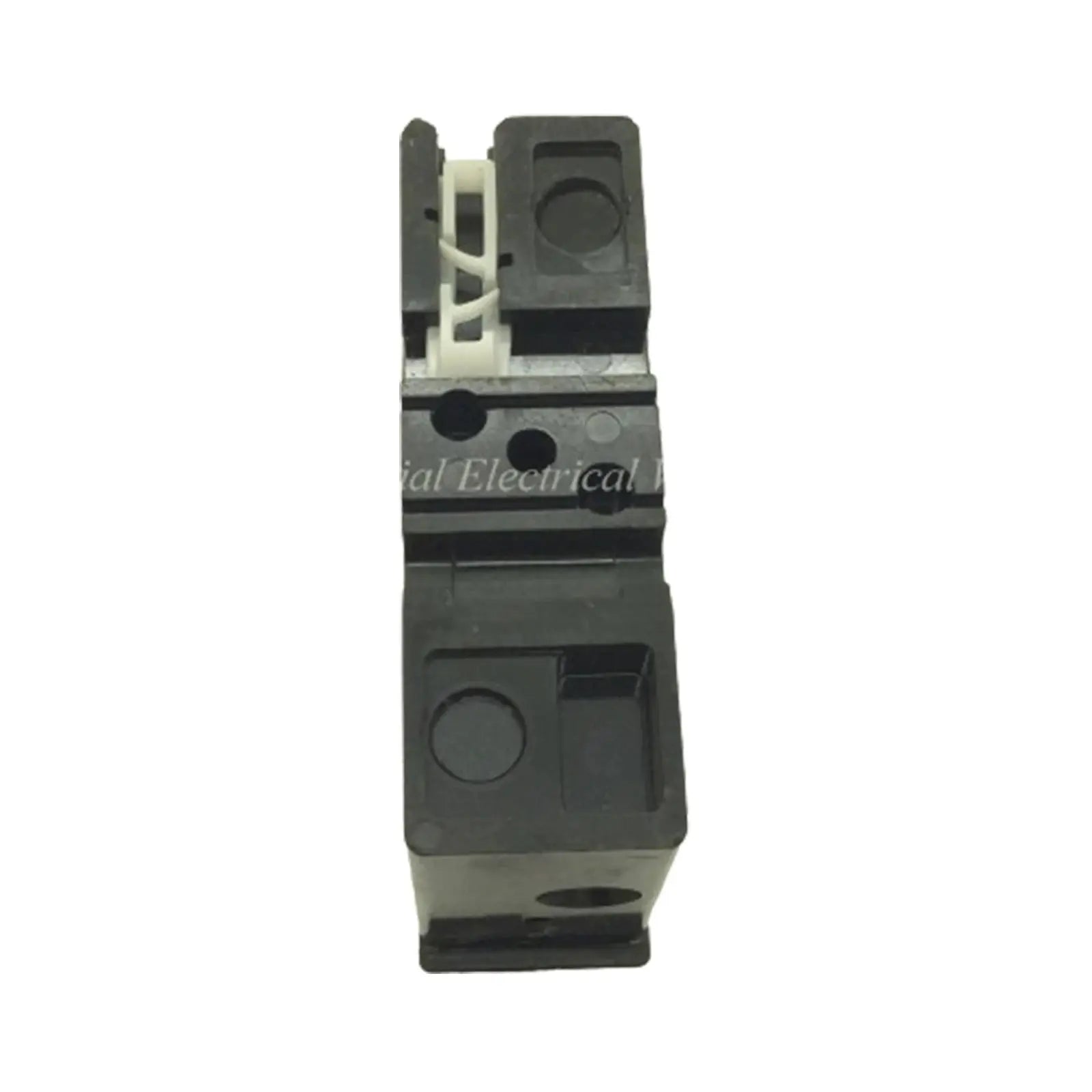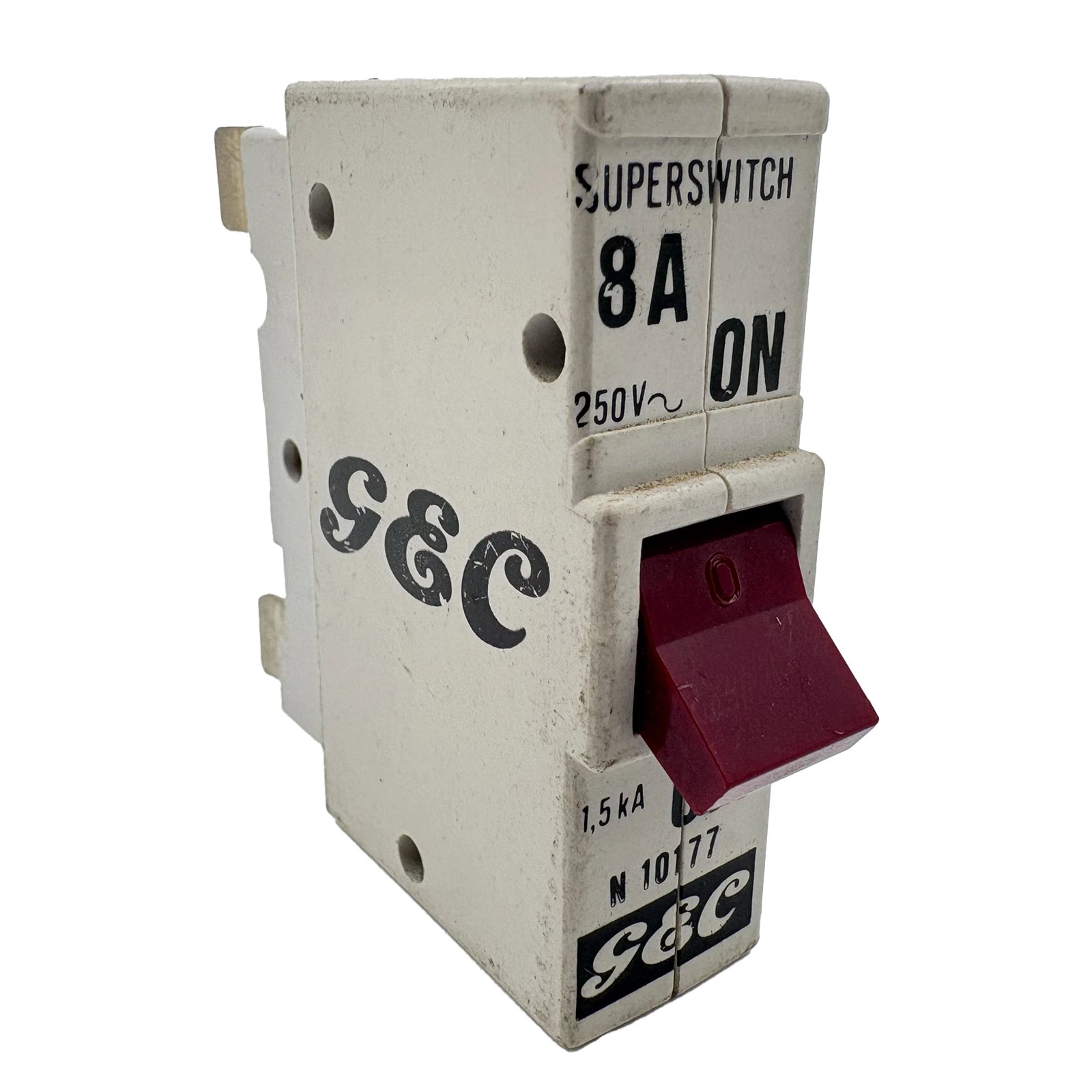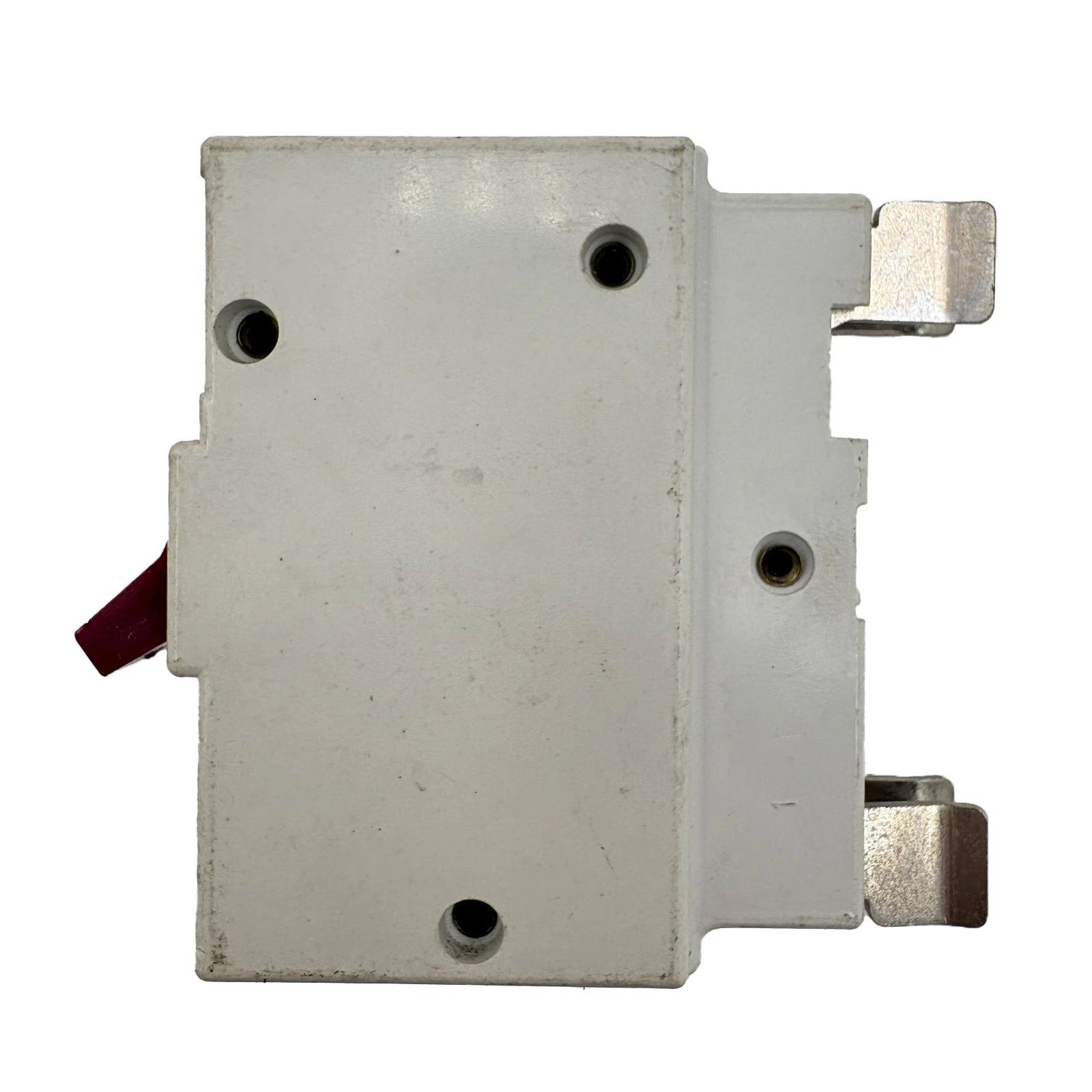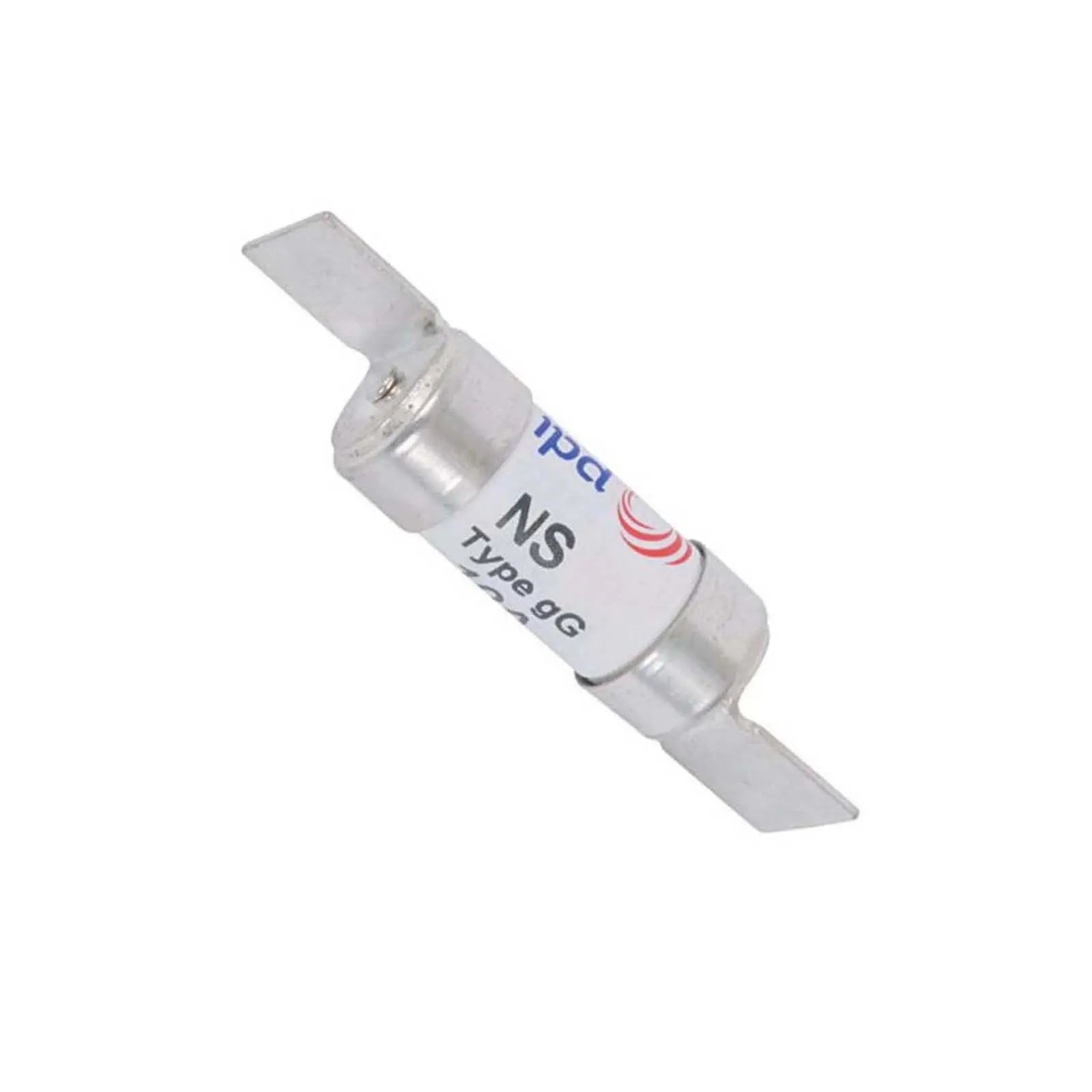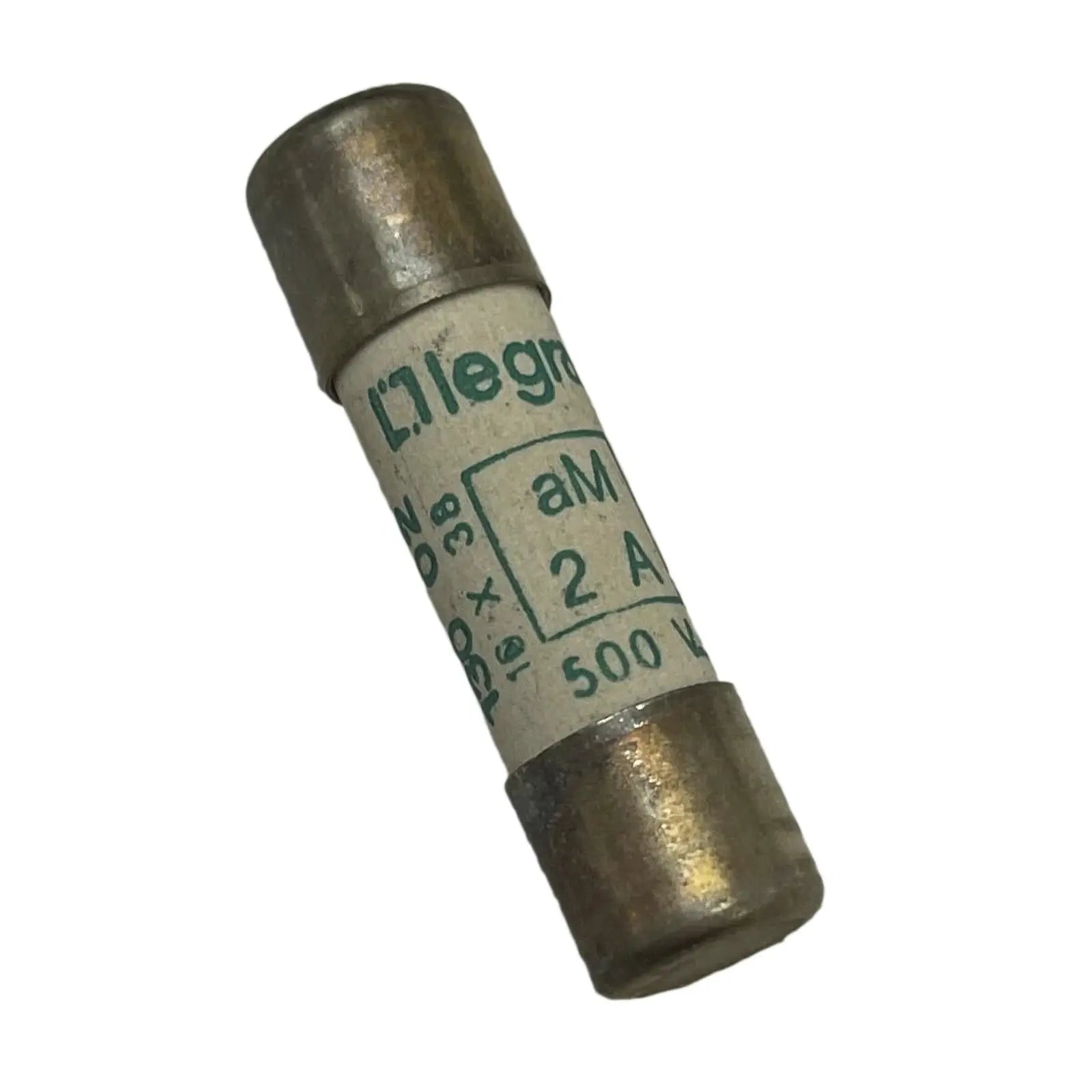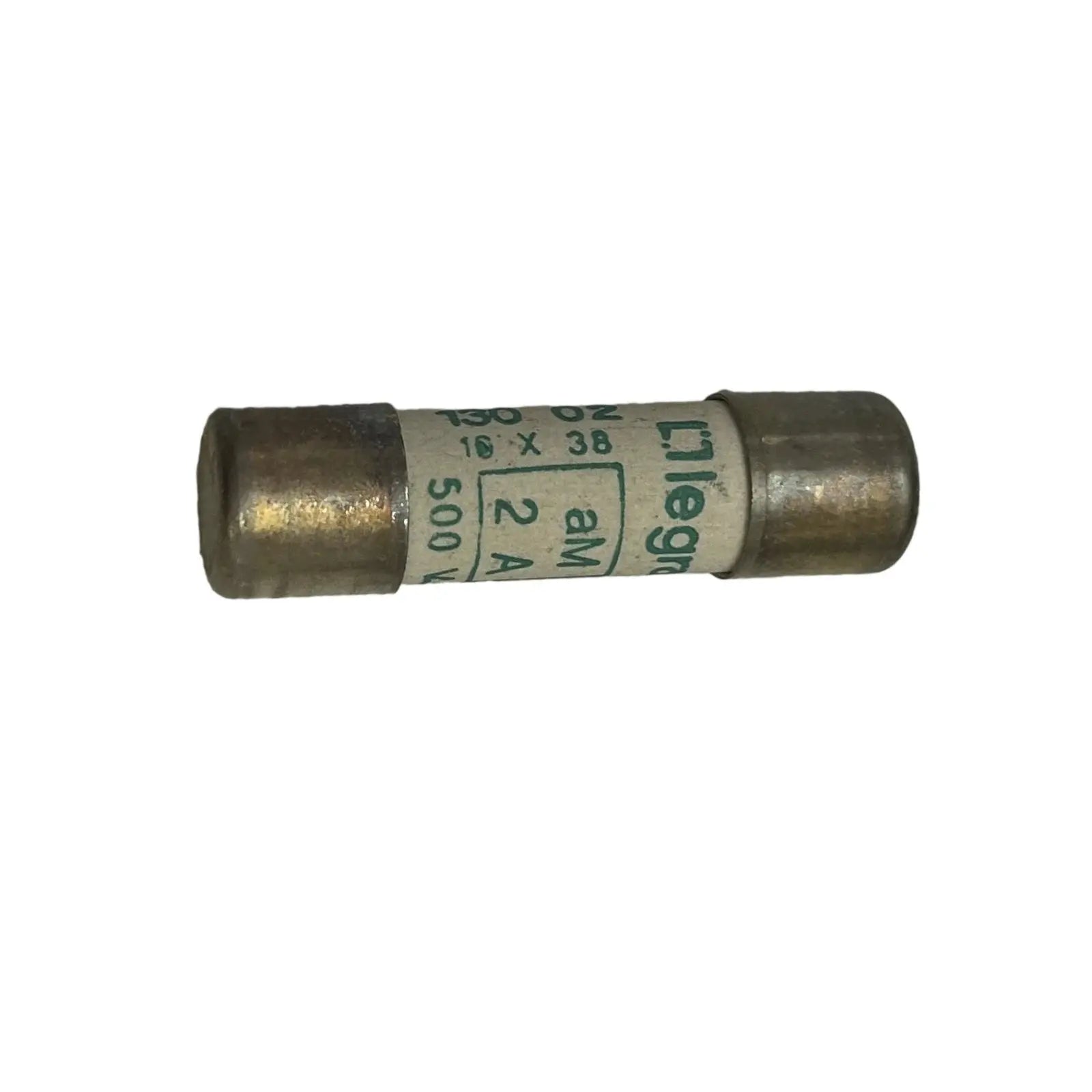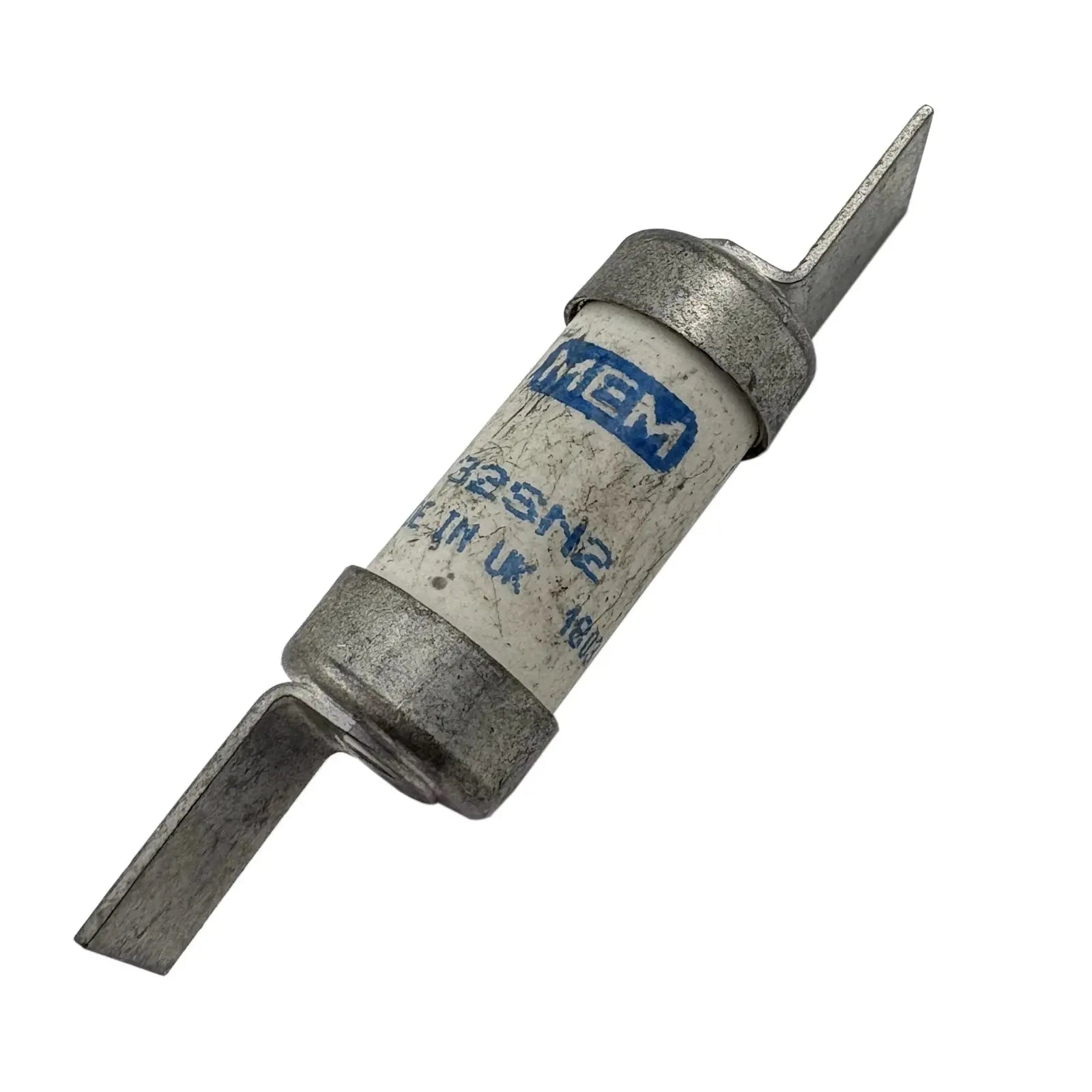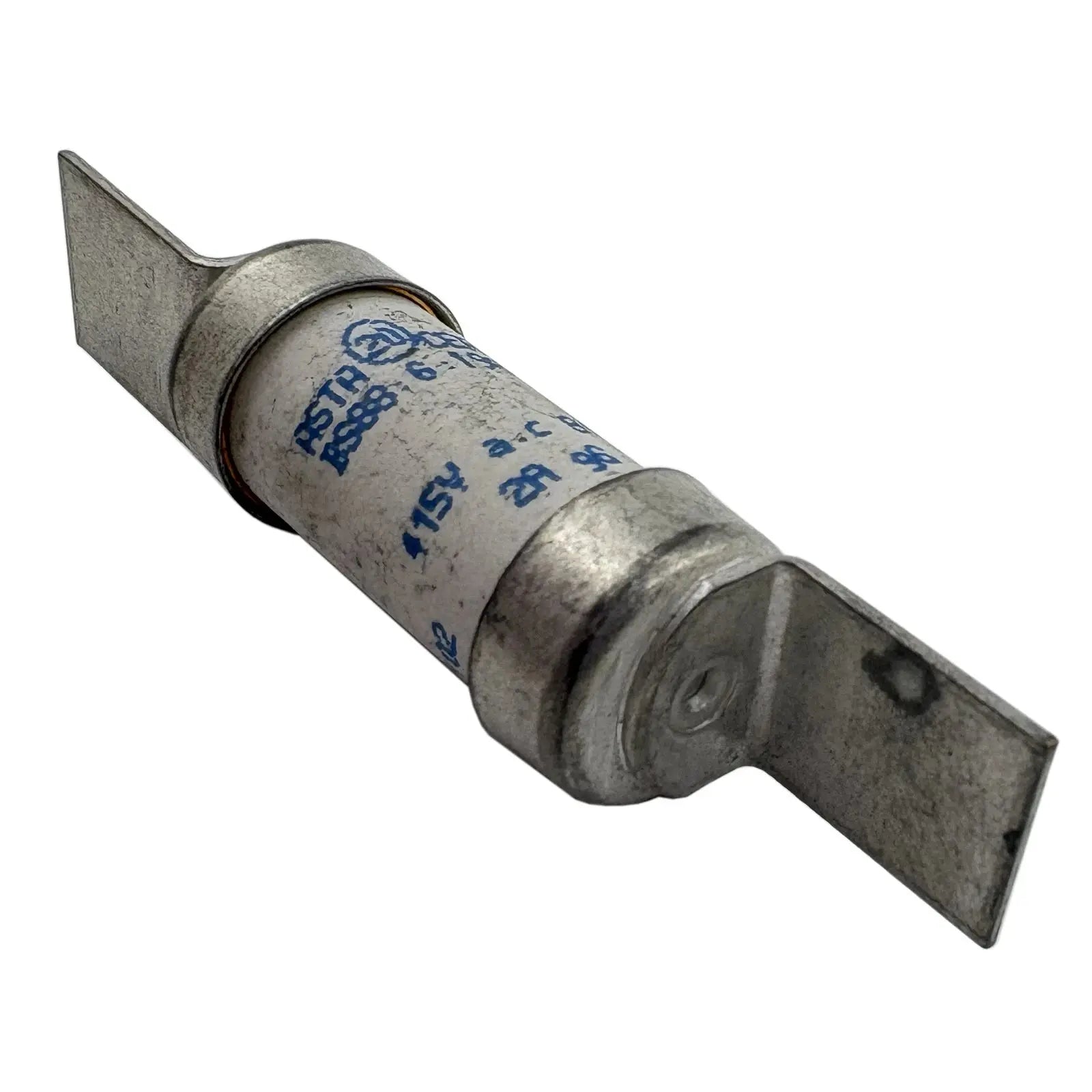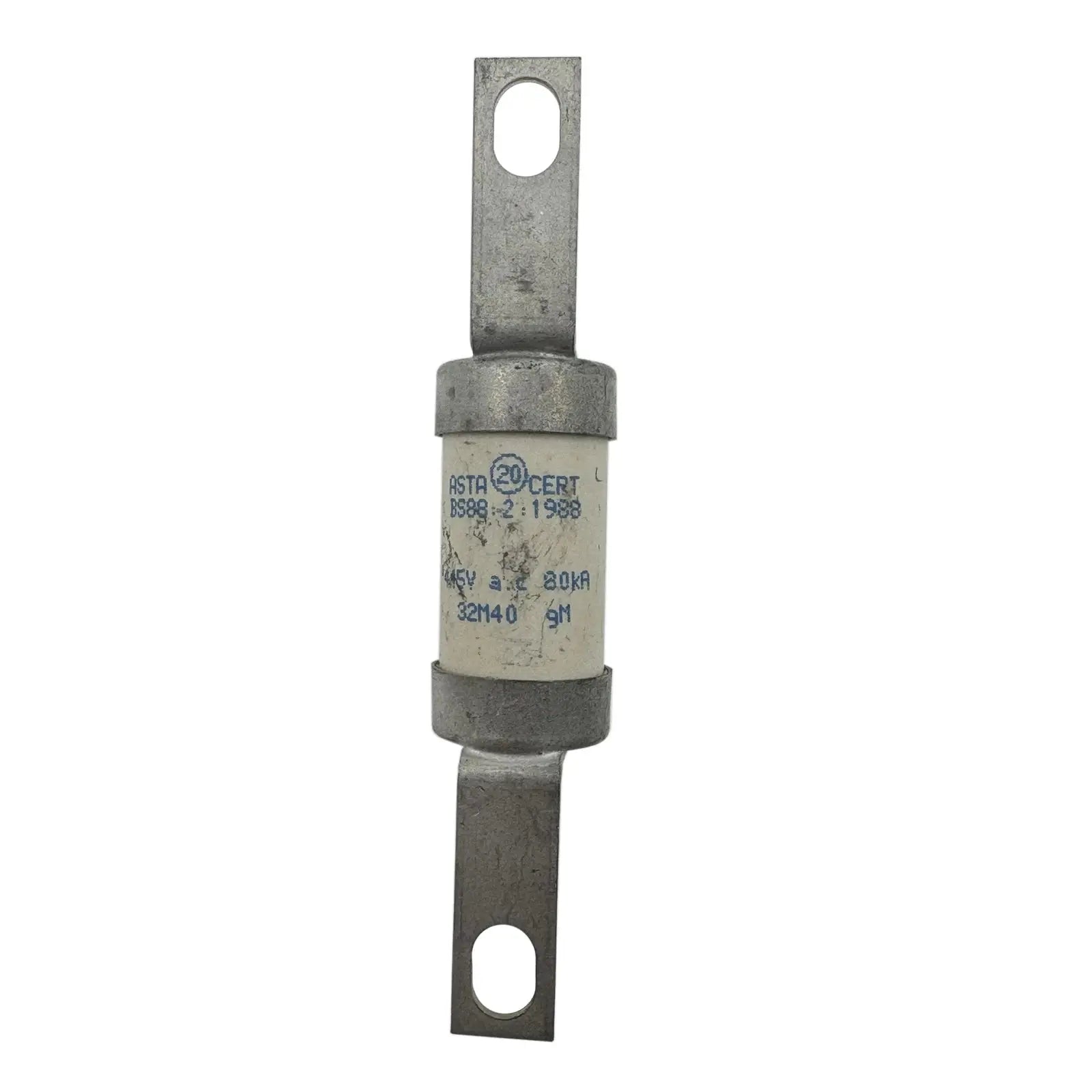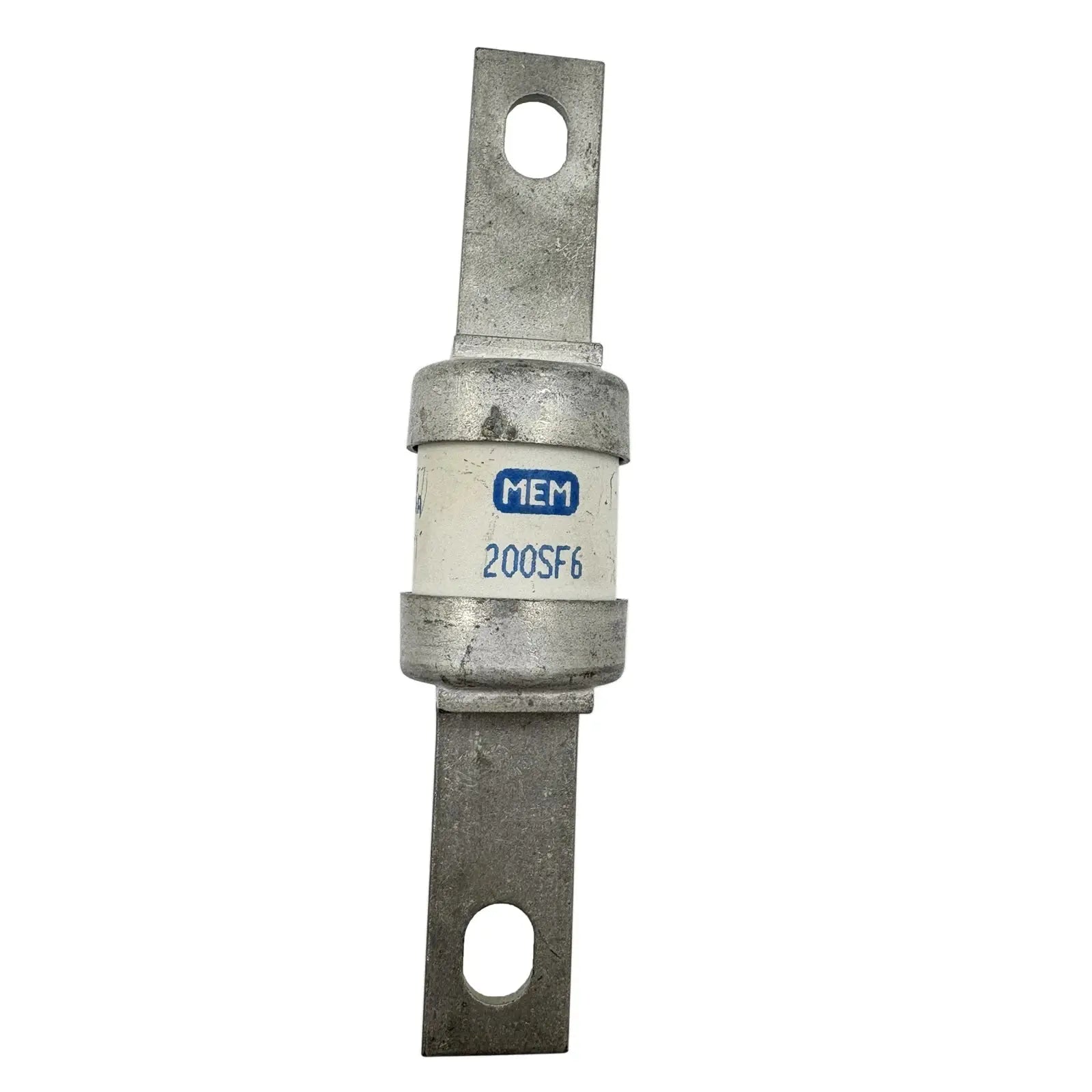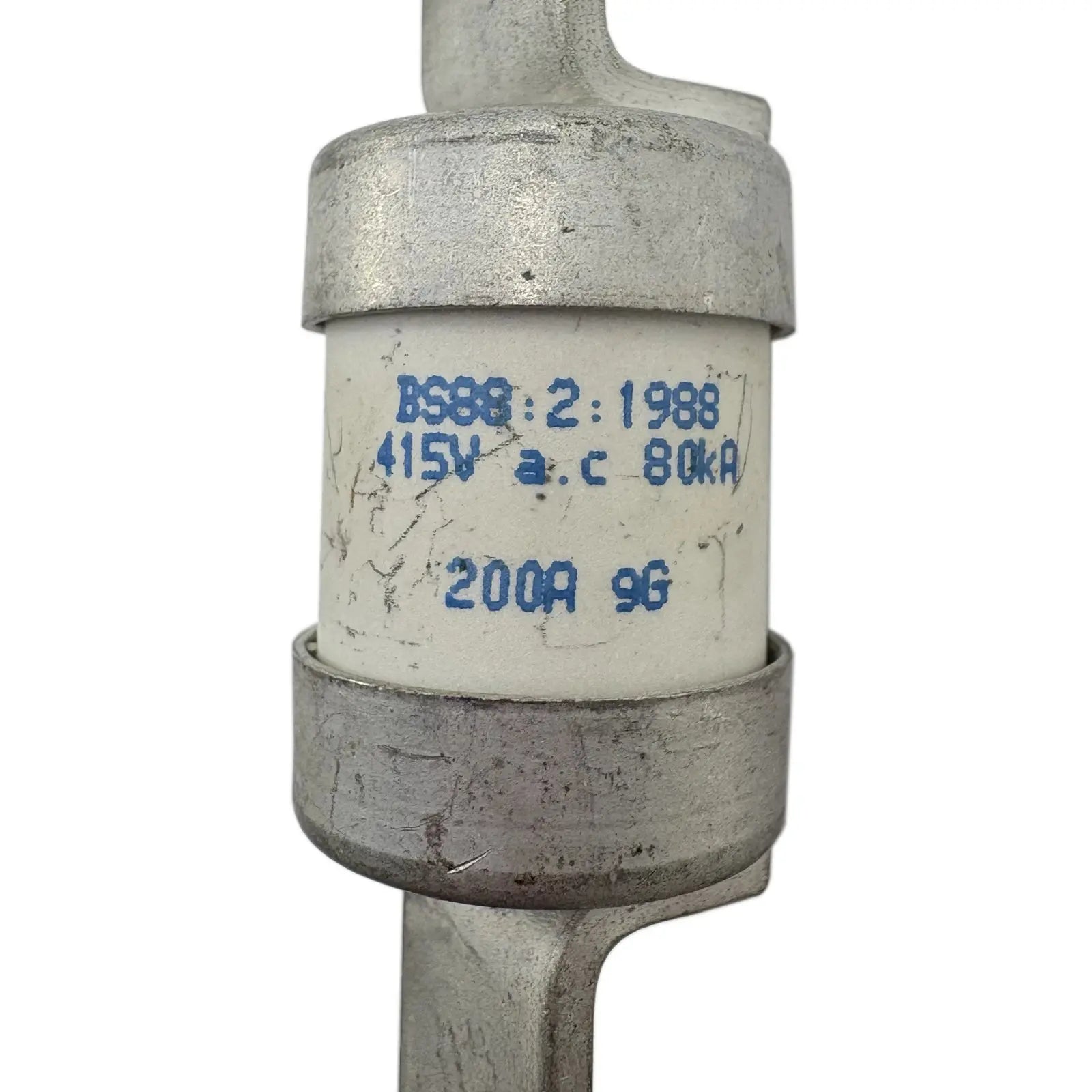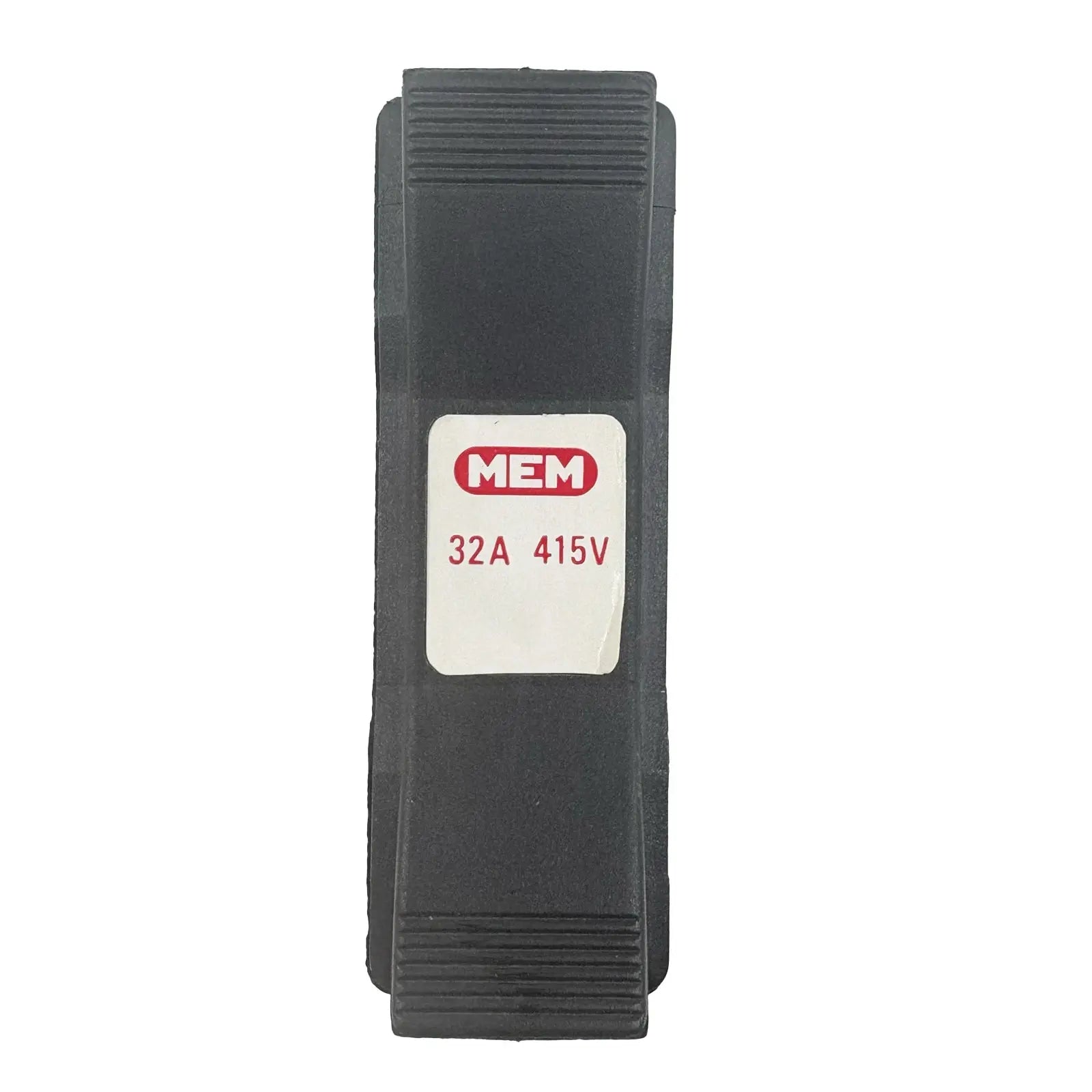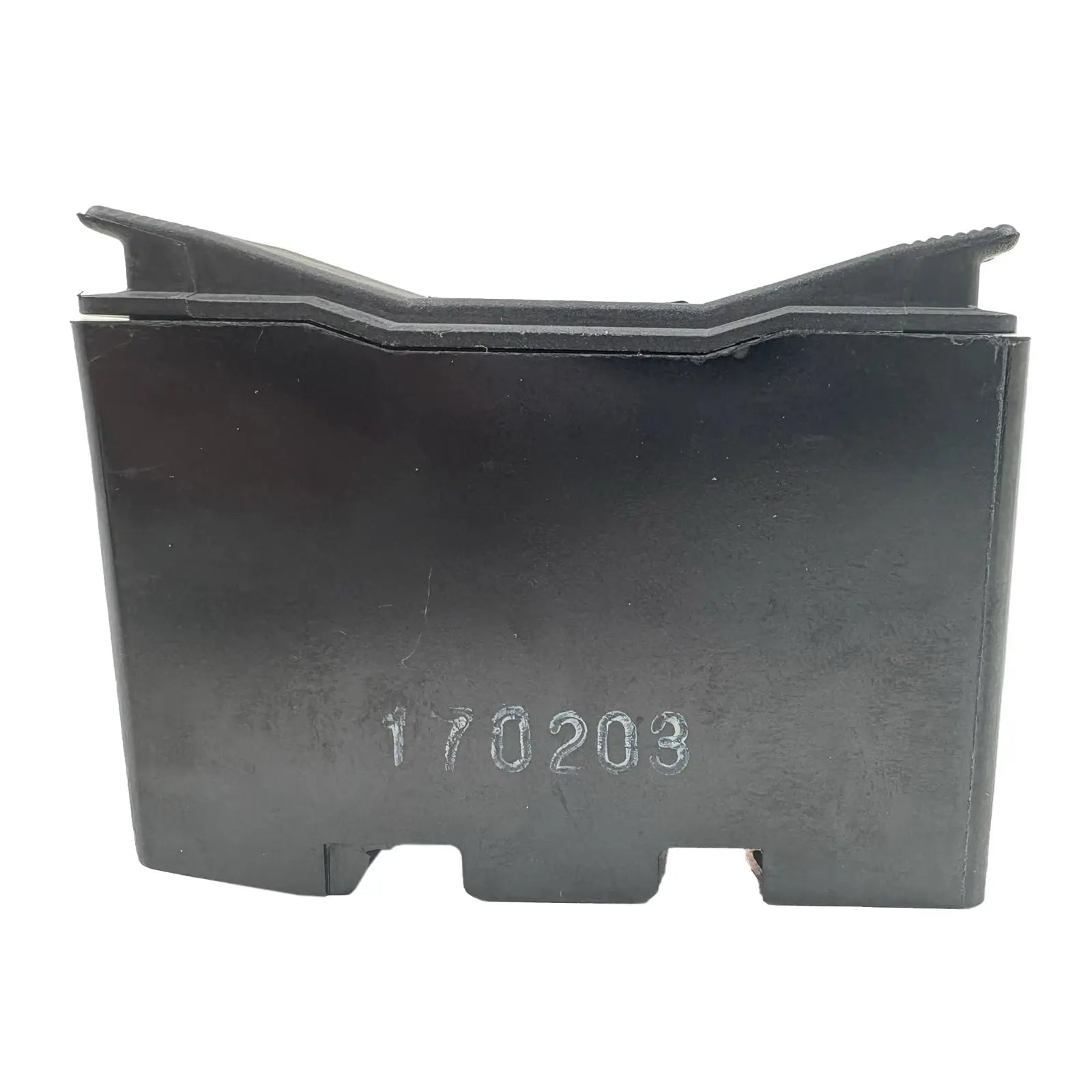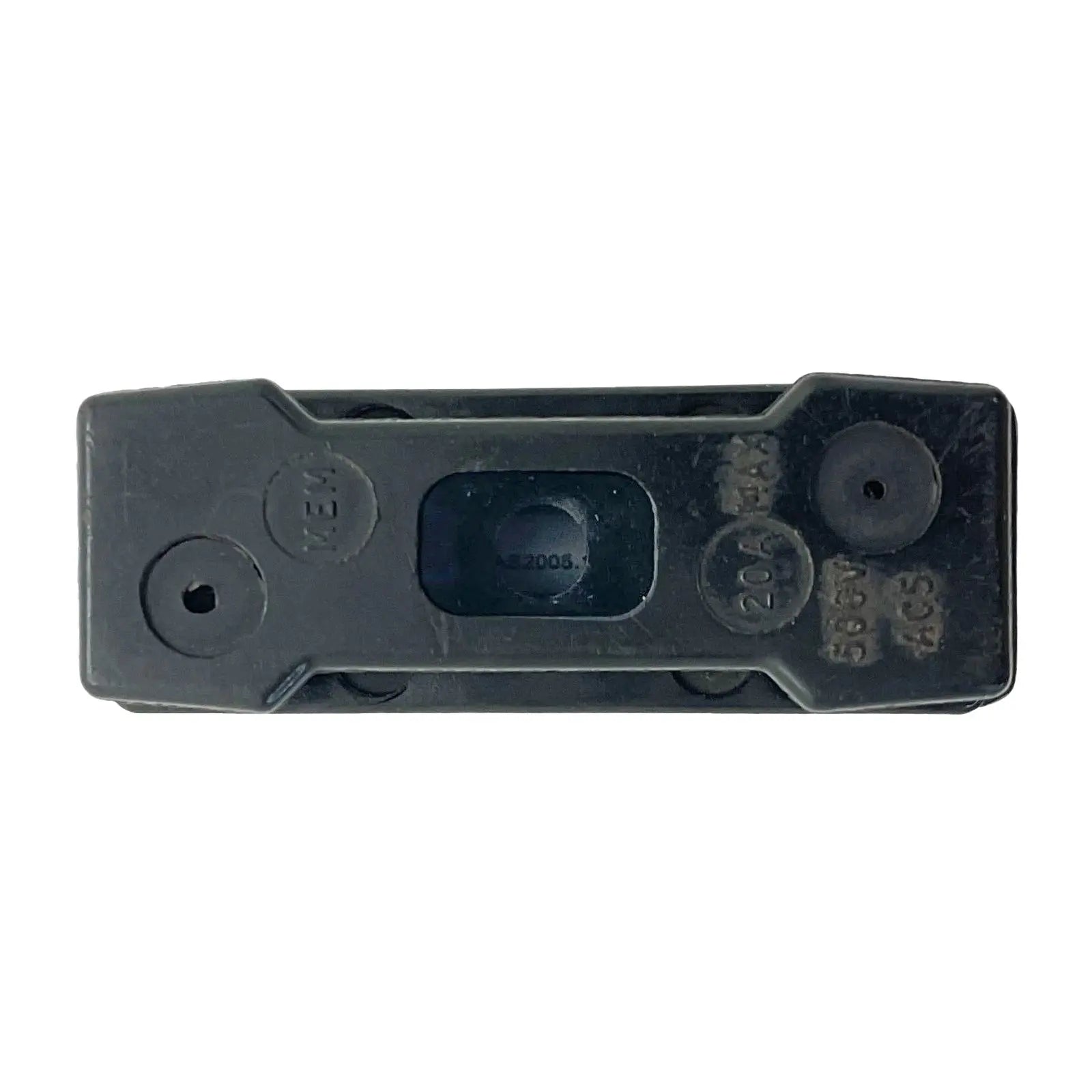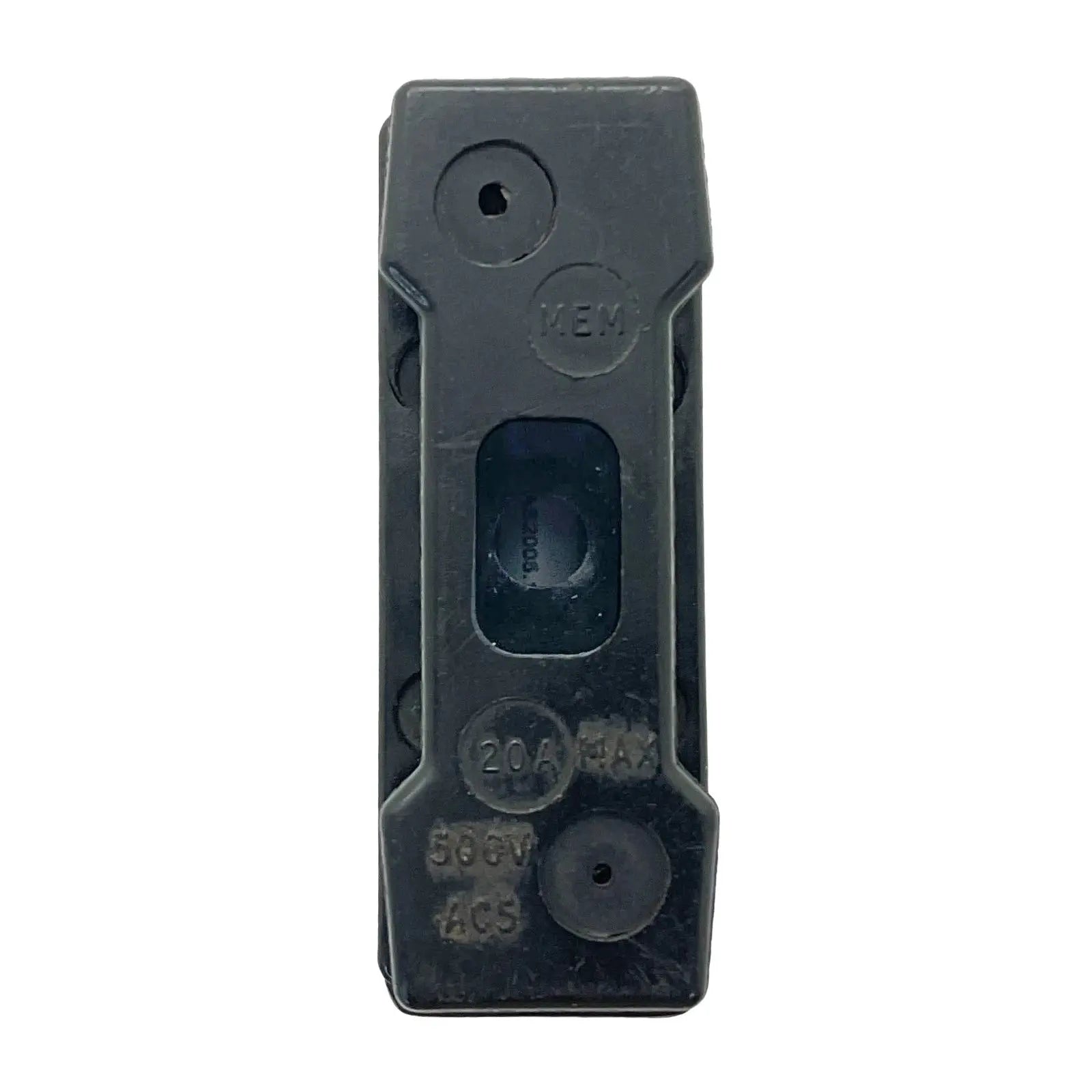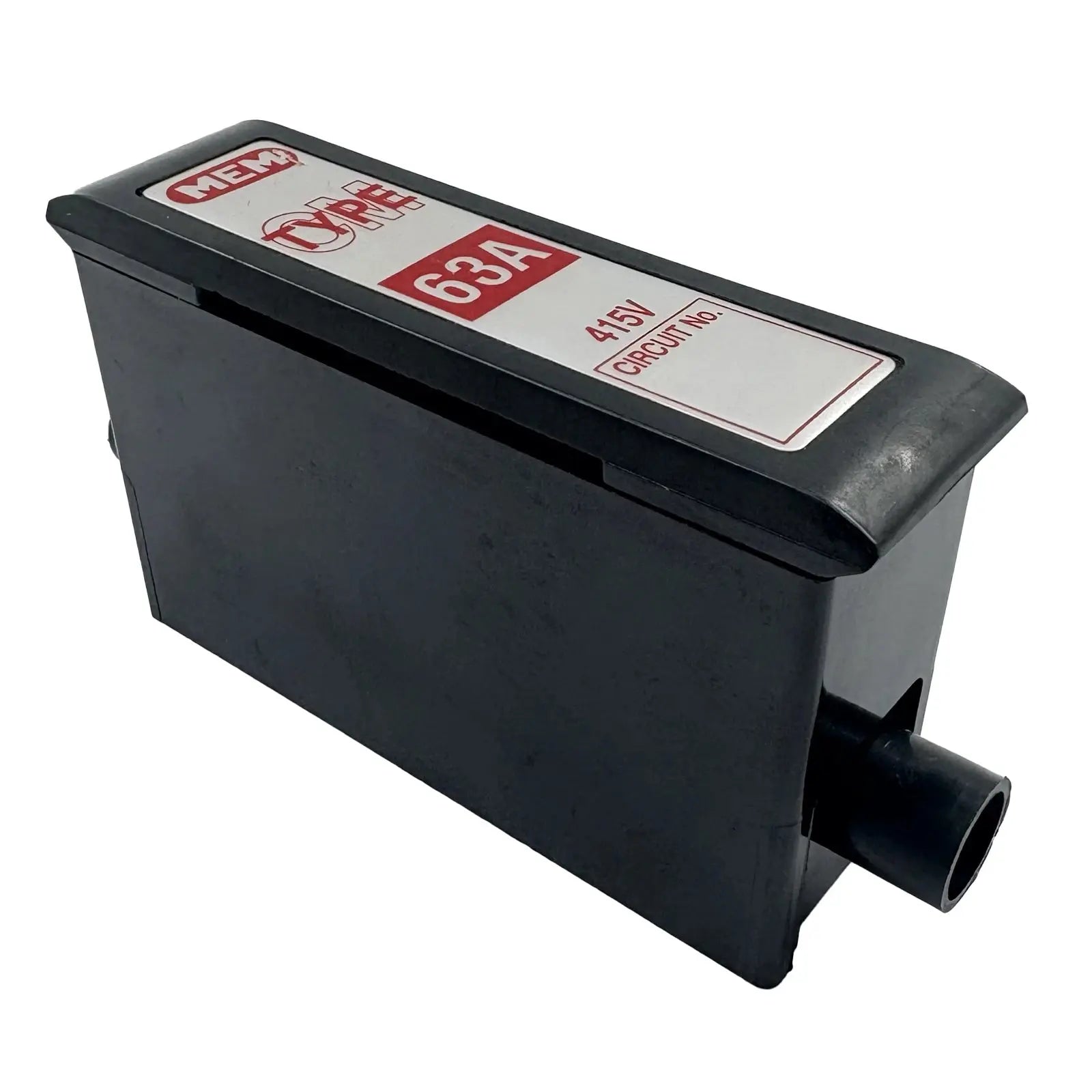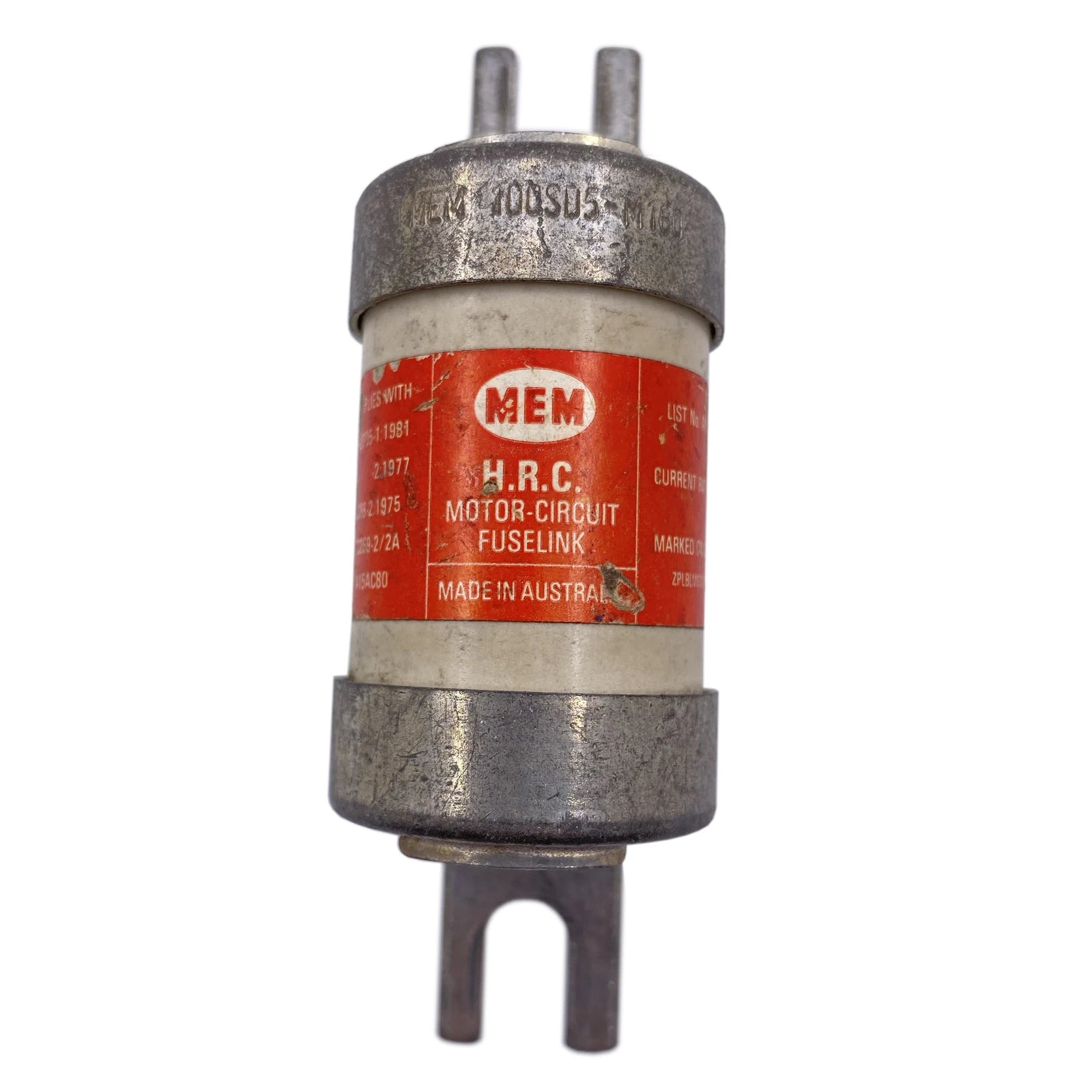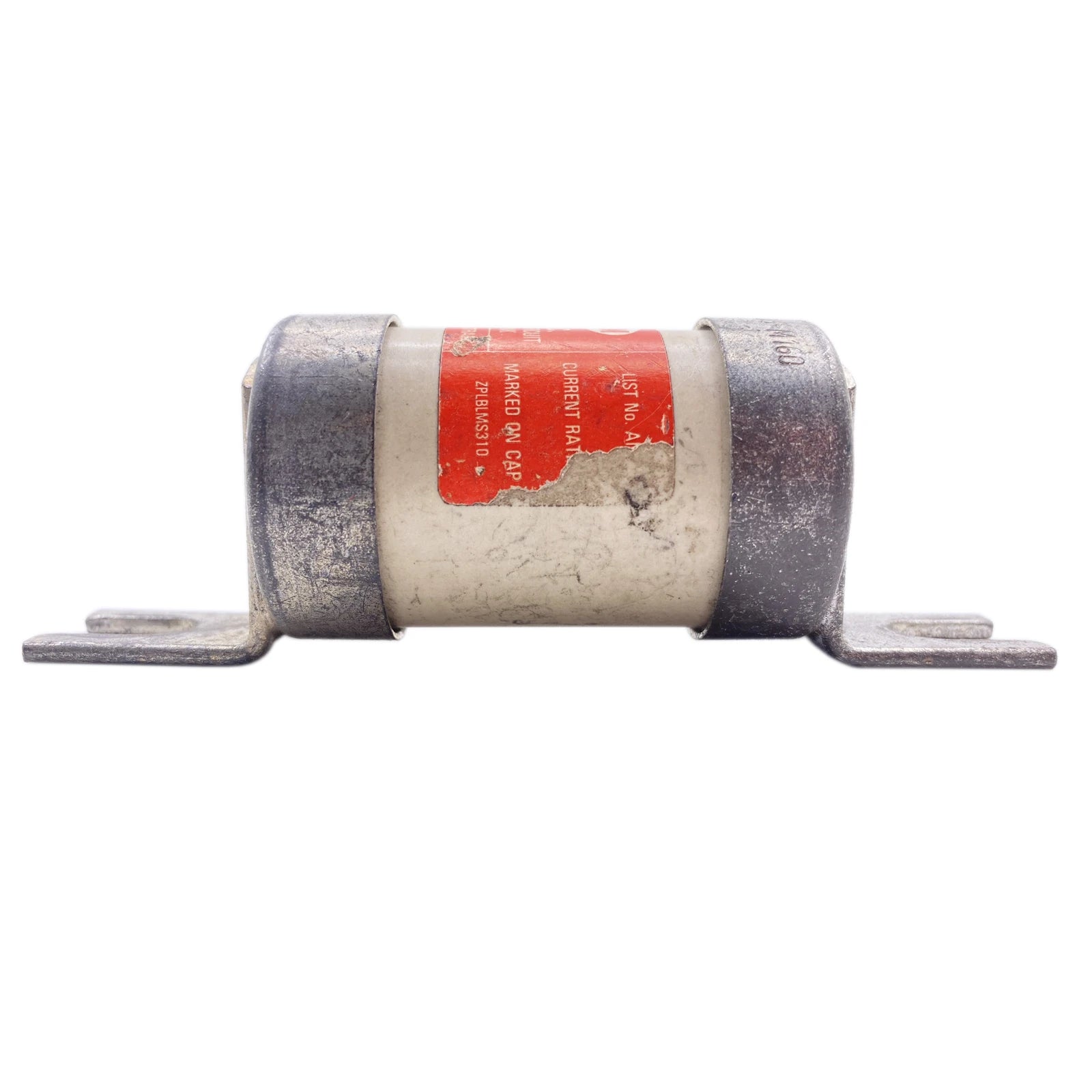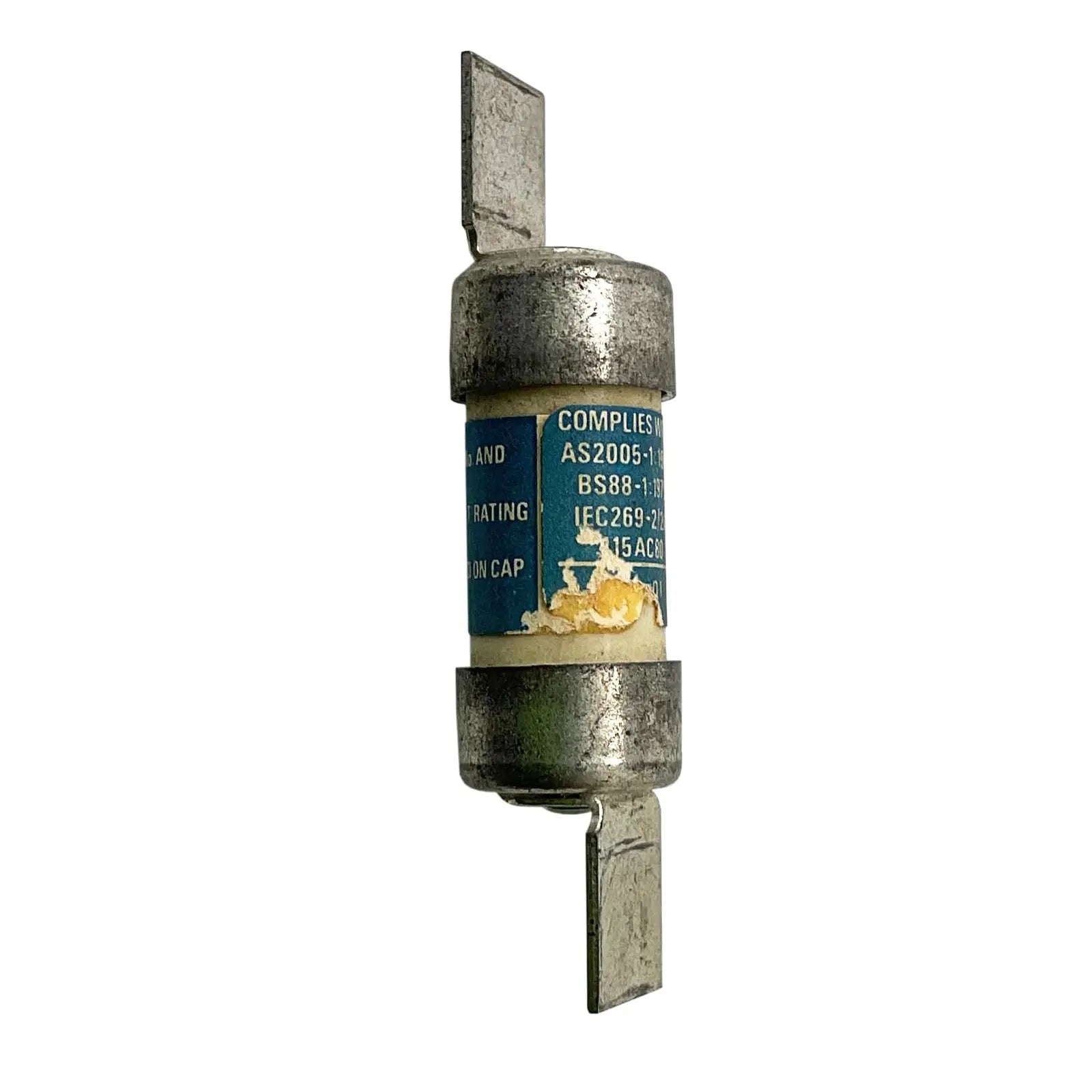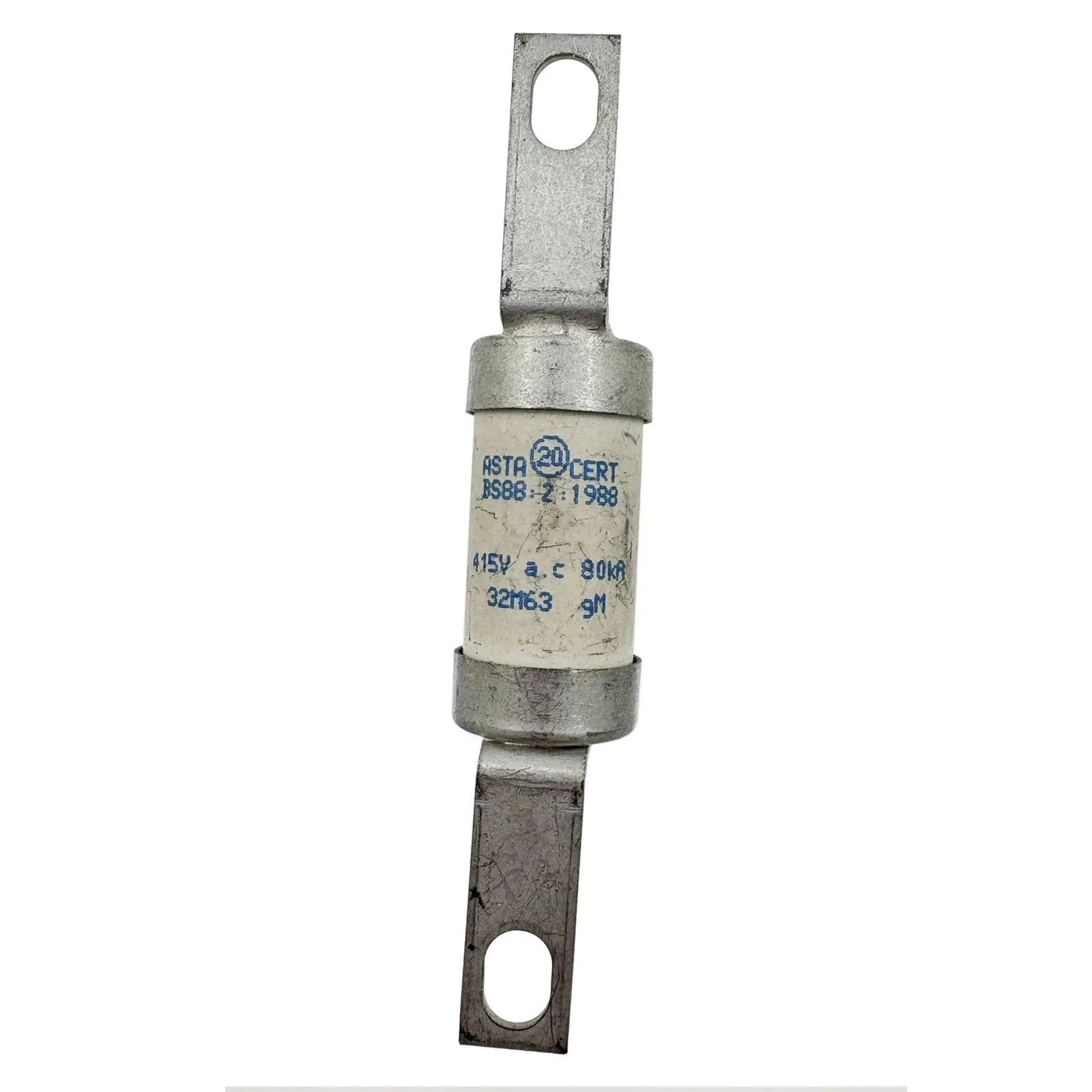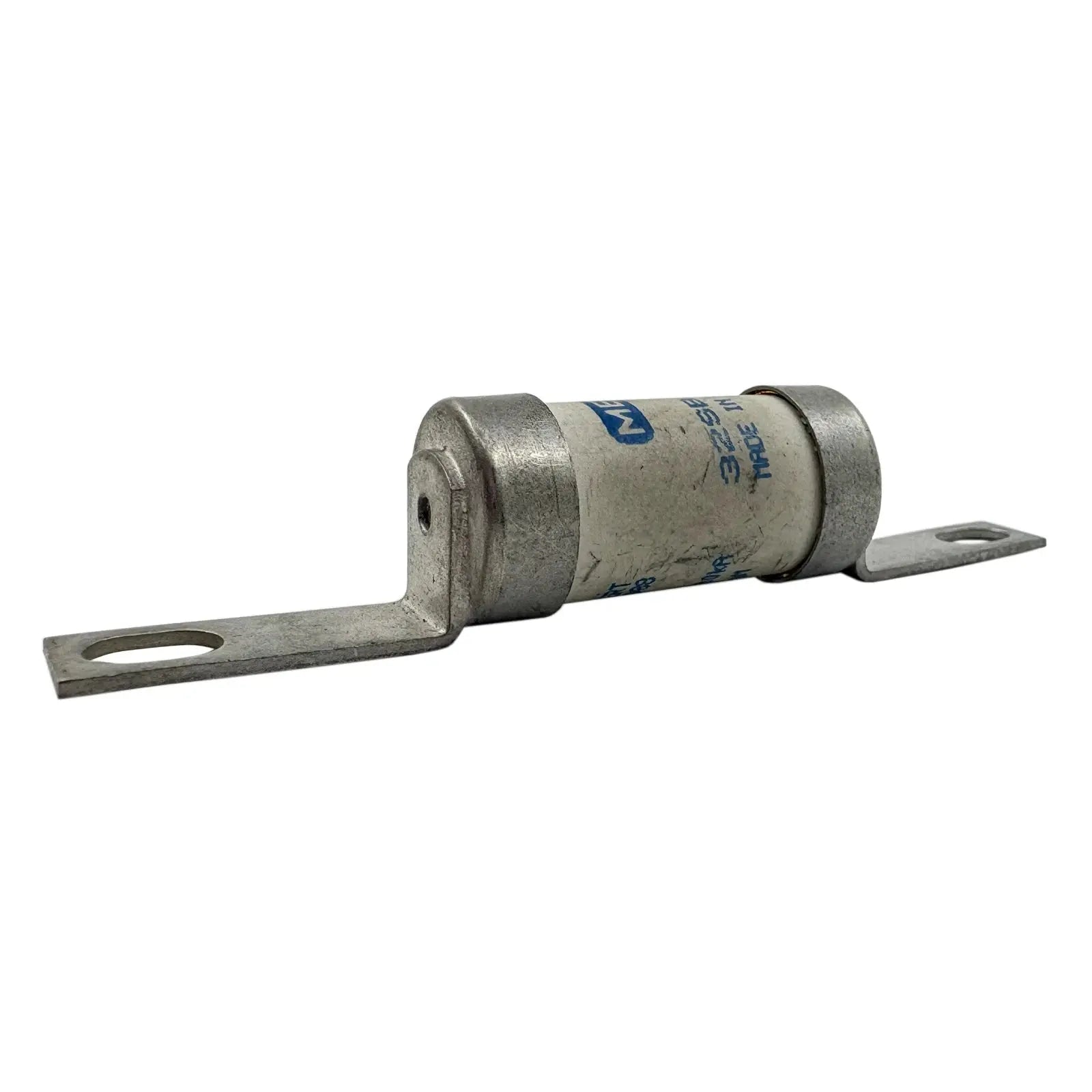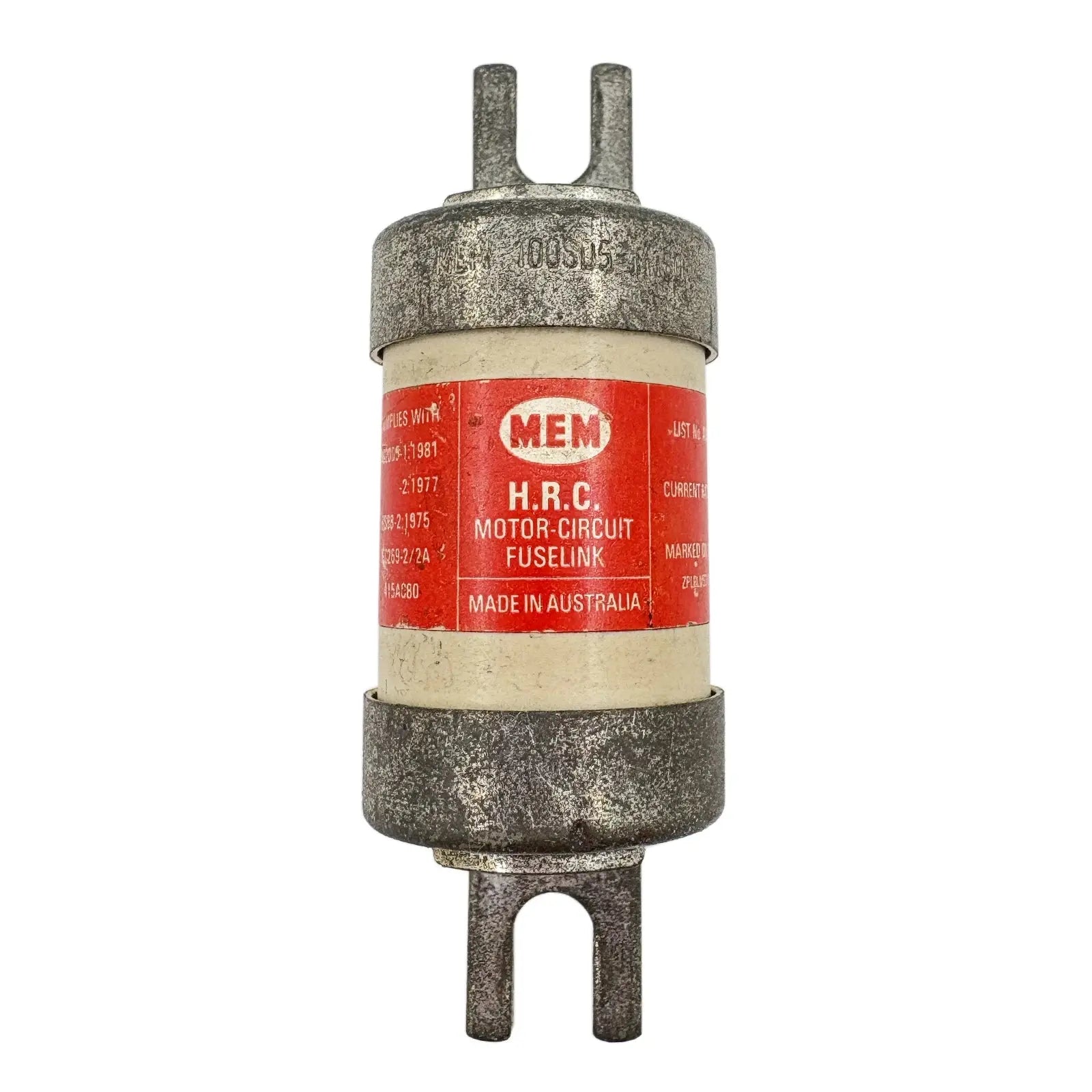Fusibles y portafusibles: protegiendo sus circuitos eléctricos
En un circuito eléctrico, la seguridad y la fiabilidad del sistema son fundamentales. Los fusibles y portafusibles desempeñan un papel crucial en la protección de estos circuitos, protegiéndolos del flujo excesivo de corriente. Comprender la función y los tipos de fusibles, así como seleccionar el fusible y portafusibles adecuados, son pasos esenciales para garantizar el rendimiento óptimo de su sistema eléctrico.
Comprender la función de los fusibles y portafusibles
Los fusibles son dispositivos de seguridad diseñados para interrumpir el flujo de corriente eléctrica en caso de fallo o sobrecarga. Actúan como el eslabón más débil del circuito y brindan protección fundiéndose o fundiéndose cuando la corriente excede su capacidad nominal. Por otro lado, los portafusibles son los dispositivos que sujetan los fusibles en su lugar, proporcionando una conexión segura y facilitando su reemplazo.
La función básica de los fusibles en los circuitos eléctricos
Los fusibles cumplen una función esencial en los circuitos eléctricos. Cuando la corriente supera su valor nominal, se calientan, lo que provoca que el elemento fusible se funda y rompa el circuito. Esto ayuda a prevenir daños a los componentes del circuito y posibles peligros, como incendios o descargas eléctricas.
Importancia de los portafusibles en la protección de circuitos
Los portafusibles no solo proporcionan un alojamiento seguro para los fusibles, sino que también garantizan conexiones eléctricas adecuadas. Ayudan a mantener la integridad del circuito y evitan conexiones sueltas que podrían provocar sobrecalentamiento y fallos. Además, facilitan la sustitución de fusibles cuando es necesario, garantizando reparaciones rápidas y eficientes.
Profundicemos en el mundo de los fusibles y portafusibles. ¿Sabías que existen varios tipos de fusibles, cada uno diseñado para aplicaciones específicas? Por ejemplo, existen fusibles de acción rápida que responden rápidamente a sobrecorrientes, protegiendo dispositivos electrónicos sensibles. Por otro lado, existen fusibles de retardo que pueden soportar sobrecargas temporales sin fundirse, lo cual resulta útil en situaciones donde pueden producirse breves sobretensiones.
Además, los portafusibles también vienen en diferentes configuraciones para adaptarse a diversos tamaños de fusibles y opciones de montaje. Algunos están diseñados para montaje en panel, mientras que otros son aptos para montaje en PCB (placa de circuito impreso). Esta versatilidad garantiza que los portafusibles se integren perfectamente en diferentes sistemas eléctricos, ofreciendo una solución fiable y práctica para la protección de circuitos.
Diferentes tipos de fusibles y sus aplicaciones
Existen varios tipos de fusibles, cada uno diseñado para aplicaciones específicas y necesidades de protección de circuitos. Comprender los diferentes tipos le ayudará a elegir el más adecuado para su sistema eléctrico.
Fusibles de acción rápida
Los fusibles de acción rápida, también conocidos como fusibles de fusión rápida, están diseñados para reaccionar rápidamente ante sobrecorrientes. Son ideales para proteger dispositivos y componentes electrónicos sensibles que pueden dañarse por picos de corriente excesivos.
Imagine un sistema informático de última generación con componentes de alto rendimiento. Estos componentes, como el procesador, la tarjeta gráfica y los módulos de memoria, requieren una fuente de alimentación estable y controlada. Sin embargo, las fluctuaciones de potencia o los picos repentinos de corriente pueden suponer una grave amenaza para su funcionalidad y vida útil. Aquí es donde entran en juego los fusibles de acción rápida. Al reaccionar rápidamente ante sobrecorrientes, actúan como protección, previniendo posibles daños a sus valiosos equipos electrónicos.
Fusibles de retardo de tiempo
Los fusibles de acción retardada, también conocidos como fusibles de fusión lenta o de retardo, están diseñados para soportar sobretensiones transitorias sin fundirse. Ofrecen mayor protección para circuitos que experimentan altas corrientes de entrada durante el arranque o en condiciones de sobrecorriente intermitente.
Imagine un electrodoméstico con motor, como un refrigerador o un aire acondicionado. Al arrancar, estos aparatos requieren una mayor cantidad de corriente para superar la resistencia inicial. Esta sobretensión repentina, conocida como corriente de entrada, puede ser varias veces superior a la corriente de funcionamiento normal. Los fusibles de retardo están diseñados específicamente para controlar estas sobretensiones temporales sin interrumpir el circuito. Al permitir que la corriente de entrada se estabilice durante un breve periodo, estos fusibles garantizan el correcto funcionamiento de sus electrodomésticos y ofrecen una protección fiable contra sobrecorrientes.
Fusibles especiales
Los fusibles especiales están diseñados para aplicaciones específicas y ofrecen características especializadas. Algunos ejemplos son los fusibles de alta tensión para sistemas de distribución de energía, los fusibles automotrices para circuitos de vehículos y los fusibles térmicos para protección contra sobrecalentamiento.
Analicemos más detenidamente los fusibles automotrices. En los vehículos modernos, existen numerosos circuitos eléctricos que alimentan diversos componentes, como luces, sistemas de audio y unidades de control del motor. Los fusibles automotrices están diseñados para satisfacer las necesidades específicas de estos circuitos, brindando protección confiable contra cortocircuitos y sobrecorrientes. Están diseñados para instalarse en las cajas de fusibles de los vehículos, lo que facilita la sustitución de un fusible fundido y la restauración del circuito afectado.
Otro ejemplo de fusibles especiales son los fusibles de alta tensión utilizados en sistemas de distribución eléctrica. Estos fusibles están diseñados específicamente para soportar las altas tensiones presentes en subestaciones eléctricas y líneas de transmisión. Desempeñan un papel crucial en la protección de la infraestructura eléctrica contra fallas y sobrecargas, garantizando una distribución eléctrica segura y eficiente a hogares, empresas e industrias.
Cómo seleccionar el fusible y el portafusibles adecuados
A la hora de elegir fusibles y portafusibles, hay que tener en cuenta varios factores para garantizar una protección óptima del circuito.
Un factor crucial a considerar al seleccionar fusibles es la corriente nominal. Esta debe ser ligeramente superior a la corriente de operación normal para permitir las corrientes de entrada. Esto garantiza que el fusible pueda soportar picos repentinos de corriente sin fundirse. Es importante calcular cuidadosamente la corriente de entrada prevista y elegir un fusible con la corriente nominal adecuada para evitar fallos innecesarios.
Otro factor importante a considerar es la tensión nominal. La tensión nominal del fusible debe coincidir con la tensión del circuito para garantizar una protección adecuada. Usar un fusible con una tensión nominal inferior a la del circuito puede provocar una falla prematura del fusible y posibles daños al circuito. Por otro lado, usar un fusible con una tensión nominal superior a la necesaria podría no proporcionar la protección adecuada.
La capacidad de interrupción también es un factor crítico. Esta se refiere a la corriente de falla máxima que un fusible puede interrumpir de forma segura sin causar daños. Es crucial elegir un fusible con una capacidad de interrupción suficiente para soportar posibles cortocircuitos. Seleccionar un fusible con una capacidad de interrupción inferior a la requerida puede provocar una falla catastrófica y representar un riesgo para la seguridad.
A la hora de seleccionar el portafusibles adecuado, hay algunos consejos que conviene tener en cuenta. Primero, considere el tamaño del fusible. El portafusibles debe ser compatible con el tamaño del fusible elegido para garantizar un ajuste correcto. Usar un portafusibles demasiado pequeño para el fusible puede provocar un contacto eléctrico deficiente y un aumento de la resistencia, lo que puede causar sobrecalentamiento y dañar el circuito.
Además, el método de montaje del portafusibles es un factor importante. El portafusibles debe ofrecer un método de montaje seguro y fiable para garantizar que el fusible permanezca en su lugar durante el funcionamiento. Esto es especialmente crucial en aplicaciones con vibración o movimiento, ya que un portafusibles suelto puede provocar conexiones intermitentes y una protección del circuito poco fiable.
Por último, es fundamental considerar la durabilidad general del portafusibles. Se deben considerar factores como las condiciones ambientales y la resistencia a las vibraciones. Elegir un portafusibles diseñado para soportar entornos hostiles, como altas temperaturas o humedad excesiva, garantizará su longevidad y fiabilidad.
Instalación y mantenimiento adecuados de fusibles y portafusibles
La instalación y el mantenimiento adecuados de los fusibles y portafusibles son vitales para su funcionamiento eficaz y larga vida útil. Siguiendo los procedimientos correctos, puede garantizar la seguridad y la fiabilidad de sus circuitos eléctricos.
Pasos para la correcta instalación del fusible
Al instalar fusibles, es fundamental seguir los procedimientos correctos. Ante todo, priorice siempre la seguridad asegurándose de desconectar la alimentación antes de comenzar cualquier trabajo. Este sencillo paso puede prevenir accidentes y protegerle de riesgos eléctricos.
Una vez desconectada la alimentación, el siguiente paso es seleccionar la combinación adecuada de fusible y portafusible según los requisitos del circuito. Es fundamental elegir un fusible con el amperaje correcto para evitar sobrecargar el circuito. Usar un fusible de menor tamaño puede provocar sobrecalentamiento y posibles daños.
Tras seleccionar el fusible adecuado, es momento de insertarlo firmemente en el portafusibles. Asegúrese de que la alineación y el contacto entre el fusible y el portafusibles sean correctos. Una conexión floja puede provocar una mala conductividad eléctrica y una falla del circuito.
Finalmente, tras finalizar la instalación, es fundamental restablecer la alimentación y probar el circuito para verificar su funcionamiento. Este paso permite confirmar que el fusible esté correctamente instalado y que el circuito funcione correctamente.
Mantenimiento de sus portafusibles para un rendimiento óptimo
Para garantizar el rendimiento óptimo de los portafusibles, es fundamental realizar un mantenimiento regular. Inspeccione periódicamente los portafusibles para detectar signos de daños, como corrosión o conexiones sueltas. Estos problemas pueden comprometer la eficacia del fusible y suponer un riesgo para la seguridad.
Si observa algún daño, es fundamental repararlo de inmediato. Limpie los portafusibles con un disolvente suave y un paño limpio y sin pelusa. Este sencillo paso de mantenimiento puede eliminar cualquier suciedad o residuo que pueda dificultar el correcto funcionamiento del portafusibles.
En caso de que el portafusibles esté dañado sin posibilidad de reparación o deje de funcionar correctamente, es importante reemplazarlo de inmediato. Retrasar el reemplazo puede dejar vulnerables los circuitos eléctricos y comprometer la seguridad general del sistema.
Siguiendo estos pasos para la correcta instalación y mantenimiento de fusibles y portafusibles, podrá garantizar la longevidad y fiabilidad de sus circuitos eléctricos. Las inspecciones periódicas y los reemplazos oportunos cuando sea necesario son clave para mantener un sistema eléctrico seguro y eficiente.
Problemas comunes y consejos para solucionarlos
A pesar de su eficacia, los fusibles y portafusibles pueden presentar problemas ocasionales. Saber cómo identificarlos y solucionarlos puede ayudar a mantener la integridad de su sistema eléctrico.
Identificación de problemas comunes con fusibles
Los problemas comunes con los fusibles incluyen fusibles fundidos, conexiones sueltas y fusibles con valores nominales incorrectos. Los fusibles fundidos generalmente se pueden identificar mediante una inspección visual, donde se observa un elemento fusible roto o fundido. Las conexiones sueltas pueden causar sobrecalentamiento o fallos eléctricos intermitentes. Los fusibles con valores nominales incorrectos pueden resultar en una protección inadecuada o en la fusión frecuente de los fusibles.
Técnicas de solución de problemas con portafusibles
Si encuentra problemas con el portafusibles, como una conexión defectuosa o corrosión, comience por inspeccionarlo visualmente para detectar cualquier signo visible de daño. Limpie el portafusibles y los contactos con un disolvente suave y un cepillo suave. Asegúrese de que el portafusibles esté bien conectado al fusible. Si el problema persiste, considere reemplazar el portafusibles para eliminar cualquier posible problema.
En conclusión, los fusibles y portafusibles son componentes esenciales para la protección de los circuitos eléctricos. Al comprender su función, seleccionar los tipos adecuados, garantizar una instalación y un mantenimiento adecuados, y solucionar problemas comunes, puede mejorar la seguridad y la fiabilidad de su sistema eléctrico. Seguir estas medidas protegerá sus valiosos equipos, evitará riesgos y mantendrá la eficiencia de sus circuitos eléctricos.
¿Necesita pedidos al por mayor o recomendaciones de expertos sobre PD-BF&H?
¿Busca pedidos al por mayor de PD-BF&H o necesita ayuda para elegir la solución industrial adecuada? Nuestro equipo está aquí para ayudarle con presupuestos personalizados, recomendaciones de productos y asesoramiento técnico. Ya sea electricista, contratista o empresario, ofrecemos soluciones a medida para satisfacer sus necesidades.
📩 ¡ Contáctanos o chatea con nosotros en vivo para obtener asistencia instantánea!
¡Explora nuestra colección de ofertas de locura mensual!
¡No te pierdas los grandes ahorros en nuestra tienda! Descubre las mejores ofertas en:
¡Explora estas categorías ahora y aprovecha las mejores ofertas antes de que se acaben!

